Need to Unload – Conceptual Portrait
Need to Unload portrays an overthinker whose mind is always flooded with jumbled thoughts. This lack of organization and thought clarity can become overwhelming on a day to day basis. A person may automatically/naturally resort to repressing their emotions and thoughts (i.e., bottling them up), which end up being collected in their mind rather than processing them, reflecting, and letting them go. Need to Unload presents something internal manifested into something physical I can see and hold. This presentation of thoughts makes it seem like useless unnecessary content and garbage, emphasizing the importance of personal work, self-maintenance, and overall the practice of good mental health.
Note: After rendering the video, the areas in focus are no longer sharp.
Buttons



The buttons are photographs of eyes (left and right) that are to scale (life-size) and are placed on the wearer’s breasts. The buttons reference a well known phrase, “my eyes are up here”. This is said to tell the looker to stop looking at the person’s chest lustfully. It can also reference other sayings such as “eyeing you up”, when looking someone up and down at their body when considering them attractive.The button eyes stare directly back at the onlooker who is ogling at you. This creates a reverse effect that usually occurs. The onlooker gets uncomfortable instead of the person being looked at. These eyes look like they are surveilling any unwelcoming wandering eyes.Some animals naturally have spots on their body that look like eyes. They were evolved for intimidation to draw predators away from the prey’s vulnerable areas of the body. Creatures such as bob cats who have eyespots on the back of their ears, butterflies, moths, birds, and reptiles have these defensive spots to induce more avoidance. Similar to animals who have naturally occurring eyespots, I have created these eye buttons as a way to test if it will also decrease the chances of predators ready to attack.These buttons give a lighthearted take on it and makes it silly.
Conceptual Portrait – “Need a Space to Unload”
As long as I can remember, my dad would call me a space cadet; always zoning out and living within my own mind. I’ve also been called an organized person, but I cannot seem to do the same with my own mind. I don’t journal either because I claim I don’t have the time, I am paranoid someone will read it, or I do not have the need. When I was a child, I had a diary, but I had a habit of ripping the previous pages out and throwing them away. Need a Space to Unload let me realize the benefit of writing in a journal. I have had vulnerable thoughts and memories that have been physically spilling out in public since Need a Space to Unload (literally caring around my thoughts). In addition, seeing this pile of crumpled up paper has created more stress and disdain for myself, making me want to organize it…perhaps in a notebook?
I’ve been walking around and going to class with these physical thoughts in my backpack. I kept collecting more and more too. It was frustrating and annoying to have, because it was harder to find items in my bag and it took longer since pieces of paper kept falling out. I felt more like a disorganized mess. It was interesting to have something internal manifested into something physical I can see and hold. It was surprising how easily the written thoughts can be collected. I am curious to see how this process would develop in a week or longer.
Need a Space to Unload portrays an overthinker, especially one who does not journal. Thus, a mind that is always flooded with jumbled thoughts. This lack of organization and thought clarity can become overwhelming on a day to day basis. A person may automatically/naturally resort to repressing their emotions and thoughts (i.e., bottling them up), which end up being collected in their mind rather than processing them, reflecting, and letting them go. This presentation of thoughts makes it seem like useless unnecessary content and garbage, emphasizing the importance of personal work, self-maintenance, and overall the practice of good mental health.
The backpack serves as a capsule or cargo symbolizing the skull that carries the load. Meanwhile, the crumpled up piece of paper presents an idea that is devalued and/or dismissed. The school backpack illustrates how a busy mind is distracting and disrupts work flow. This object is associated with the viewer’s relatable experience of searching for something lost in your bag. Hence, it represents how an excess of jumbled thoughts make it difficult to focus on daily tasks. In addition, the longer a thought ruminates in your mind the more damaging it can become. This is also the case with any loose papers left in your bag. They get gross, dirty, stained, ripped, and hard to read.
No crumpled up paper has the same writing. Each is different from one another. They vary from content, length, text size, expressiveness, questions, memories, fears, secrets, unspoken truths, vagueness, clarity, and so on. It’s more personal and intimate in written form, because you can see the personality, the care or rush of the pen, and gather more hints about the person who wrote it.
Conceptual Portrait – Ideas
Idea A:
Painter’s Hands:
- Photograph my hands at the end of my painting session
- I am kind of a messy painter.
- I always manage to cover my hands in paint.
- Option 1: Create a series
- Option 2: Overlapping images of my hands covered in paint
- Play with opacity
- Accidental paint onto print (minimal)
- Let it float around my painting studio surface
- Handle the print with my dirty hands
Idea B:
The Backpack
- Option 1: Photograph myself wearing the backpack
- View from behind (covering the figure)
- Side view (crops out figure partially)
- I am notorious for carrying a large/heavy backpack
- Option 2: Bring it in (physical)
- My prof once joked around saying
- “You can fit in there”
- “You can fit your whole life in there”
- Pack the bag with my “cartoon uniform/outfit”
- Black and white sketchers
- Black pants
- Earbuds
- Glasses
- Also pack it with what I am most known for or introduced as (identity)
- Paint supplies
- Identity as a painter (my past, present, future)
- My prof once joked around saying
Idea C:
Studio Workspace
- Photograph my painting workspace
- The equivalent of someone’s bedroom
- Everyone’s set up is different and says something about them
Audio Art – “I don’t love you.”
“I don’t love you.” depicts a difficult message that needed to be said.
This piece illustrates both people in a relationship through the experience felt by the listener, and the woman (voice) trying to work through her thoughts and emotions. The worst parts of an experience (i.e., a conversation) loop in your head, leaving you dizzy, distressed, and even defeated. The longer it plays in your head, the worse it gets, the harsher it seems, and the more it hurts. The middle of the audio plays the same words from the beginning, but the delivery is more aggressive, sharp, and cruel. No matter how this message (of not feeling the same way) was presented, those words (“I don’t love you”) would have always been painful to listen to and end up repeating in their head. Even when those specific words were not used together, that was all they heard.
The individual speaking is confused about how they feel towards that person, but certain they are not in love with them…not yet.
Video Art
Sage McKenna & Ana Sofia Silva Elizondo
The one shot named “Clutch” expresses stress and anxiety through the constant stretching and tugging of flesh and skin. Many people hold so much tension in their hands. Some may take out their nerves on their hands by digging their nails and fingers into their hands enough to make an imprint; while others do self-soothing motions. The longer “Clutch” goes on, the more uncomfortable it is to watch, because like the rest of the videos in this series, it can trigger the viewer’s own anxiety. It helps them recall their experiences and reflect on what their own stress signs may be.
Anxiety consumes and overrides your thoughts and body enough to take over parts of your body involuntarily. The videos focus on the nervous tick/habit rather than what causes the anxiety. By shooting a close up we were able to isolate everything else and hone in on small gestures that usually go overlooked. In addition, the black background represents the solitude and feeling of going through this experience alone. The darkness illustrates the negative emotions and turmoil one faces that causes them to fall into their nerves like a void.
The loop video called “Restraint” triggers the viewers’ urges to check and re-check their phone, which feeds anxiety. The setting is entirely black, which reflects the abyss of the digital world that we are so easily seduced by. Once you hear a ping, everything else in your surroundings goes quiet and you hyperfocus on your phone. Everything is black and dark besides the light and colour emitted by the screen, which only draws in more attention and allure to this device and what it has to offer. “Restraint” plays with the viewer’s addiction and habits, showcasing the universal gestures of double tapping, clicking, scrolling, and swiping. The video exposes this temptation and calls out the viewer’s own self control and resistance.
Video #1:
The One Shot – “Clutch”
Video #2:
The Sequence – “Sink”
Video #3:
The Loop – “Restraint”
Kilometer
I drew a kilometer. I measured how many times I needed to draw and redraw a spiral on this paper. There are 39,370 inches in a kilometer. Each spiral is 360 inches, which means I needed to draw it 109 times. This process helped me enter a meditative state because of the counting and the repetitive movement. This hypnotic spiral movement made me lose track of time. It reminded me of when you zone out in the backseat of a car after looking out the window for an hour. When this happens, I begin the ride focused and aware of the environment, but the farther I get and the longer I am looking out, my vision blurs and I enter a meditative state. This video begins with me following the initial spiral line, but I reach a point where my mind relaxes and I let my hand and wrist go free.
Pipilotti Rist
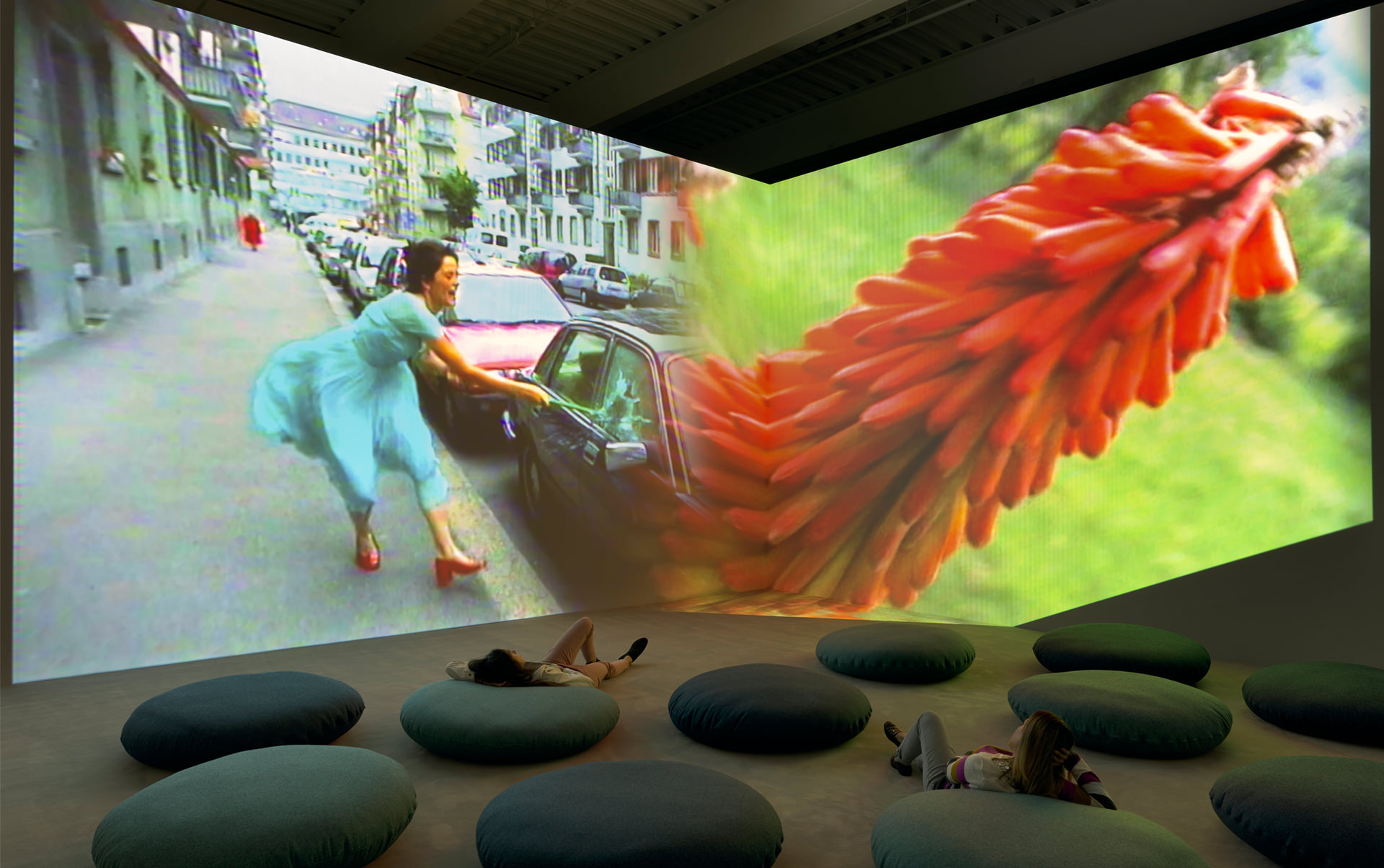
Post an image from one of Rist’s videos that you are most interested in. Summarize the action of the video. Who is performing, and how? Describe the images – including framing, colours, and movement. How did she shoot and edit the video? Describe the sound and how it interacts/enhances/competes with the images. How is it installed in a gallery – in terms of projection/scale/presentation in a context of other things? How does the work strike you?
Rist performed “Ever is Over All” and is the main subject of the video. She is in a giddy happy mood, playing with, and moving a flower around while she strolls down a street smashing car windows. The camera frames her full body and sometimes close ups. She is also shot from two perspectives. One is facing her, and the second is profile, on the other side of the cars. These shots are edited together, cut one after the other. The video is played in slow motion, capturing the window shattering, her movement, and the fleeting interactions and expressions of the people around her. The majority of the colours in the video are cool, such as blue and green, with the exception of red. The audio reflects the slow paced visuals and the performers carefree mood. There are three audios that play in the video. One is the shattering of the car windows and the second is a song, and the third is of a bird chirping. The song as long held out notes of someone humming, accompanied by percussion, a guitar/bass, and a piano.
“Ever is Over All” is installed in a gallery on two large scaled walls. This video is played using two projections that overlap (faded) eachother. The left side is the video of her smashing windows and the second video on the right are slow swerving close up shots of the flower on a field.

Rist has had a long career in video art making – how do you relate it to the kinds of video that you might see all the time on Tik Tok or You Tube, in our time? Reflect on her performances and also – on her ideas (particularly about women’s bodies, and sexuality, exposure, behaving strangely or subversively…) and how they play out from examples in her works.
There are a few differences between Rist’s videos and TikTok videos. To begin, many of the videos on this platform are trends. So, they are different versions of the same thing (audio and action). Most times TikTok videos are done for humorous entertainment rather than a conceptual artistic idea behind the performance (not all). Another difference between her videos is the duration. Her videos don’t have a time restriction, which means it can be as long as she pleases according to her creative vision, unlike TikTok. Although, the concepts of sexuality and women’s bodies are present on TikTok and YouTube, and overall heavily present in the media. There are plenty of videos online that have people behaving strangely in public to evoke laughter or cringe, some sort of reaction in the viewer, just like Rist’s videos.

Experiment: While still at school – put on your sweater/shirt INSIDE OUT. How does this change how you feel? Is it changing how other’s are treating you? If you can wear your sweater/shirt inside out all day – make a few notes about the results of this very small change in your presentation in public. Is this a performance? Why?
Wearing a shirt inside out made me feel idiotic and goofy. I feel like this action changed my behaviour more rather than how others behave around me. I was more cautious in not drawing any more attention to myself. No one treated me differently or mentioned anything. People went about their day as usual. Under different circumstances, I believe this could have been turned into a performance, if it was more out of the ordinary and ridiculous enough to evoke strong feelings and reactions from viewers.
Marina Abramovic’s Performance Art
My first impression of Marina Abramovic’s performance art was that this artistic form could be a simple repetitive action, or it could also be drastic and painful. Some aspects of her performance may be “problematic” and are not suitable for all audiences. Her art can be interpreted as theatrical self-harm; for instance, cutting a pentagram into her stomach using a razor blade, whipping her back, or lying inside a burning star until she faints due to the lack of oxygen.
I admire Marina’s dedication and passion for her craft. She goes beyond creating art for the love of it or as a career. Marina gives herself to it. She gives her mind, body, and spirit no matter the breaking point. The Artist is Present showcases her willingness and determination to complete her artistic vision. She risked her physical and mental health by sitting in the same position for seven hundred and thirty-six hours over the span of months. I found her performances also have some aspect of public psychological and social experimentation. The Artist is Present displayed the importance and power of vulnerability and human connection to even strangers, which contrasts with our behaviours and routines in this digital era that has created a new form of distance from the people around us. People crave human attachment and connection; and this performance shows that we don’t even need a verbal conversation to share raw and genuine emotions. I enjoyed the spiritual and transformative experiences that resulted from her performance.
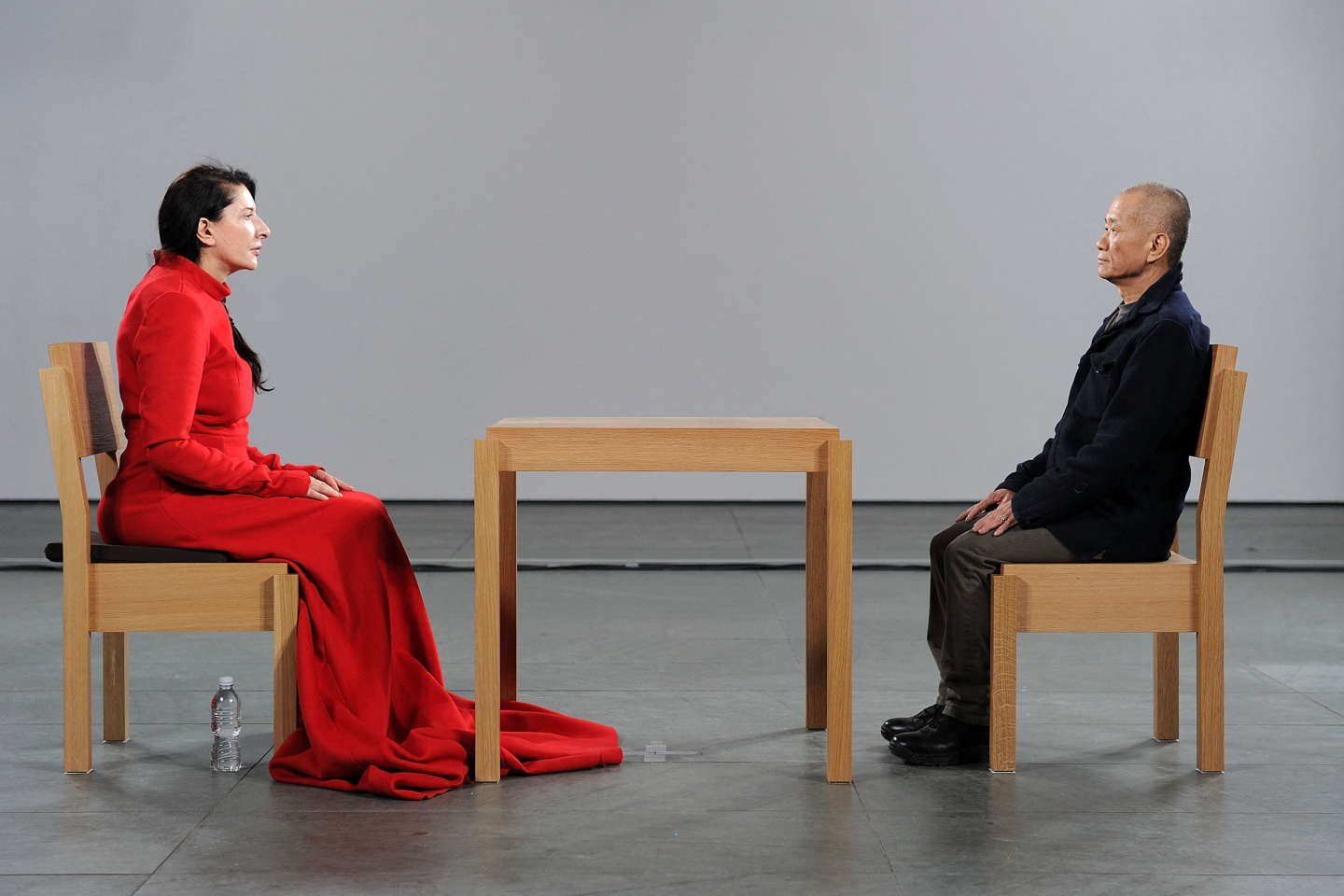
“When you perform, it is a knife and your blood. When you act, it is a fake knife and ketchup”
This quote reminds me of a point in the documentary when she decides not to include illusion and magic tricks in her art. Marina’s performances display her emotions, her struggle, pain, blood, sweat, and tears (i.e., whipping her back). It is raw and true, not make-believe using smoke and mirrors. This distinguishes her work from others and makes it more valuable to what it is she is giving to the audience. Thus, this presentation evokes the viewers’ emotions and gut reactions capturing them and preventing the viewers from leaving due to them thinking it’s fake. Her performance art used bodies as vessels and pushed them to certain limits (physical, emotional, and social/cultural acceptability). A feature Marina uses in her art is time, such as when she was driving around in a small circle for over twelve hours. She also likes to play with space when performing. An example would be people having to walk between a naked couple. Performance art aims to evoke viewers to feel or react in some manner. This art form requires physical stamina and a memorable individualistic presence. Performance art is about the shared experience and interaction between an audience member and the actor.

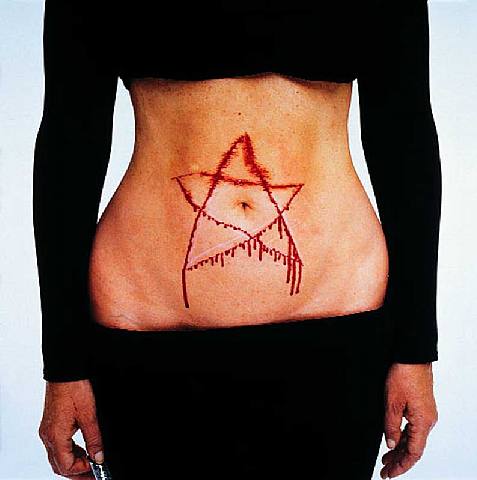
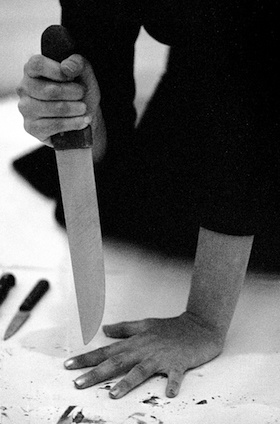
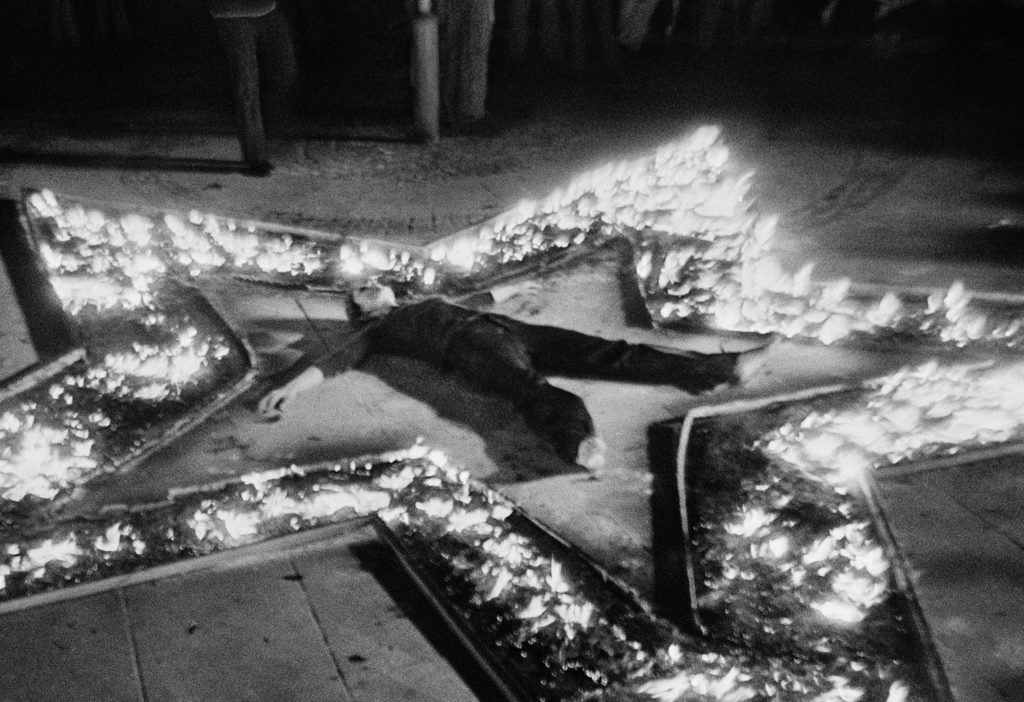
Performance art sets itself apart from traditional art in museums or from the conventions of the commercial art world. To begin, a performer can not be confined to an area of a museum, unlike a painting or sculpture displayed on the wall or floor. The art itself uses or is a human being instead of a non-living material. Moreover, performance art is expressed and presented differently. For instance, it has a time from when it begins and ends. Although, Marina has worked her way around this. She has performed in the museum immobile for hours over months for The Artist is Present. Viewers walked up and stared while the artwork did not move similar to how the audience would interact with a sculpture in the museum. In the example of The Artist is Present, I believe the duration of the performance added to her art. Although, I don’t think she needed to be that extreme to the point where she was risking her health. As for her other performances, she shouldn’t need to work in the confines of traditional art medium conventions and focus on what works for her concept.
Kilometer
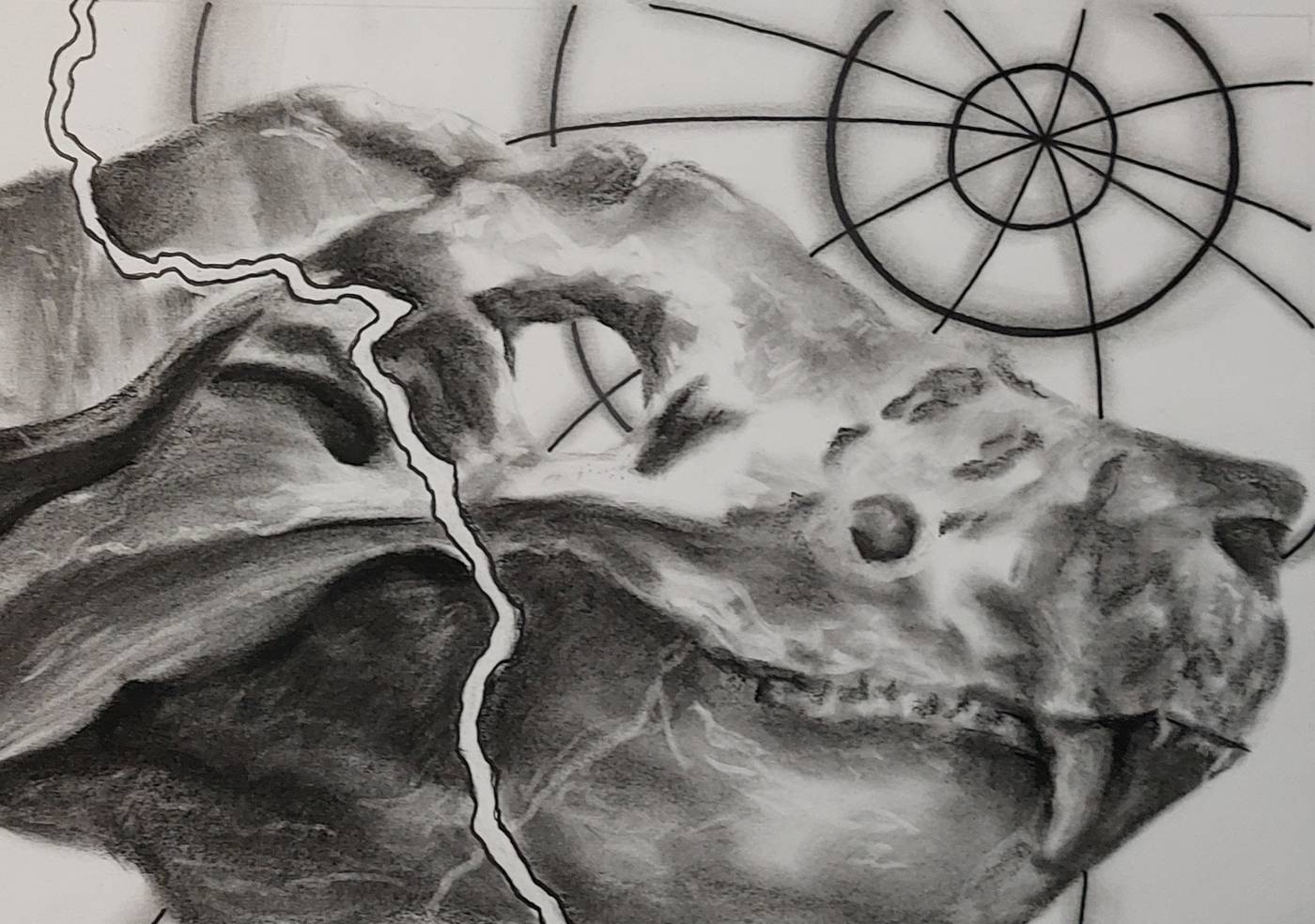
For this assignment I wanted to exhibit what once was a kilometer apart before the continental drift. The primary subject matter is a Cynognathus fossil head. The Cynognathus is an extinct land reptile that lived in the middle Triassic period. Fossils of this animal were found on two continents (South America and Africa). Thus, these discoveries helped support Wegener’s Continental Drift theory. I wanted to showcase an organism that would walk on/between what is now two continents separated by the South Atlantic Ocean. I find it interesting to think about how this mammal could walk only a kilometer from Brazil to Angola!
The circular and curved intersecting marks represent latitude and longitude lines. The two lines moving across the fossil head depicts the shape of where South America and Africa used to meet and connect. The lines representing the globe are also used as a way to move the viewer’s eyes across the composition to express the travel of a kilometer.
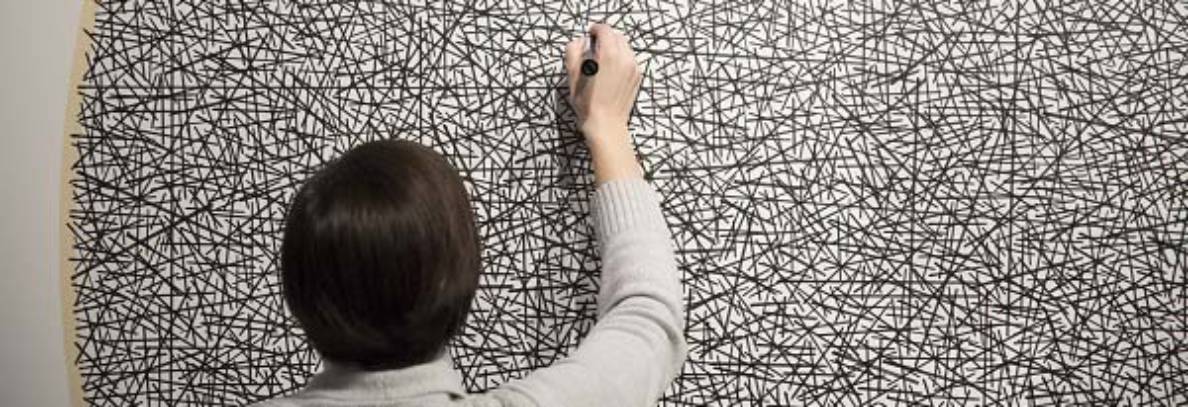
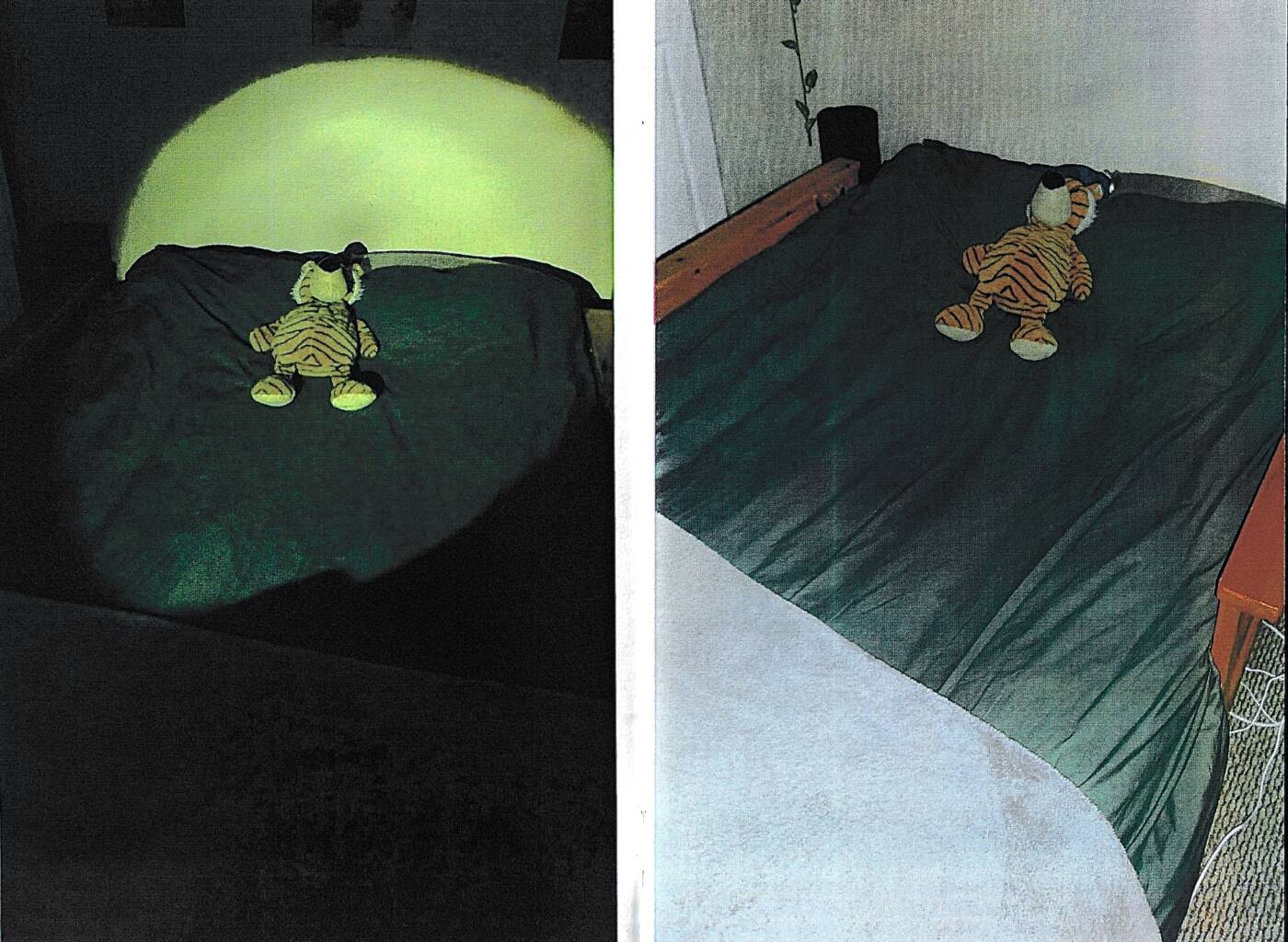
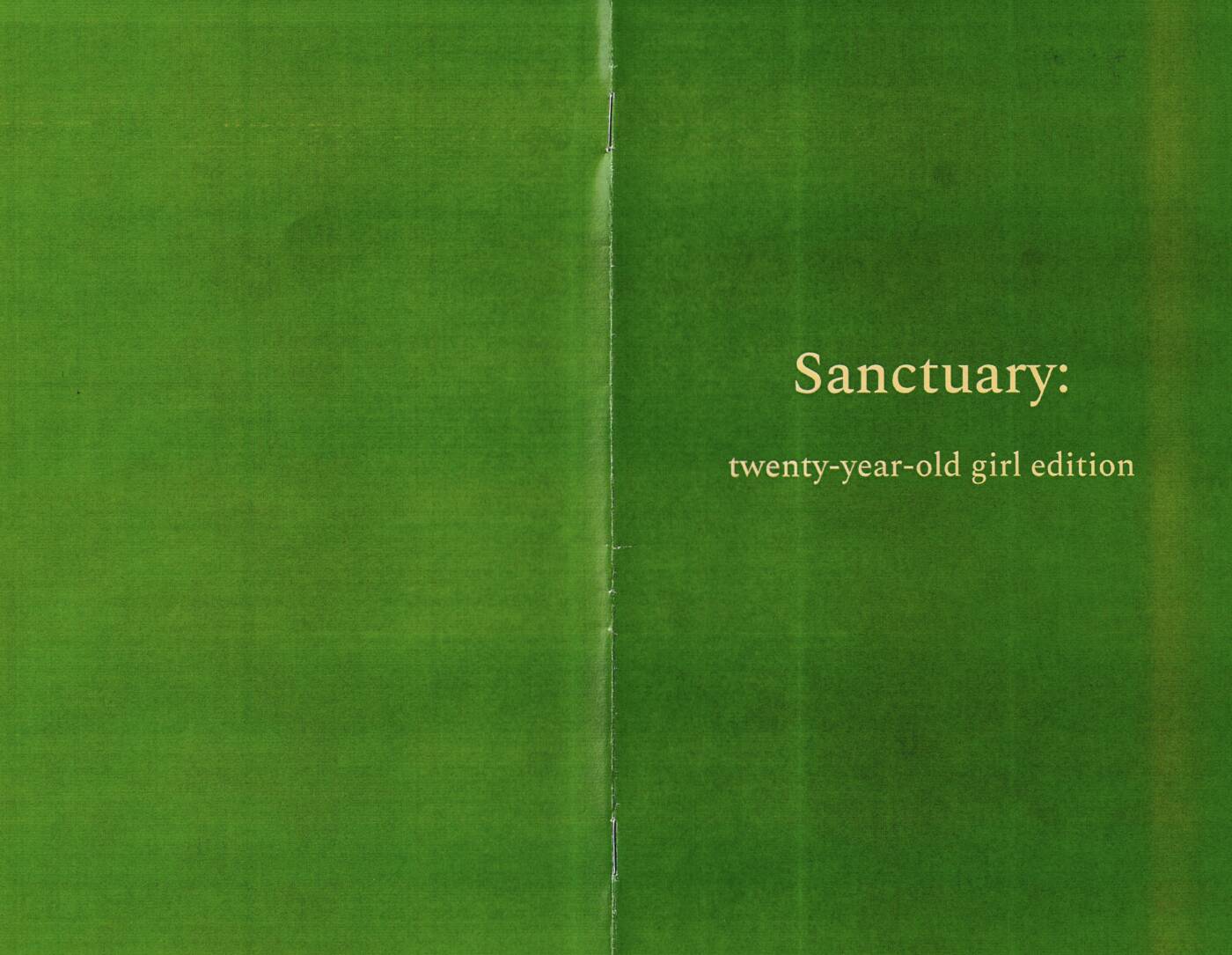
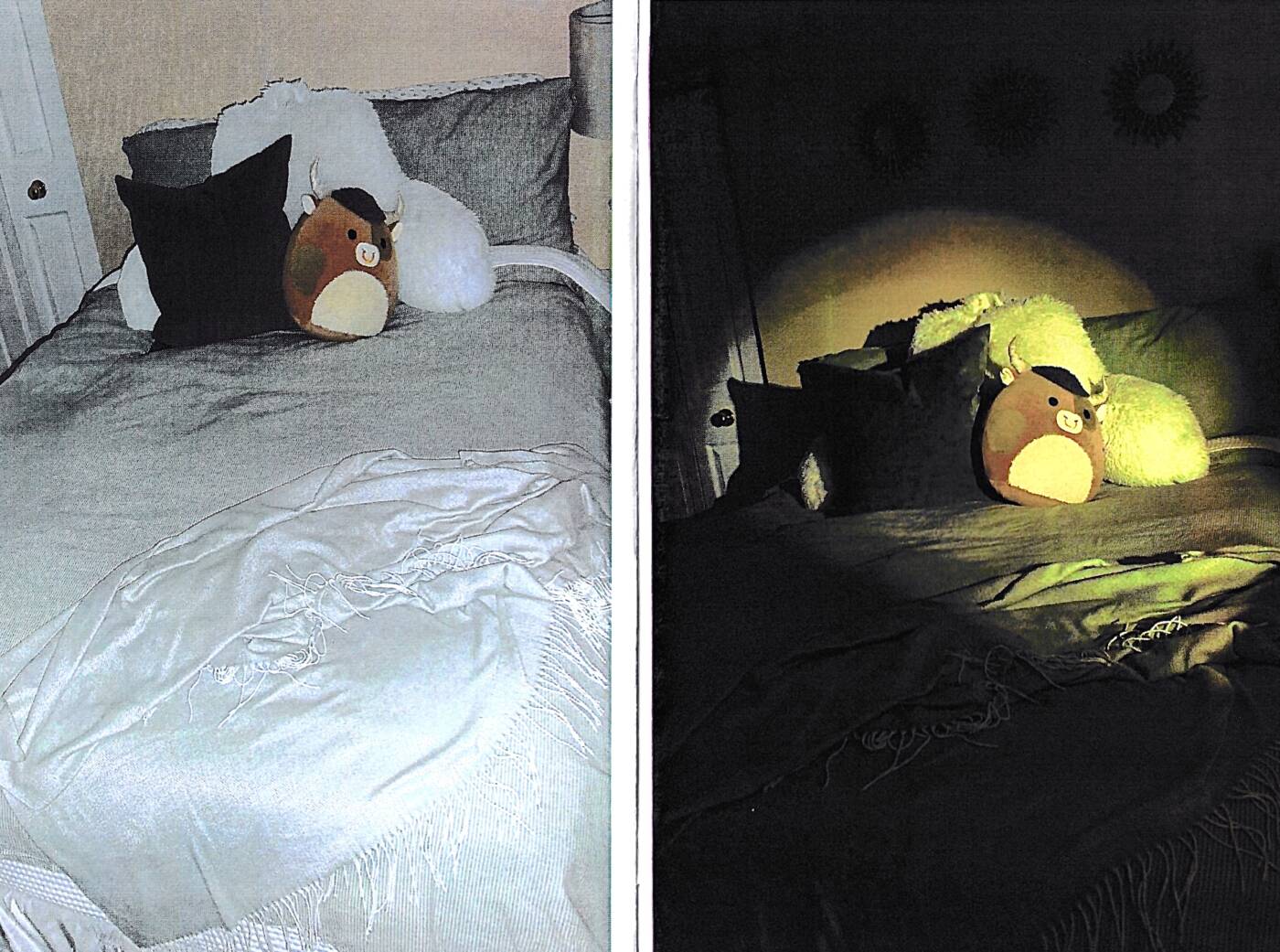
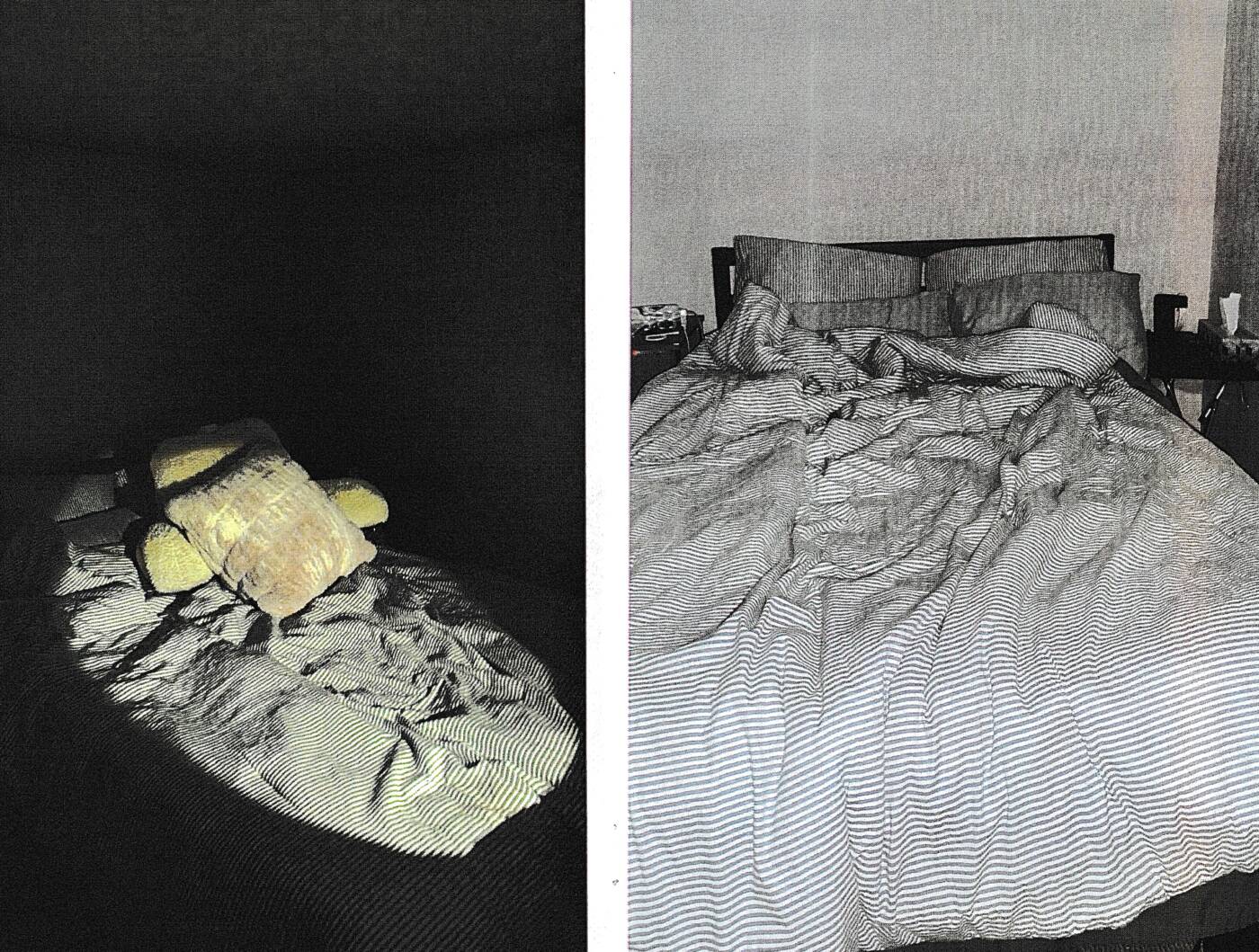
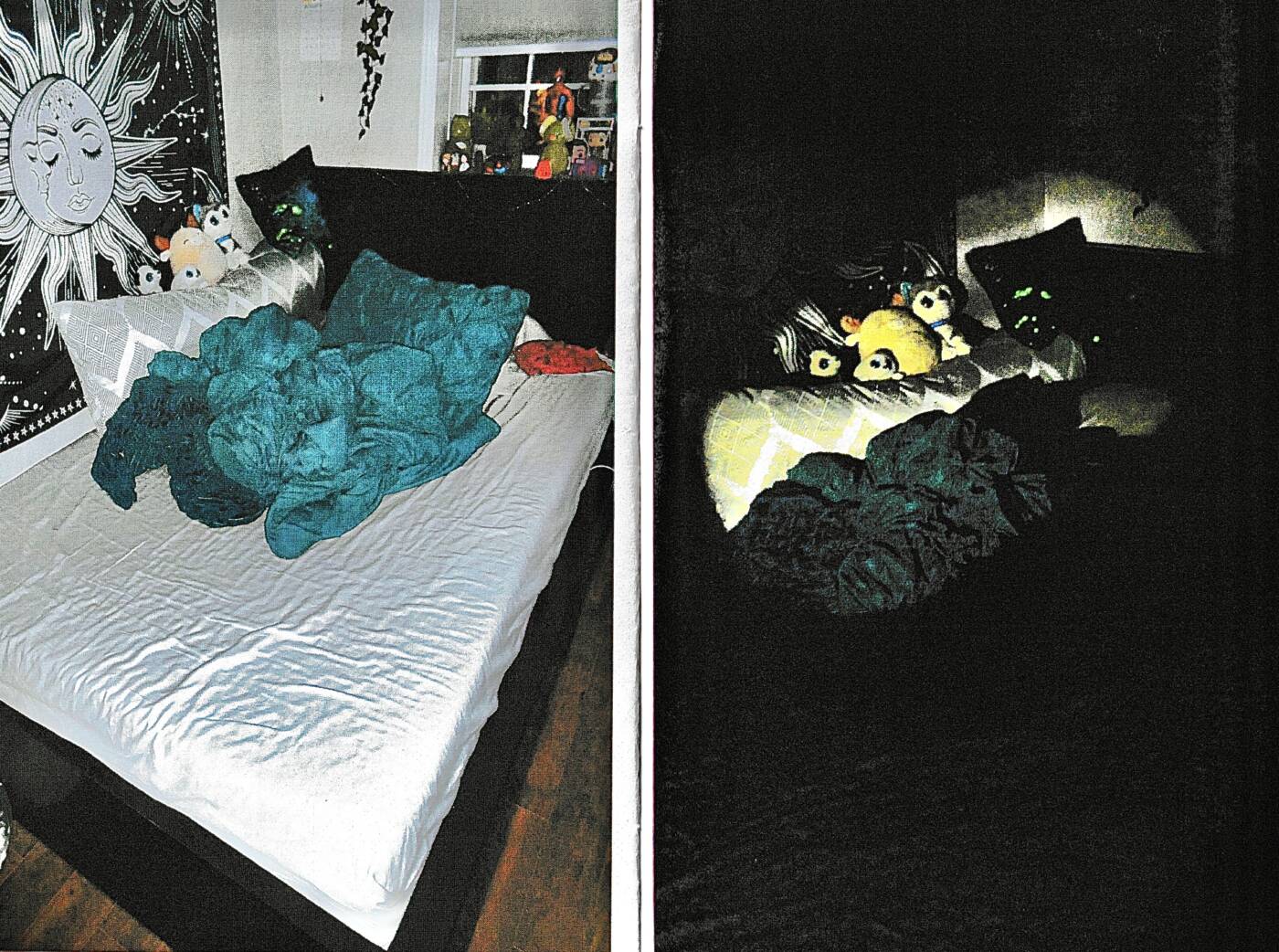
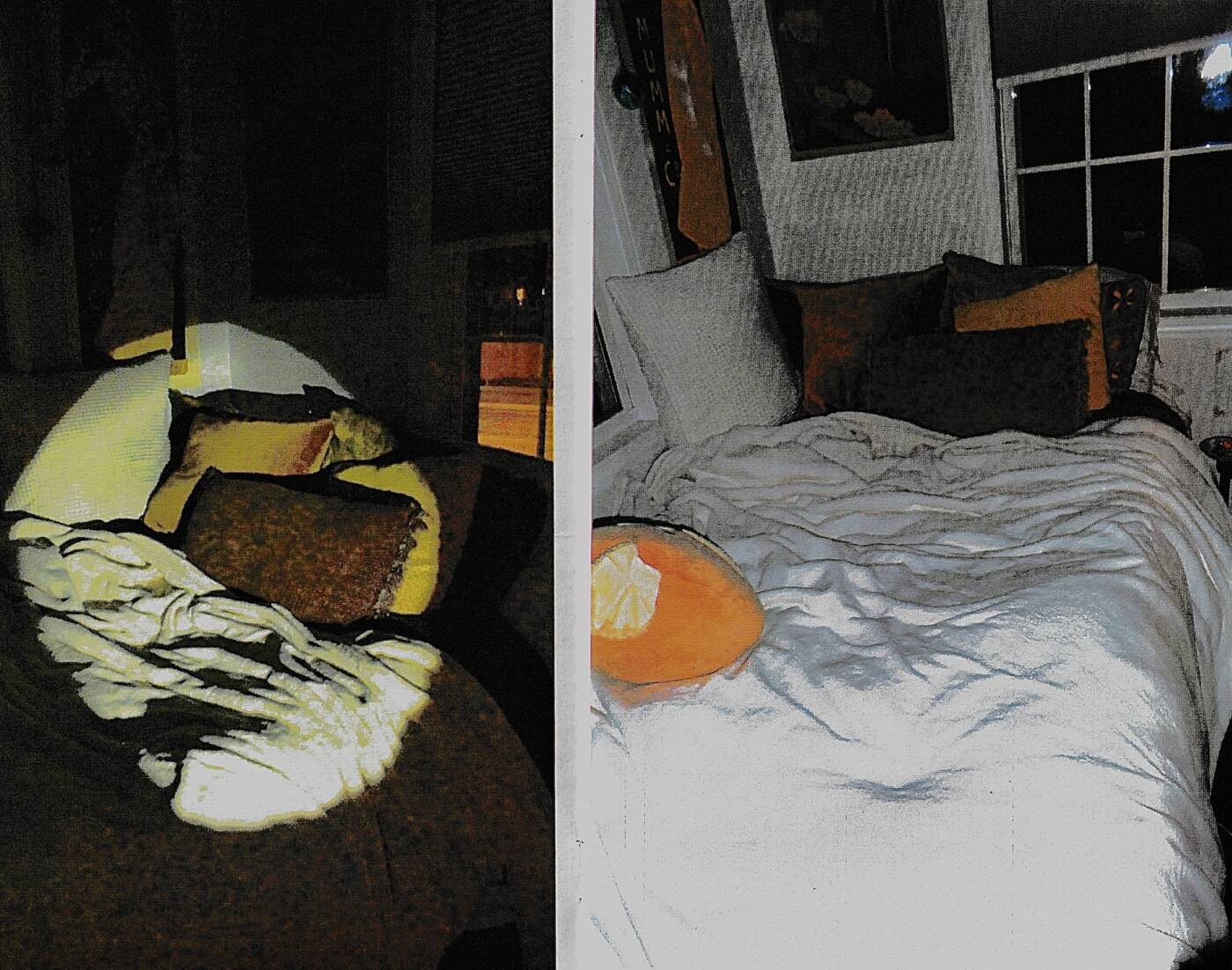

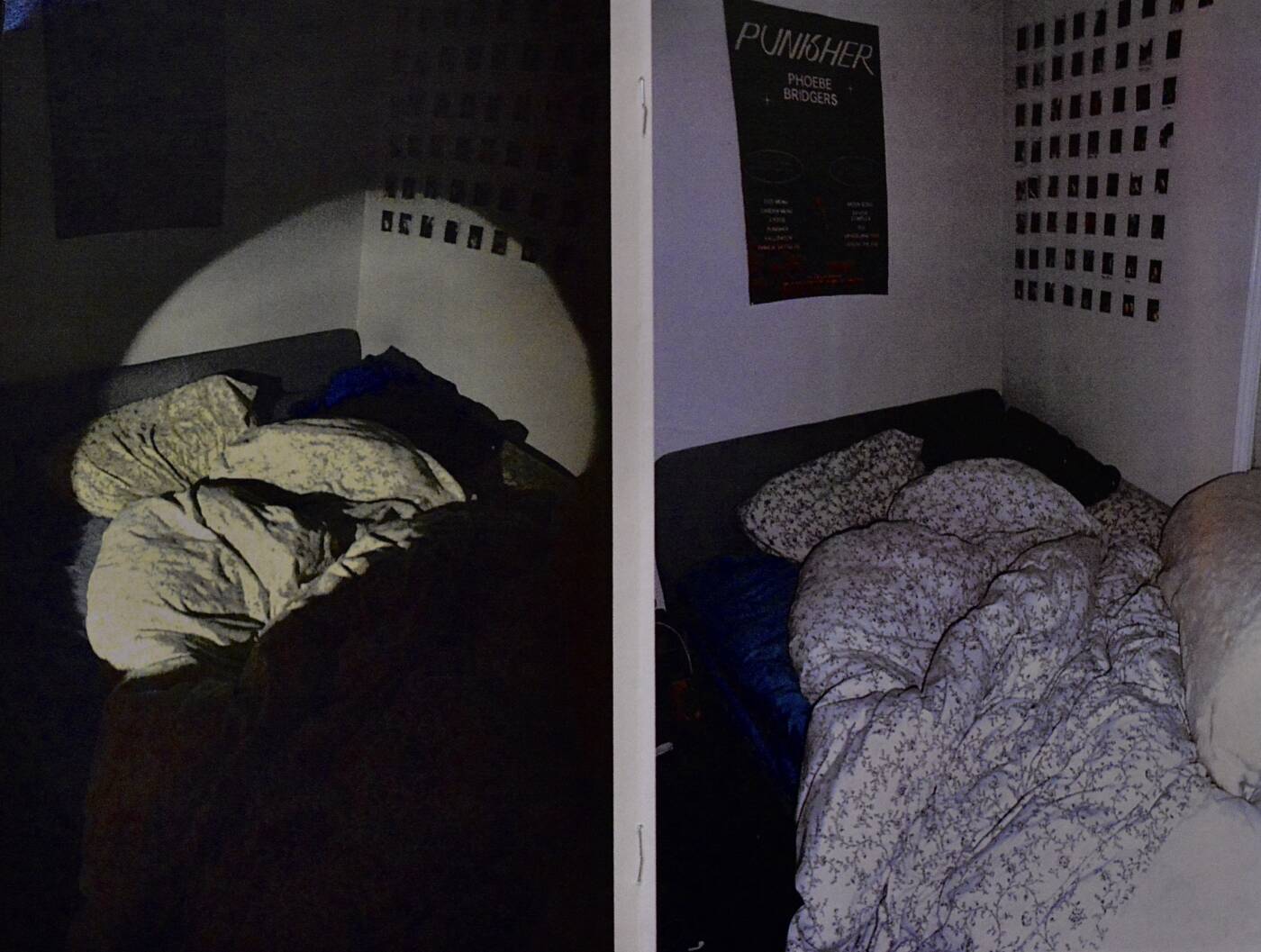

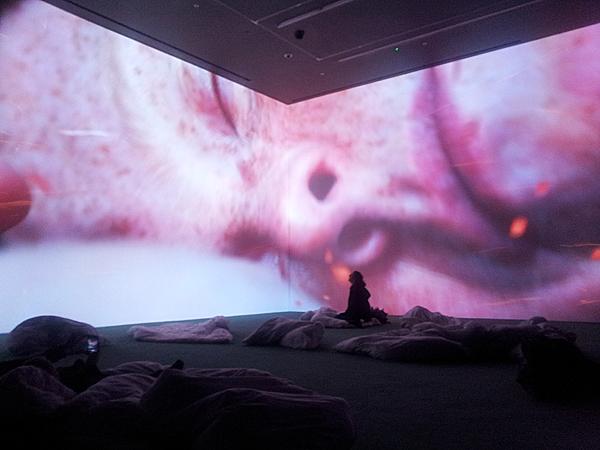
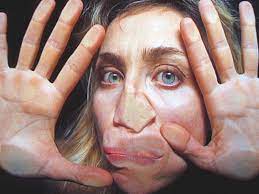
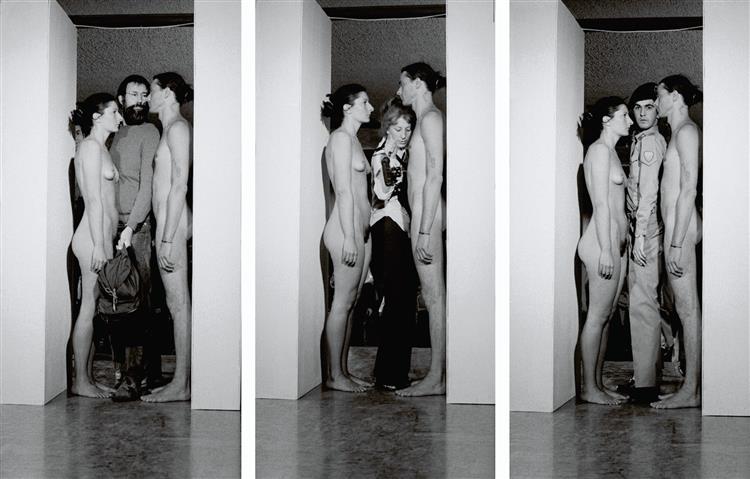
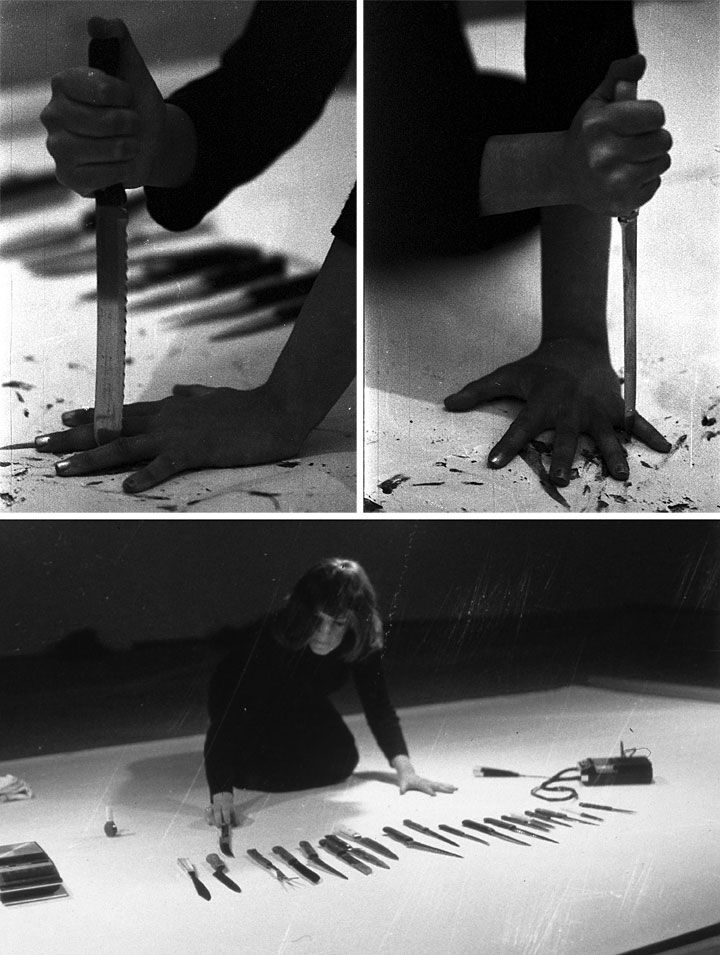


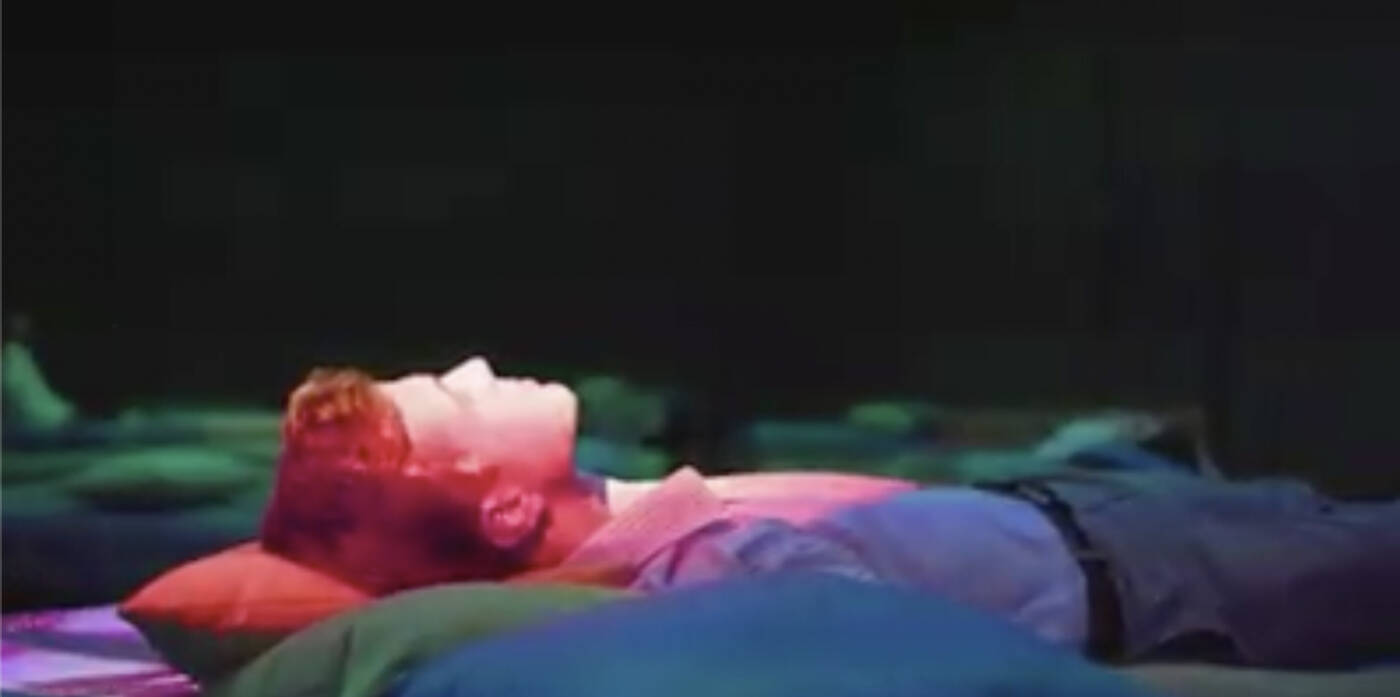
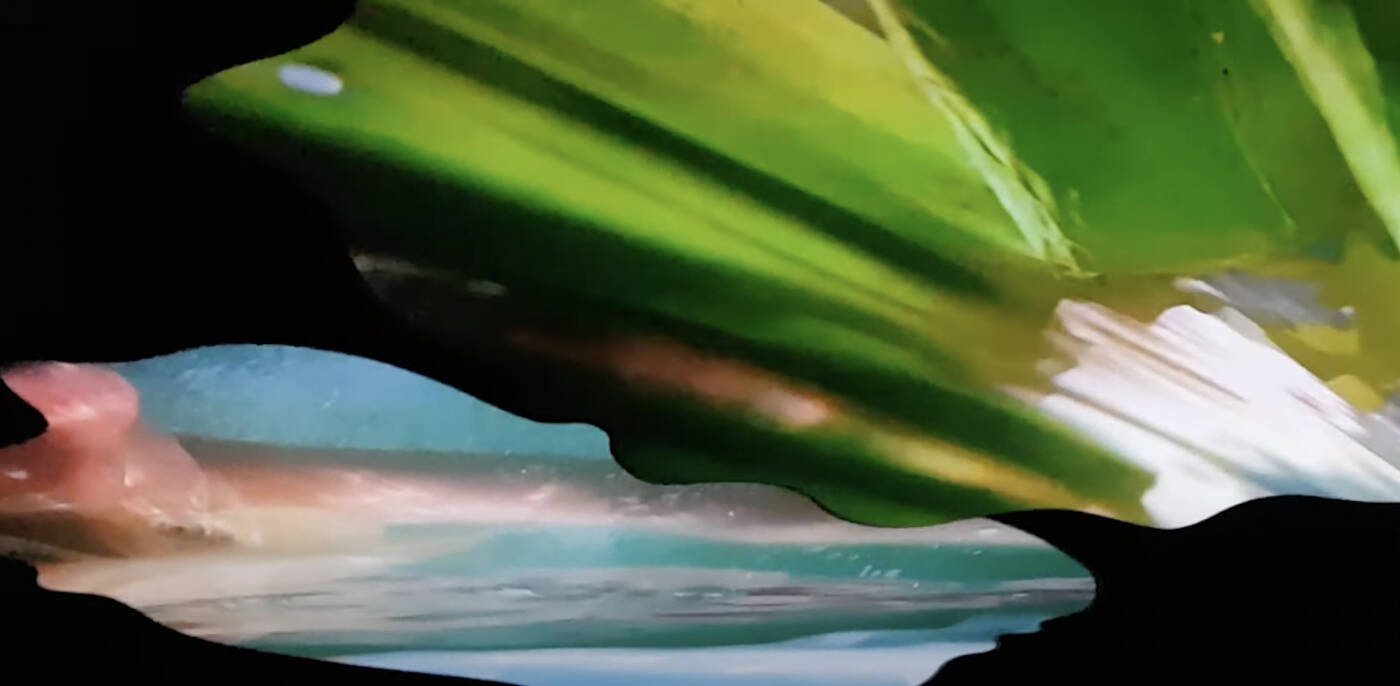
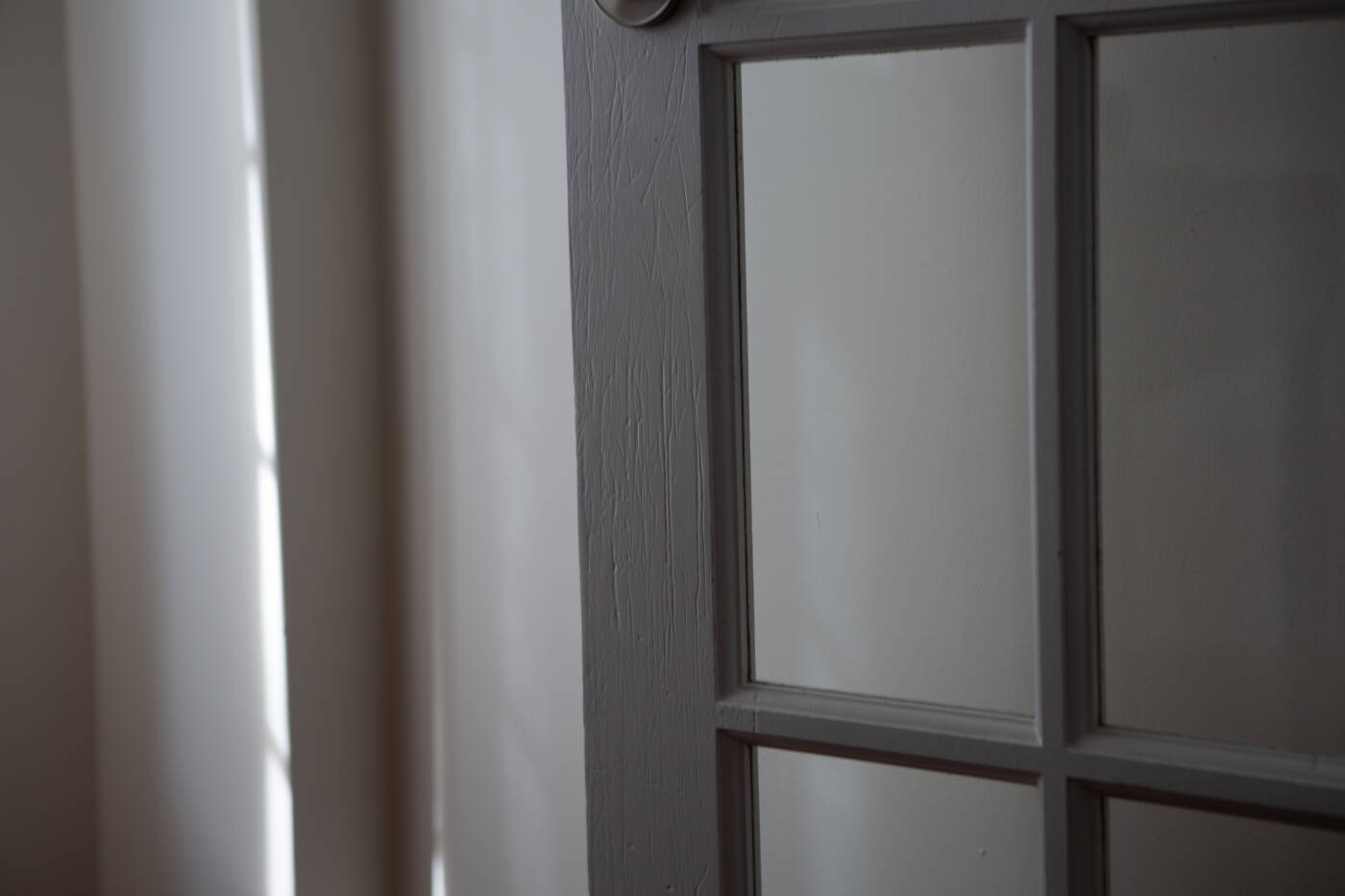
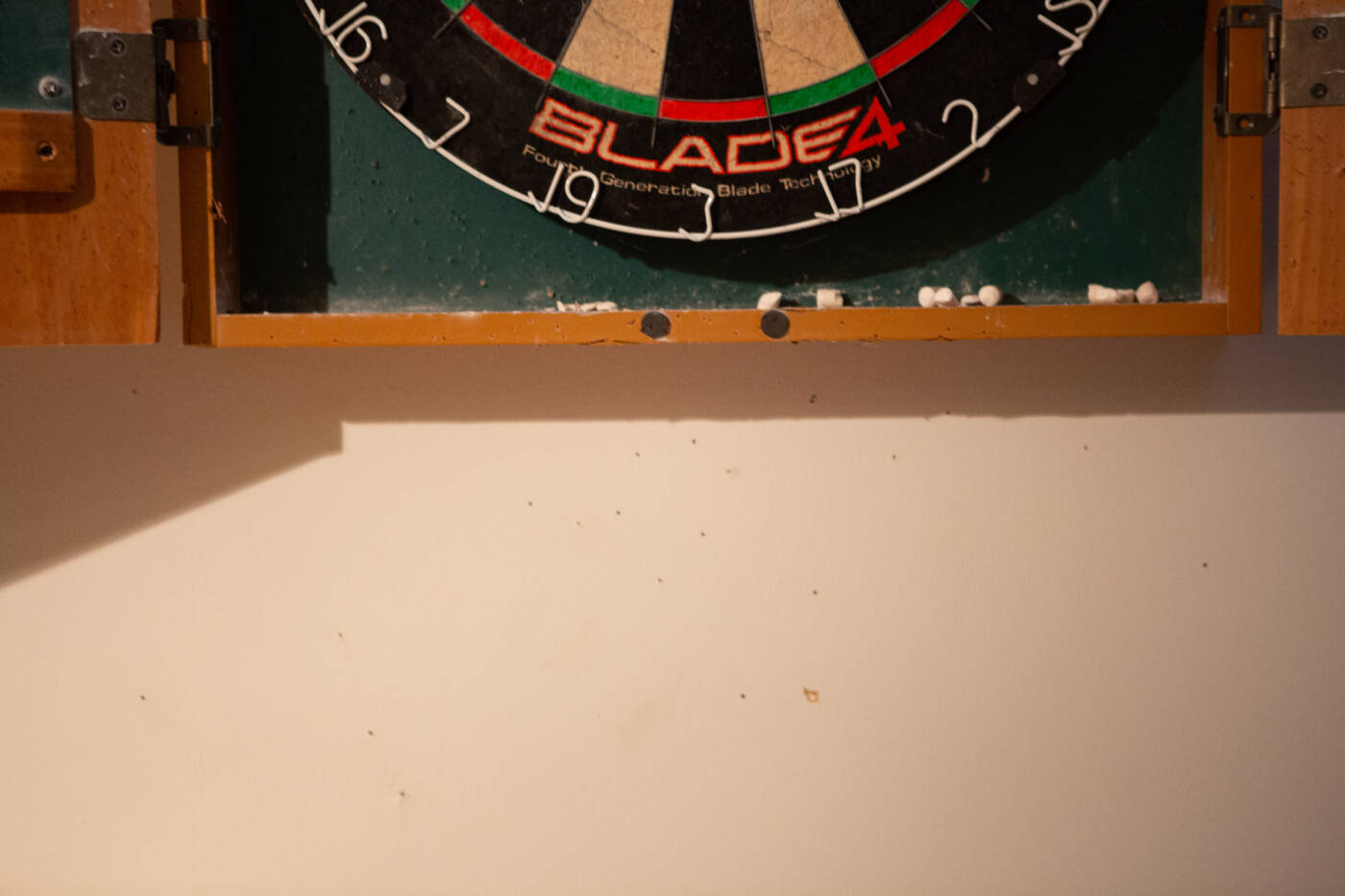
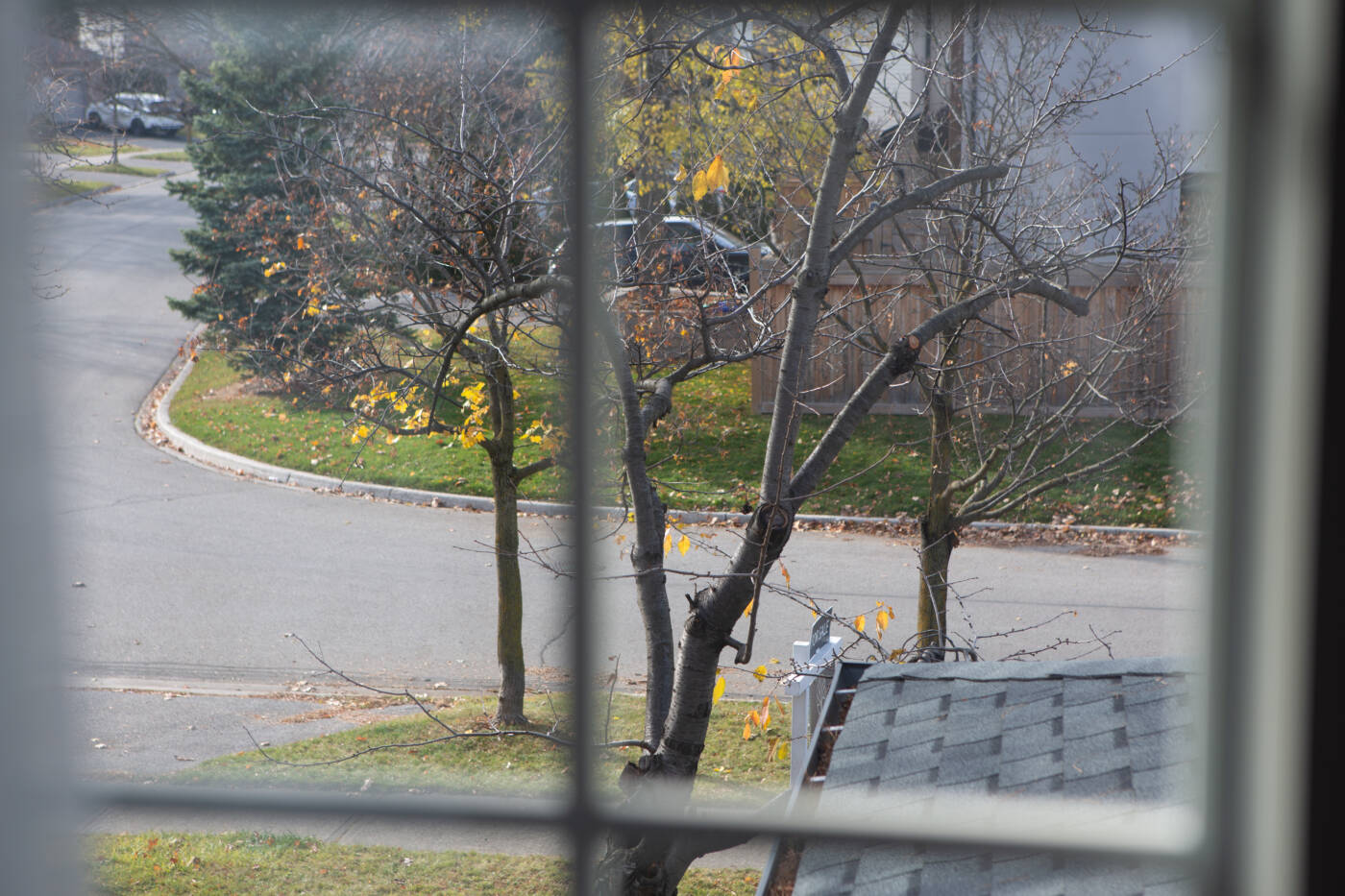
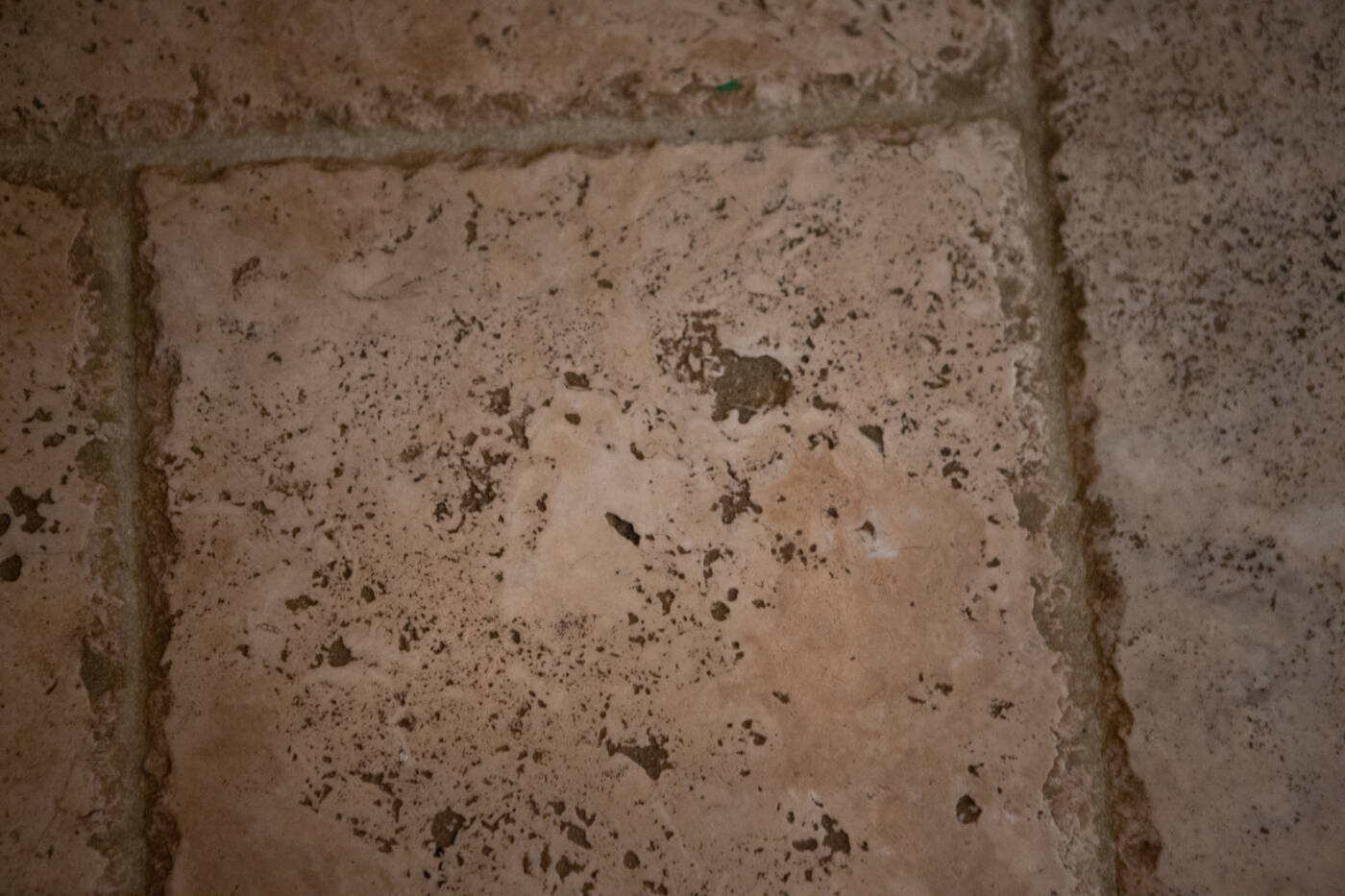
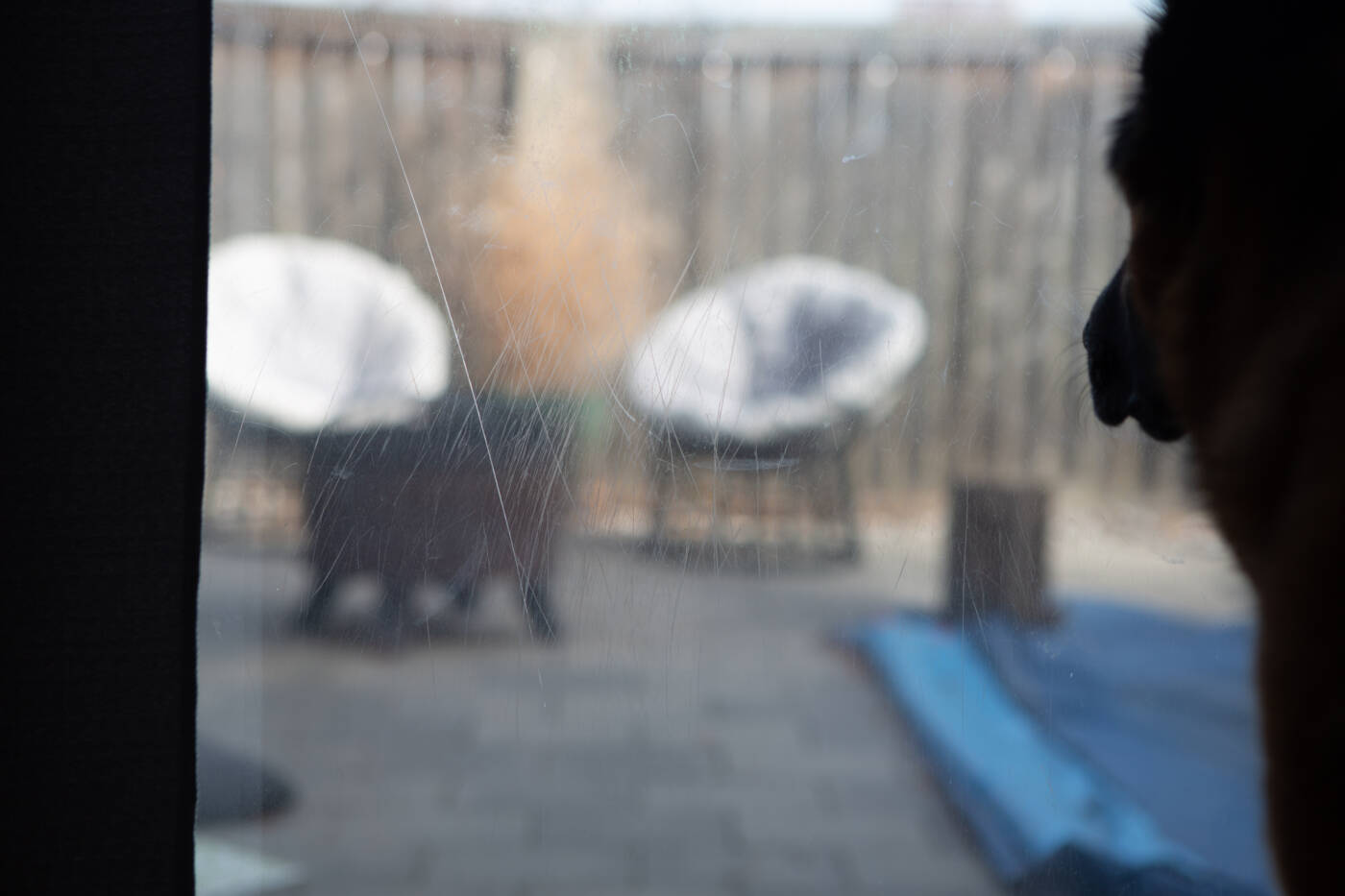
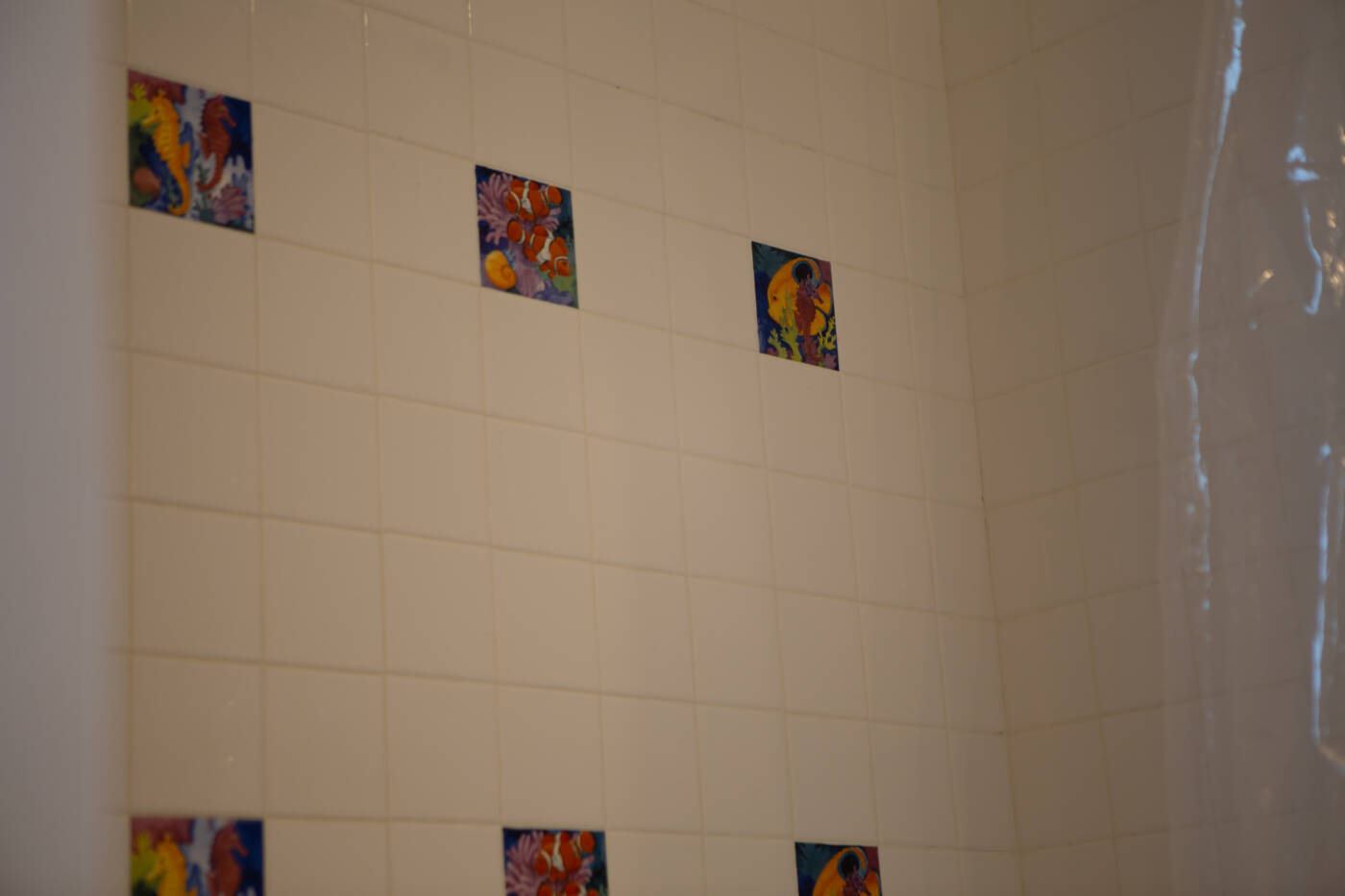
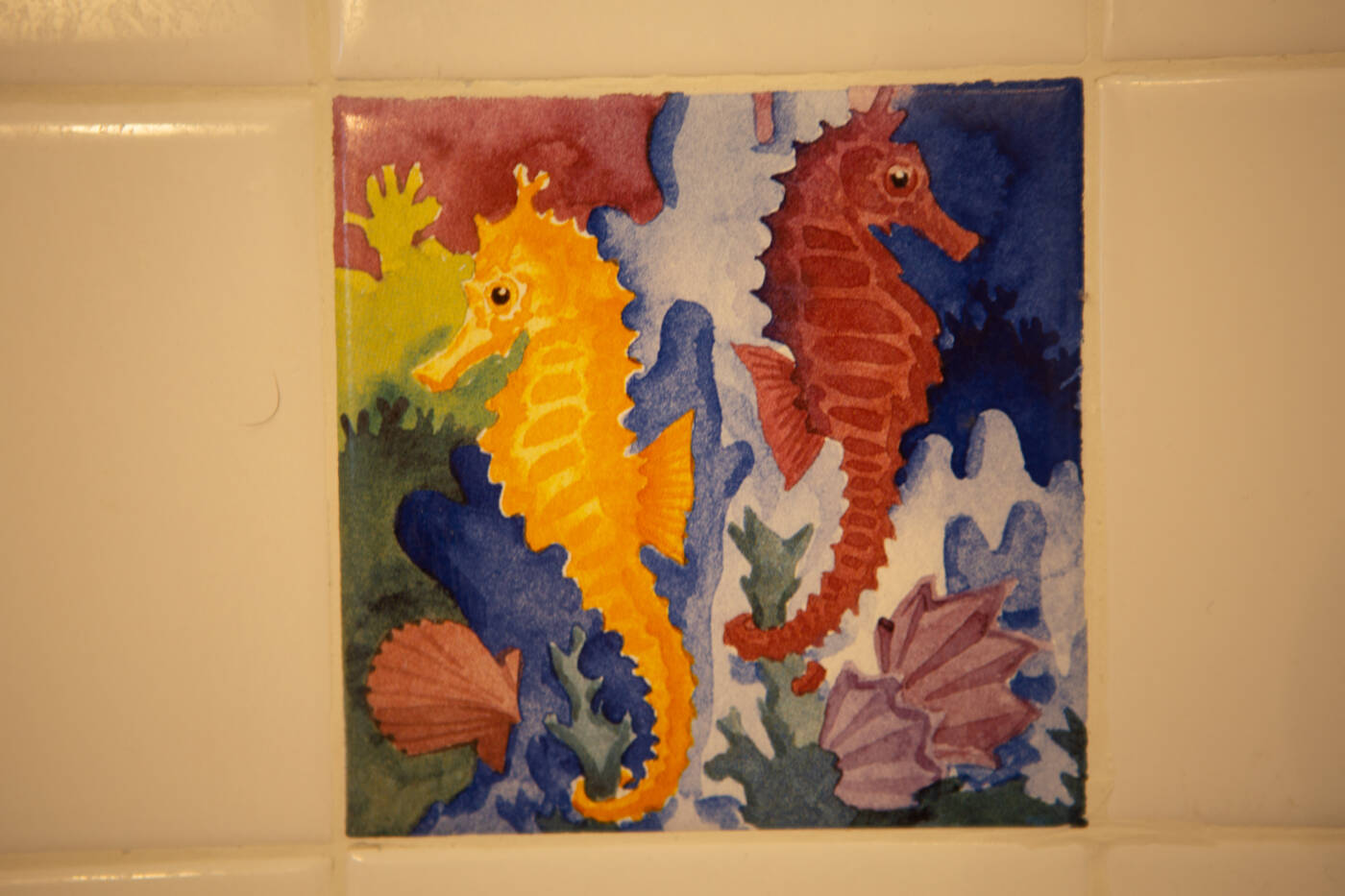
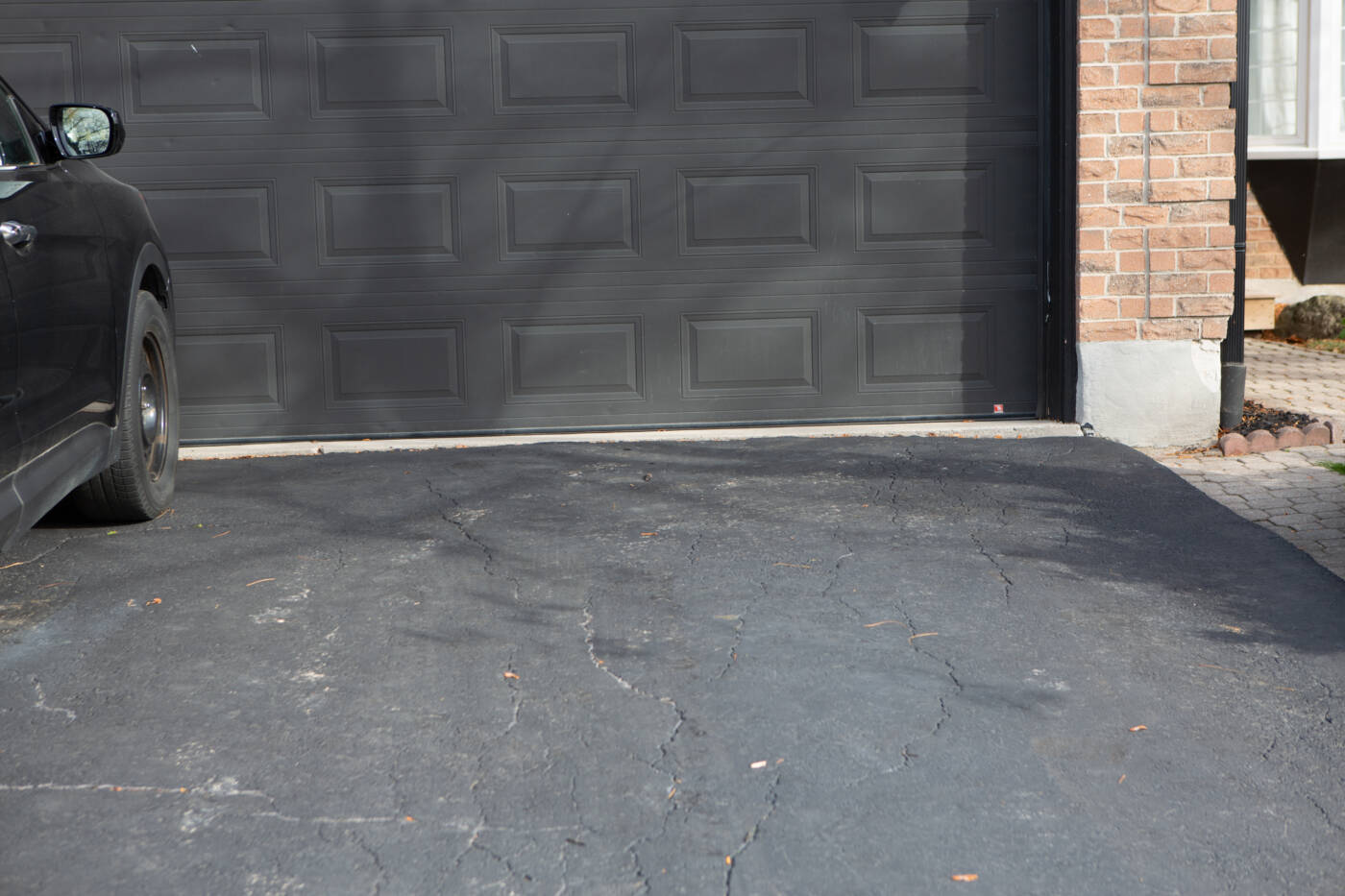
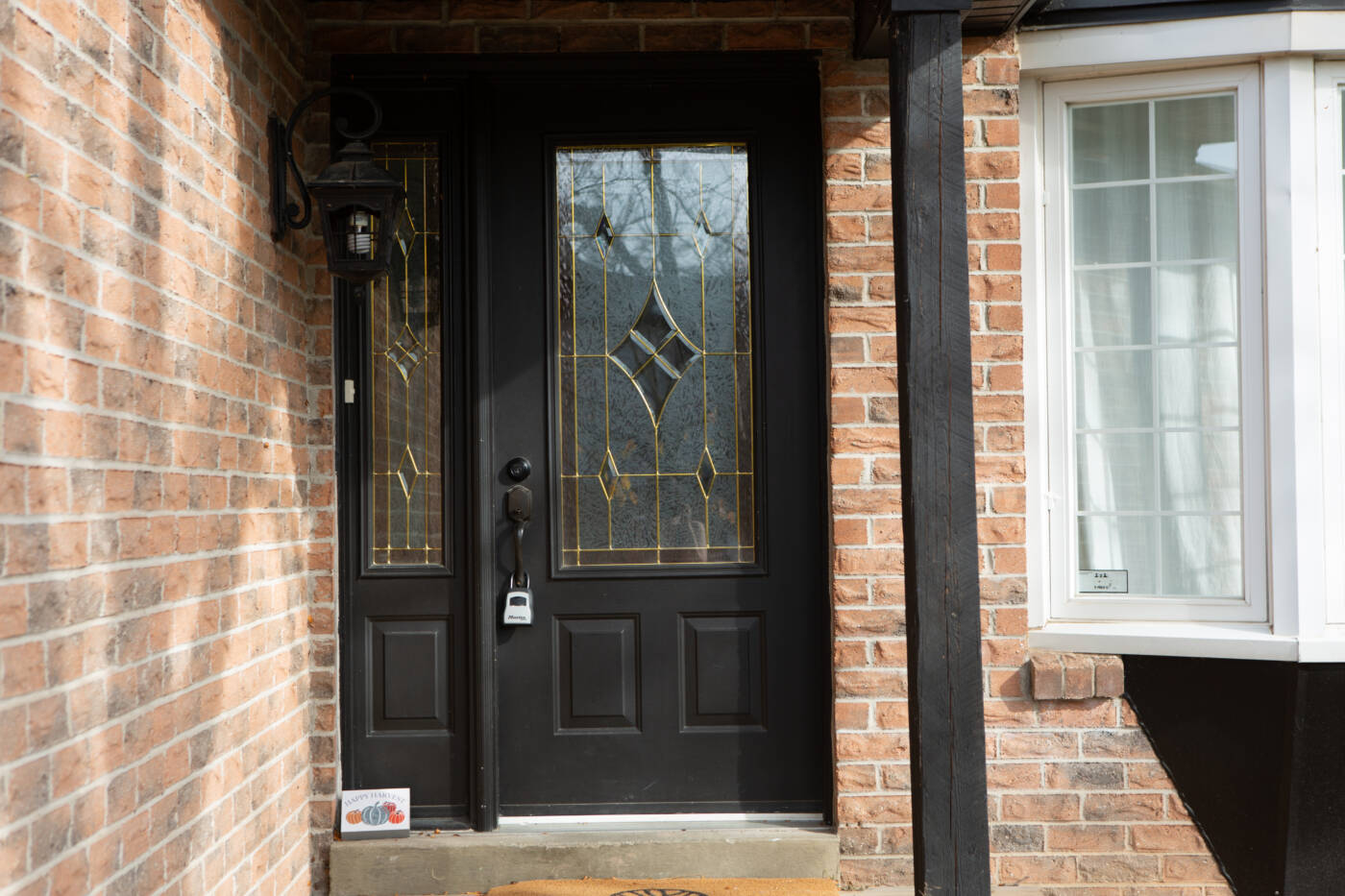
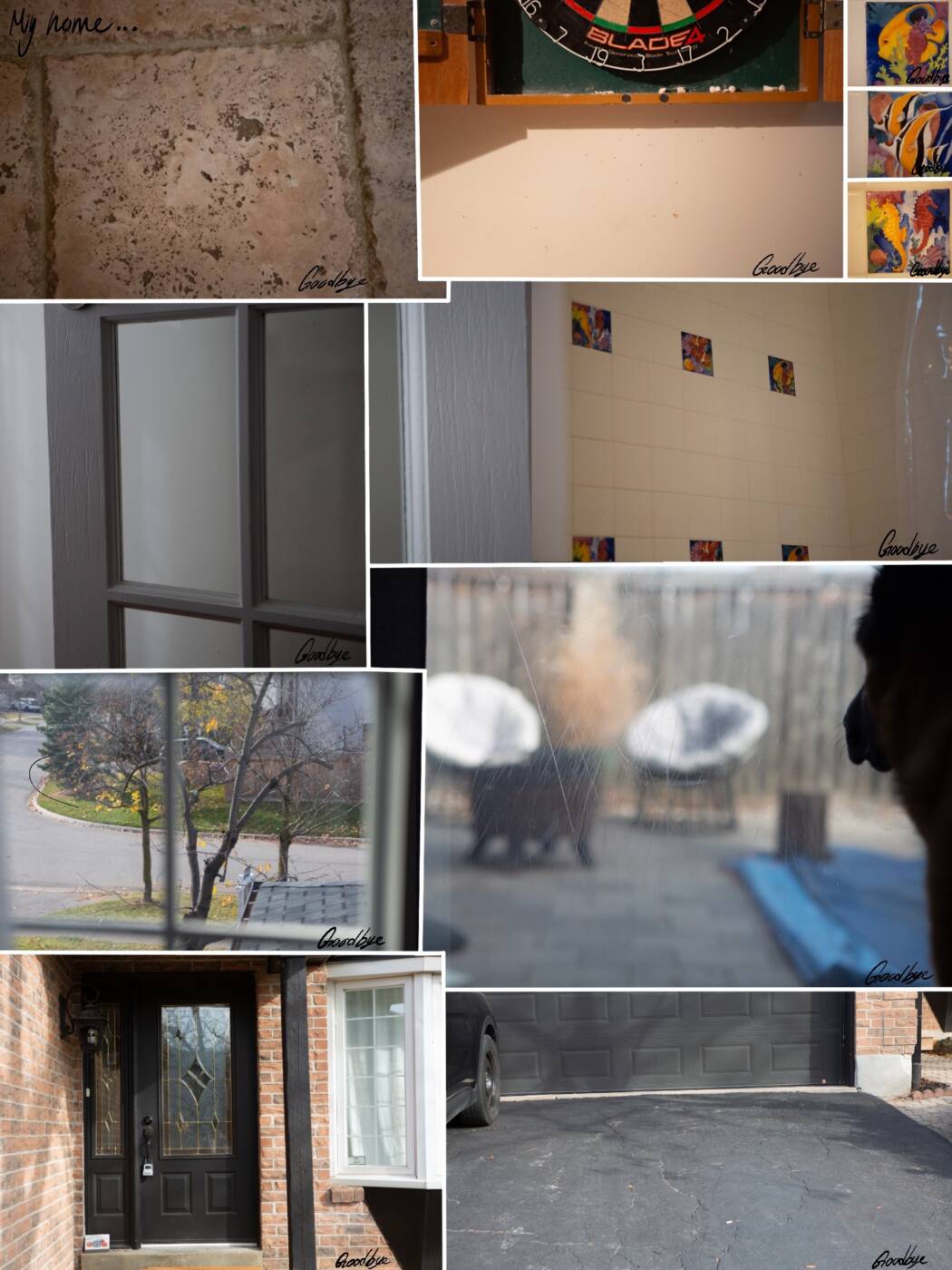

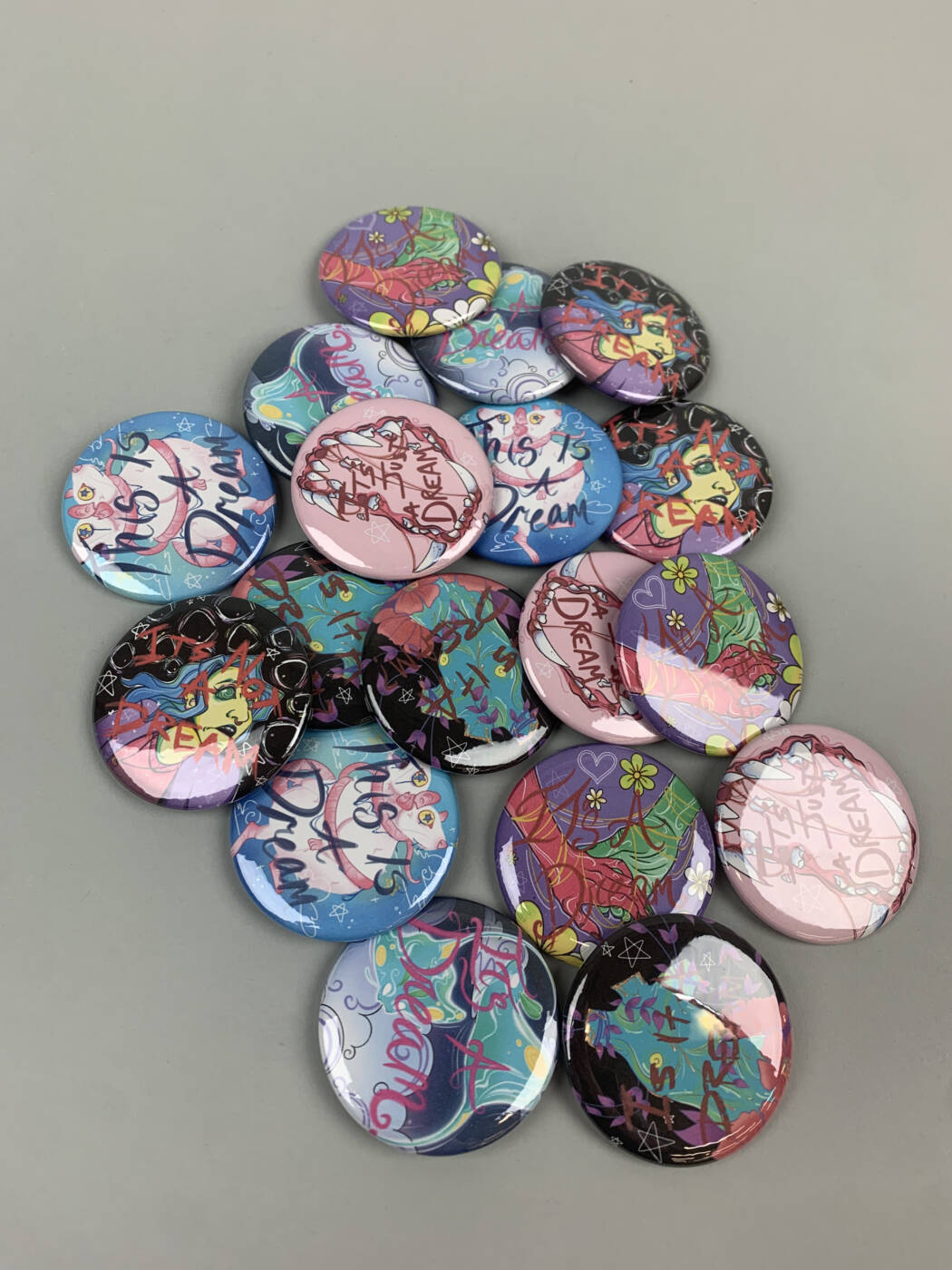
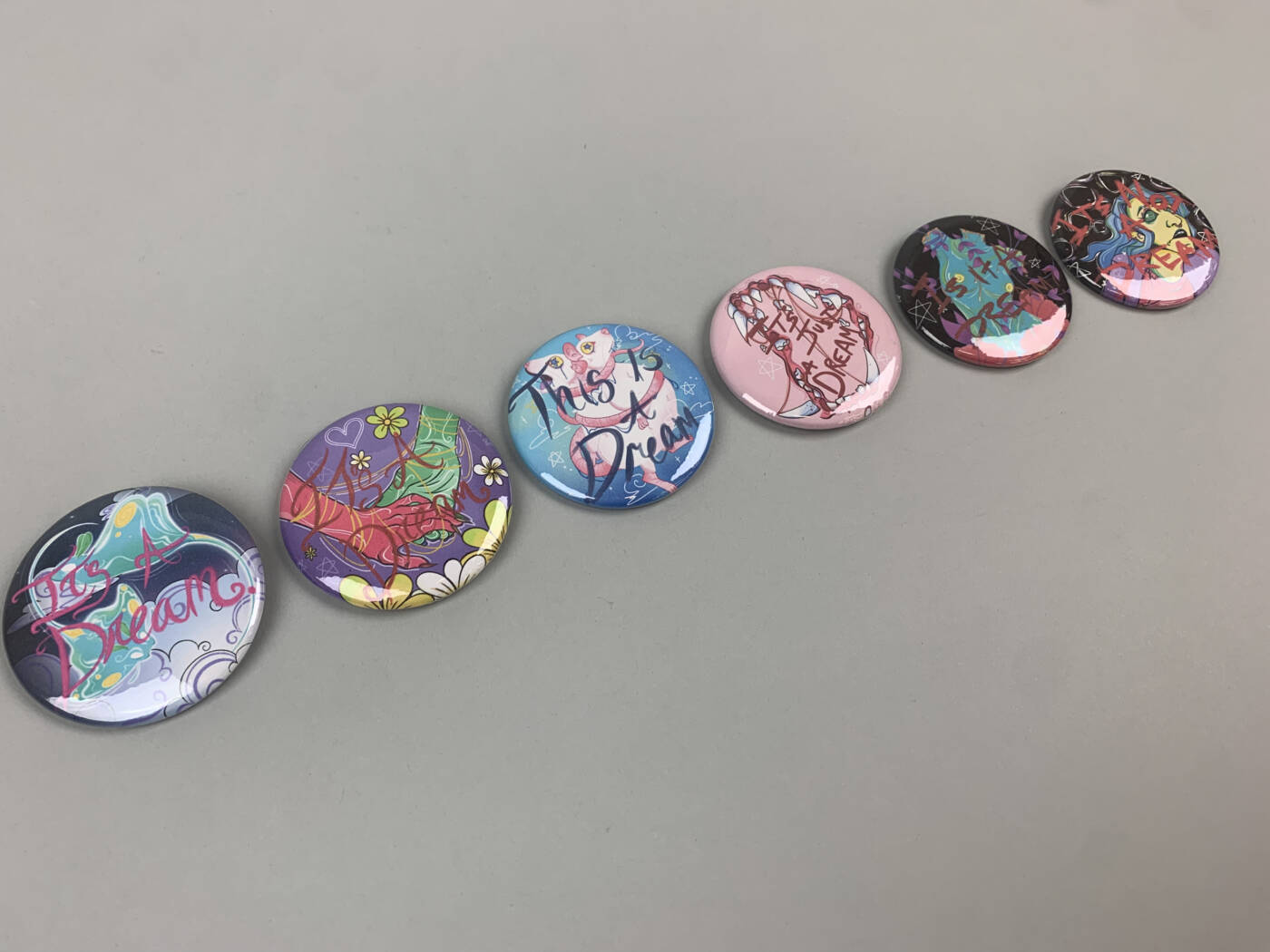

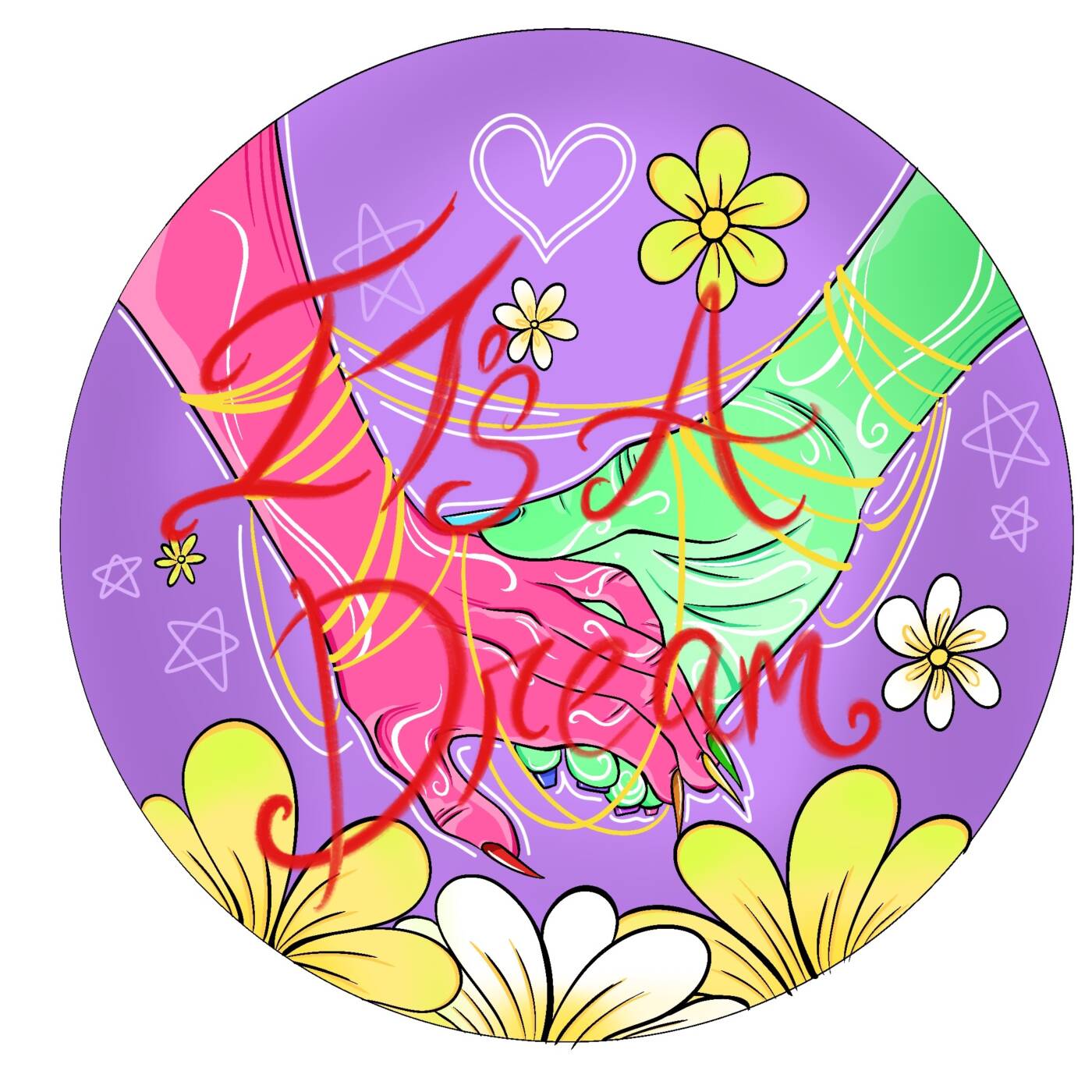
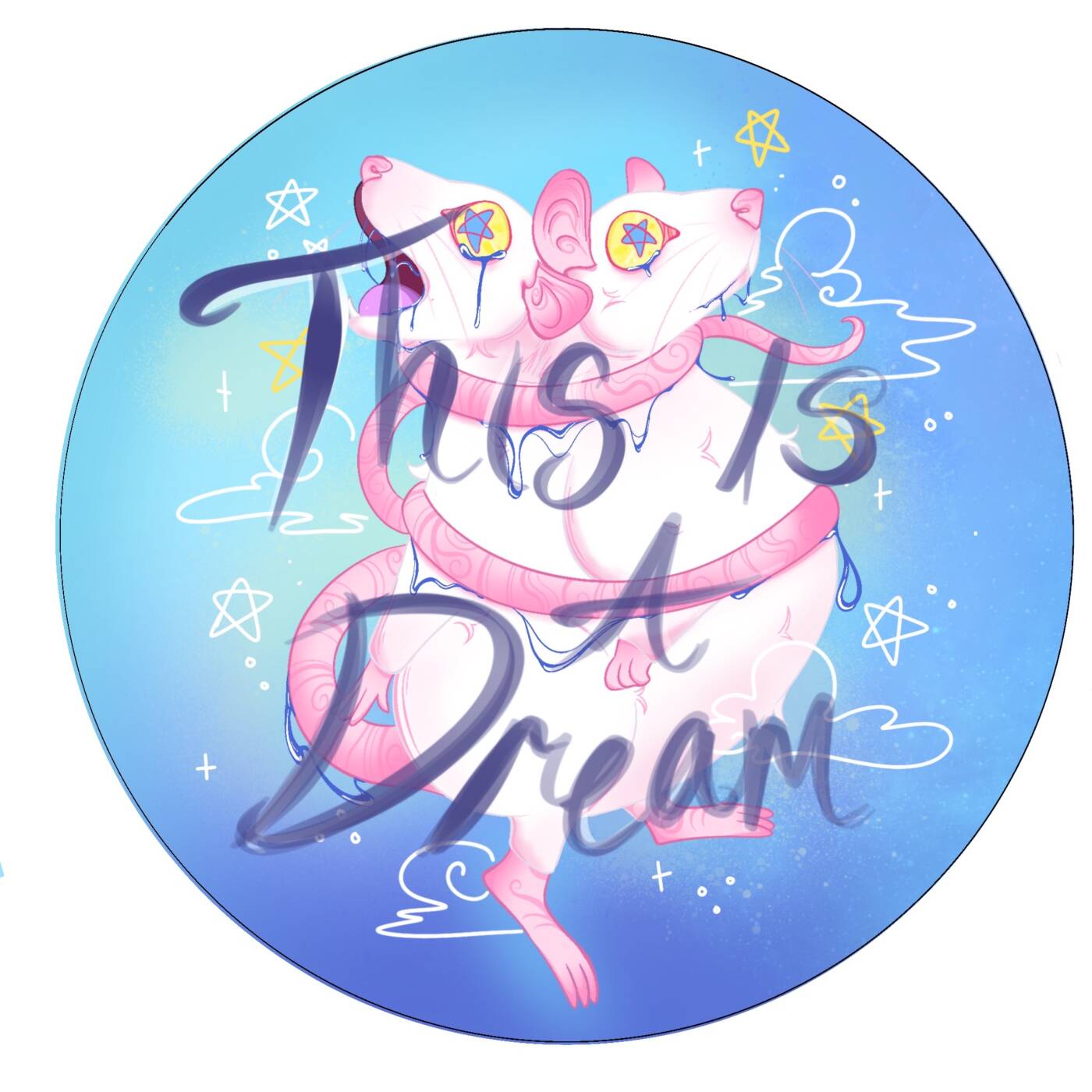


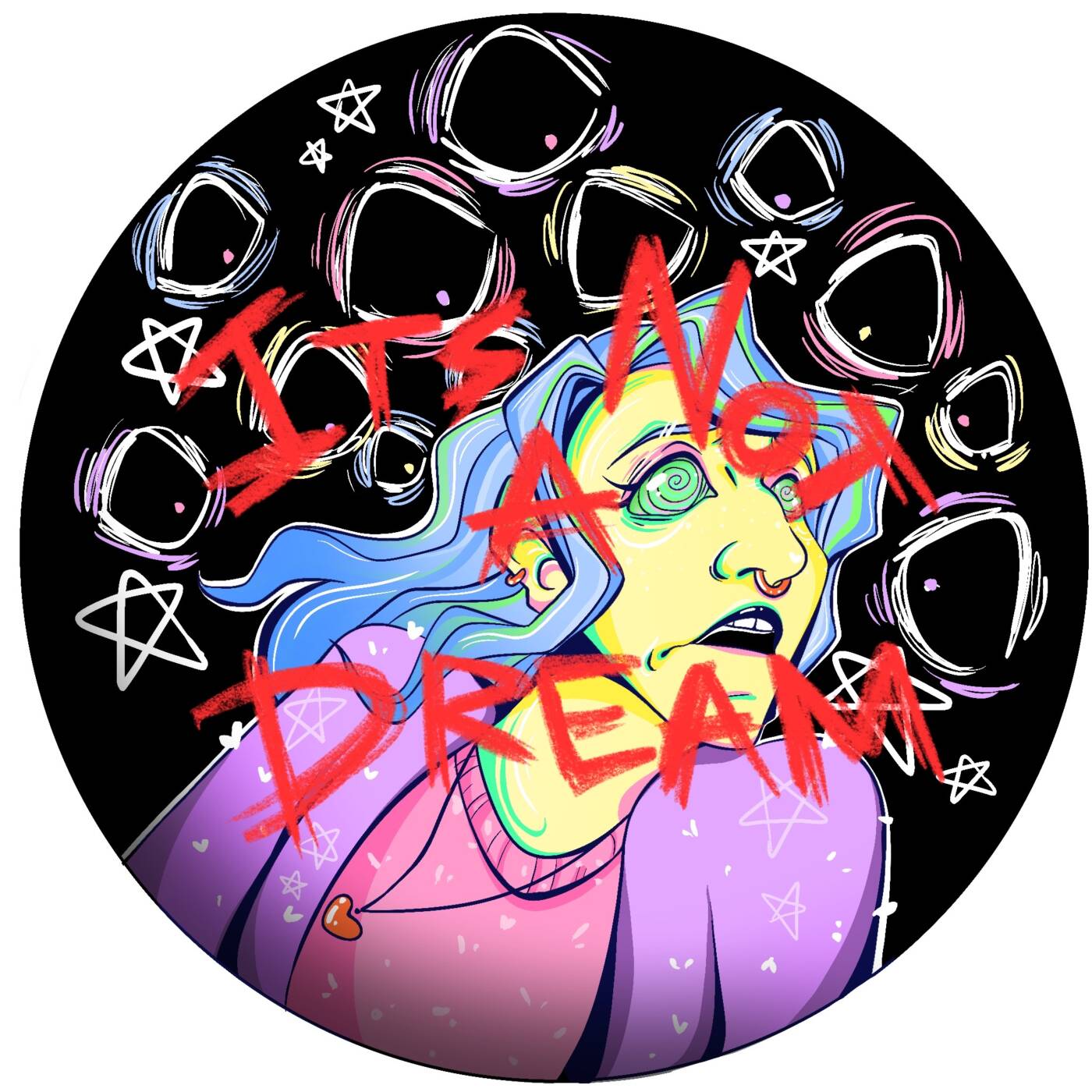



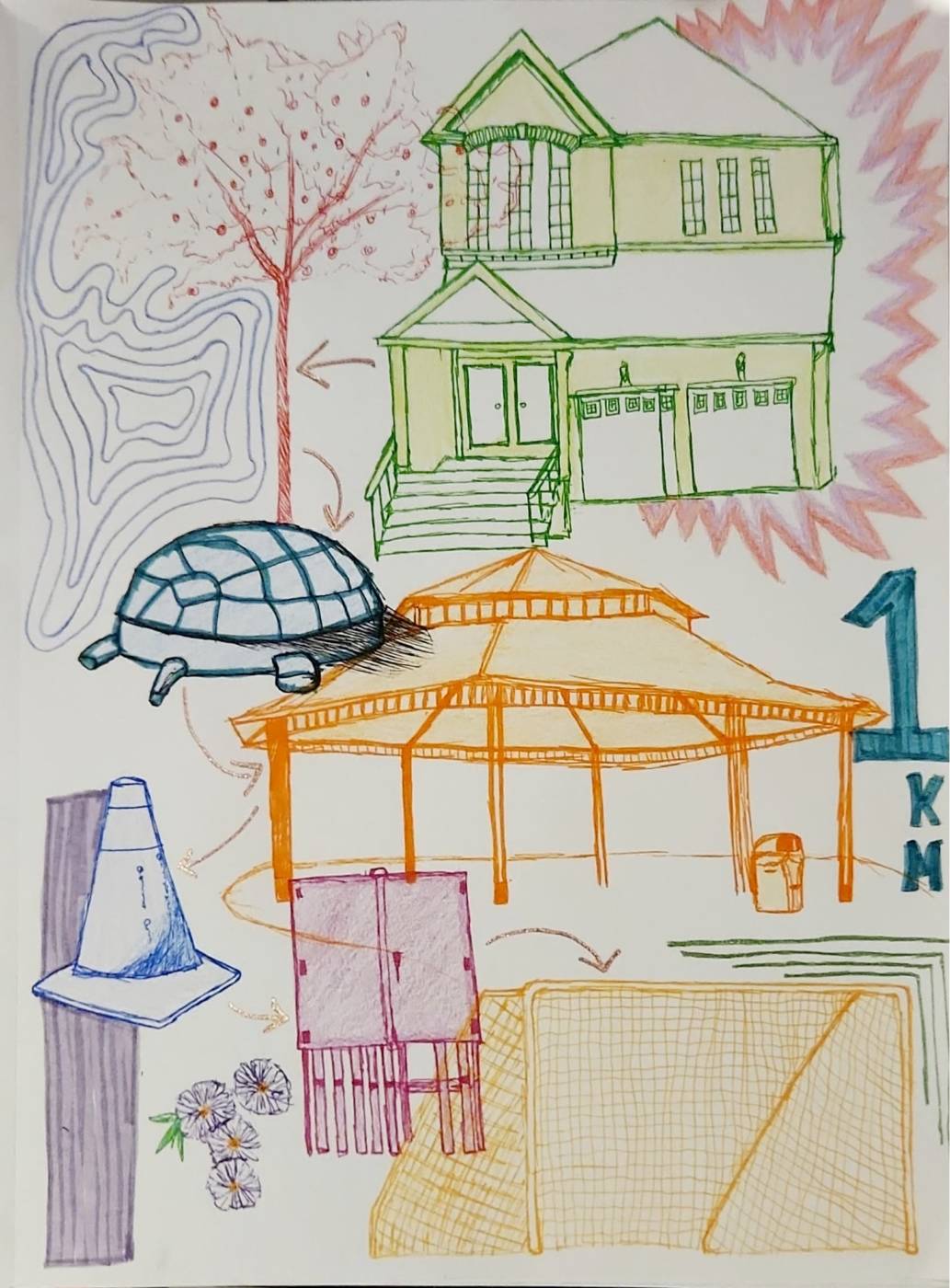
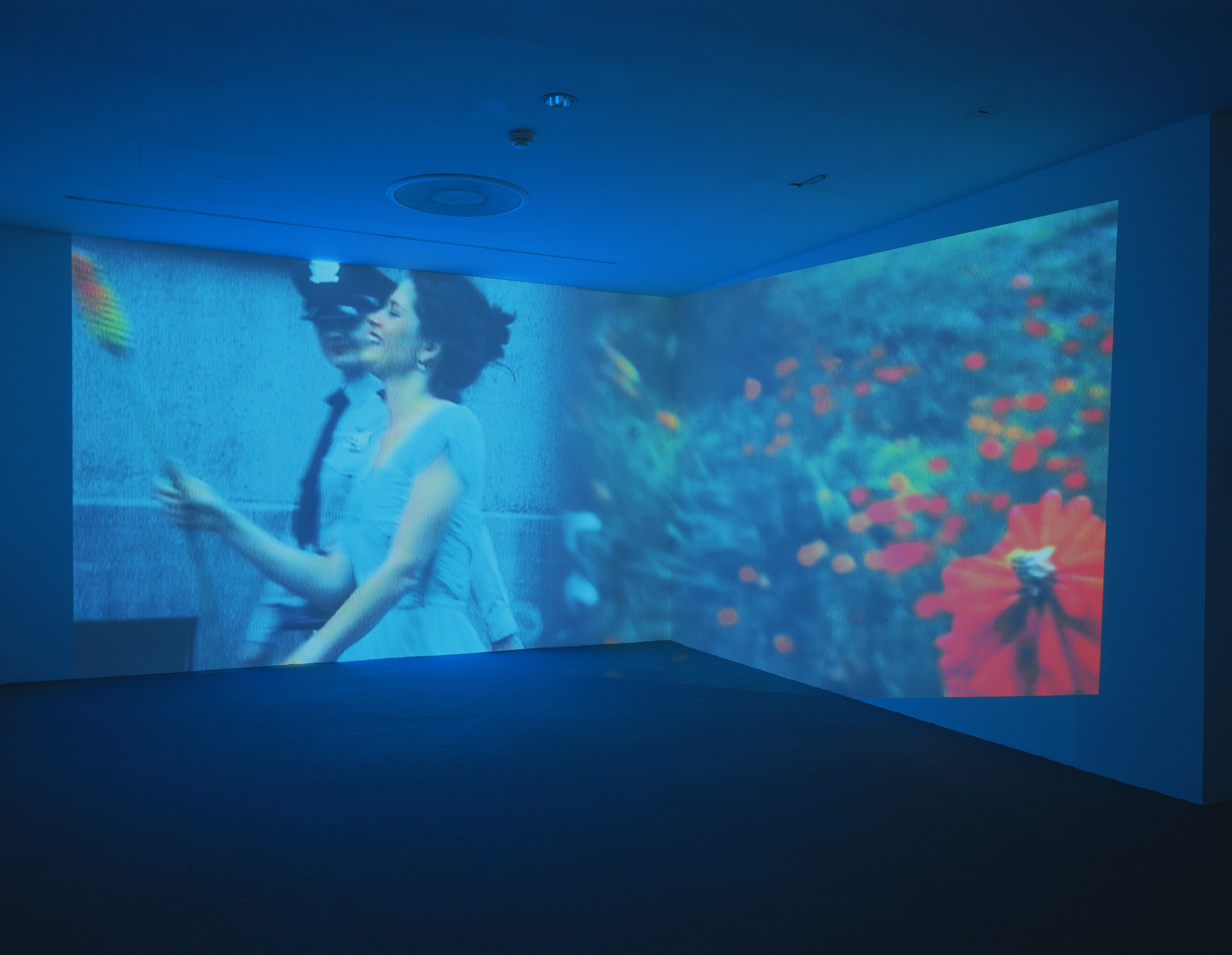


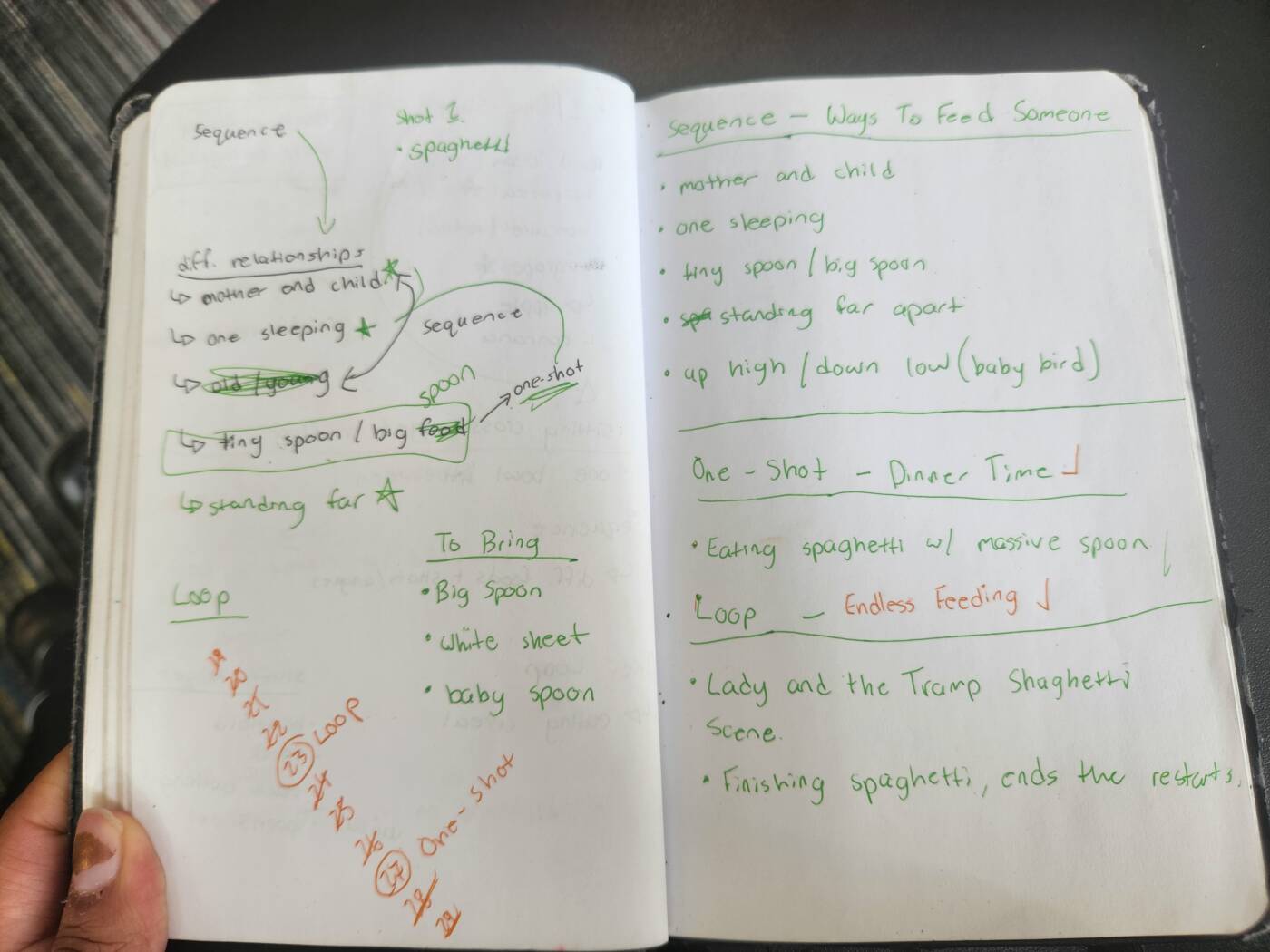

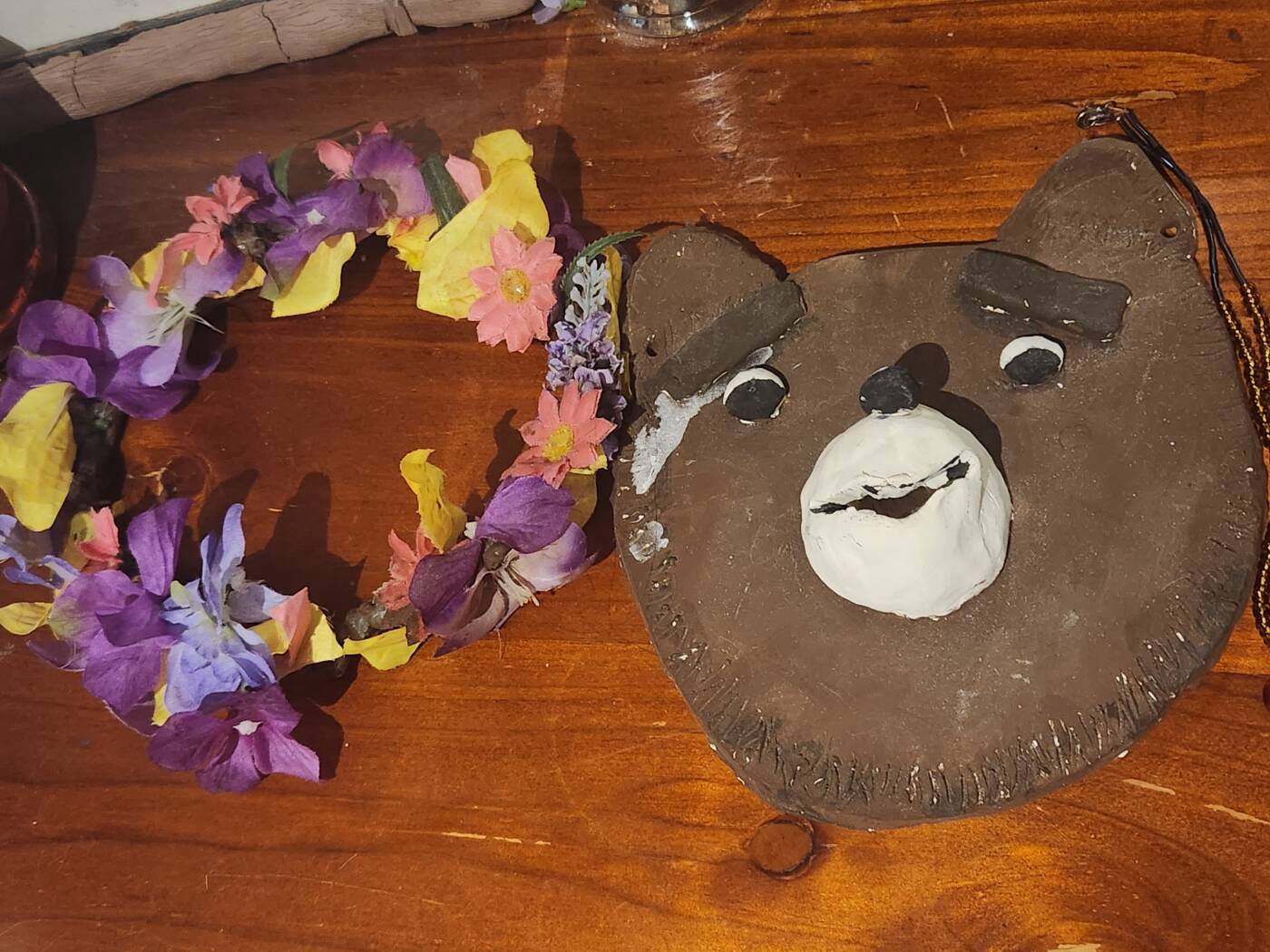
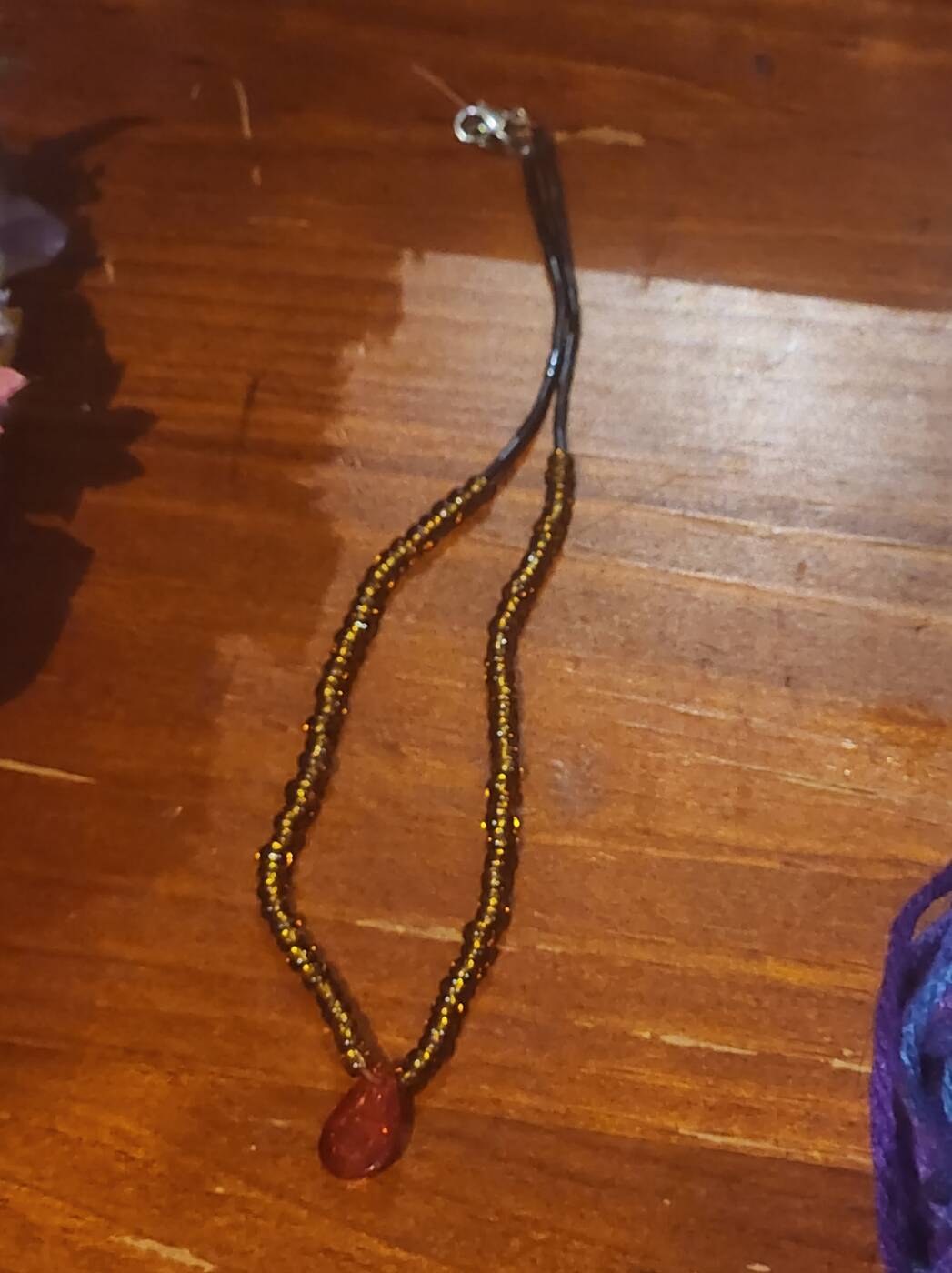
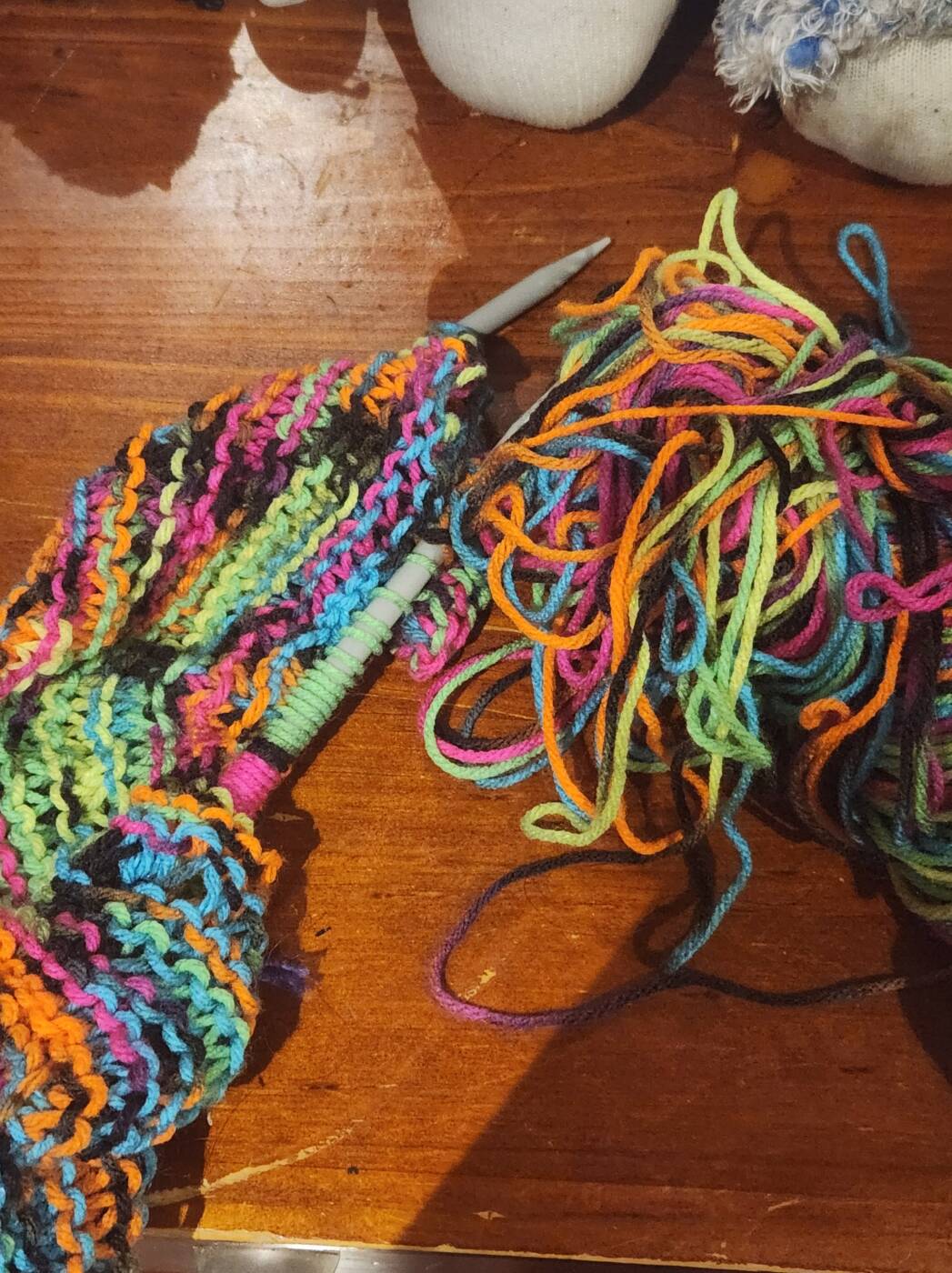
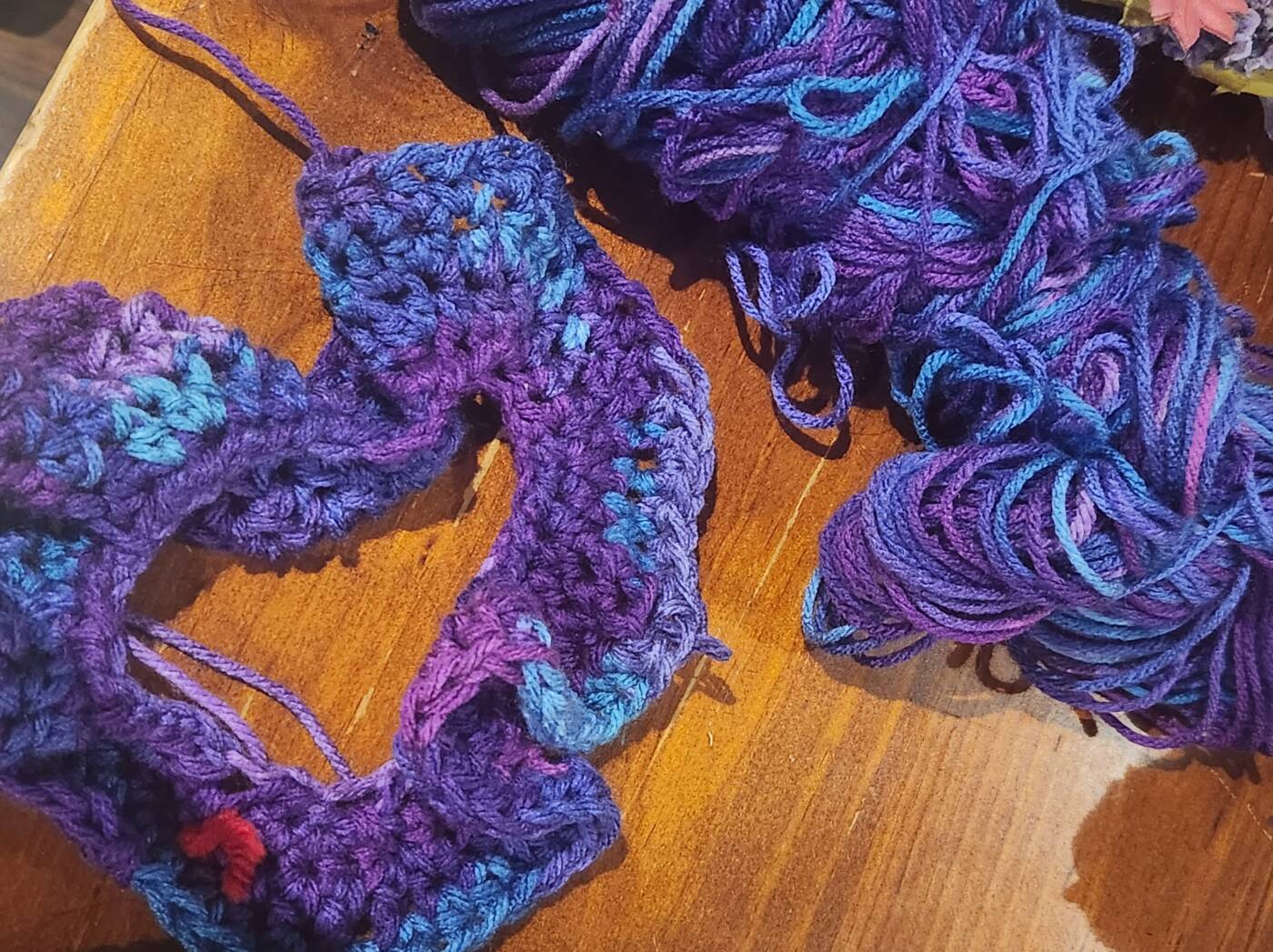
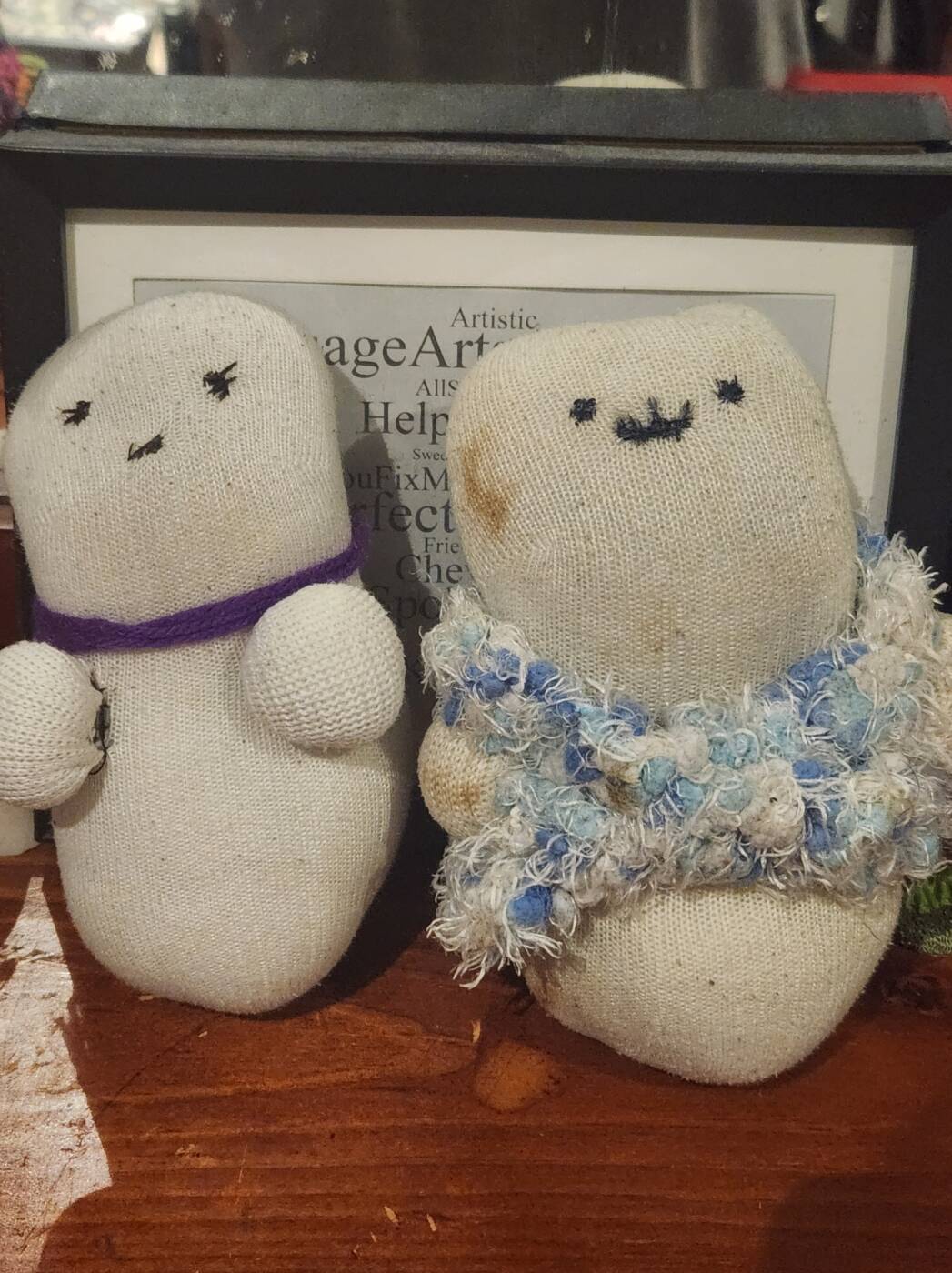

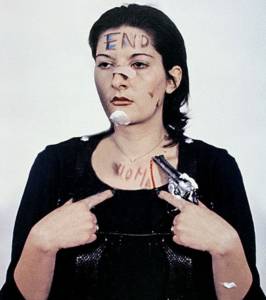
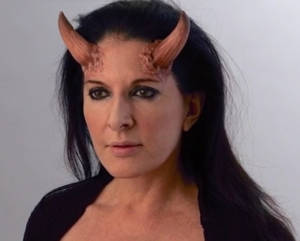
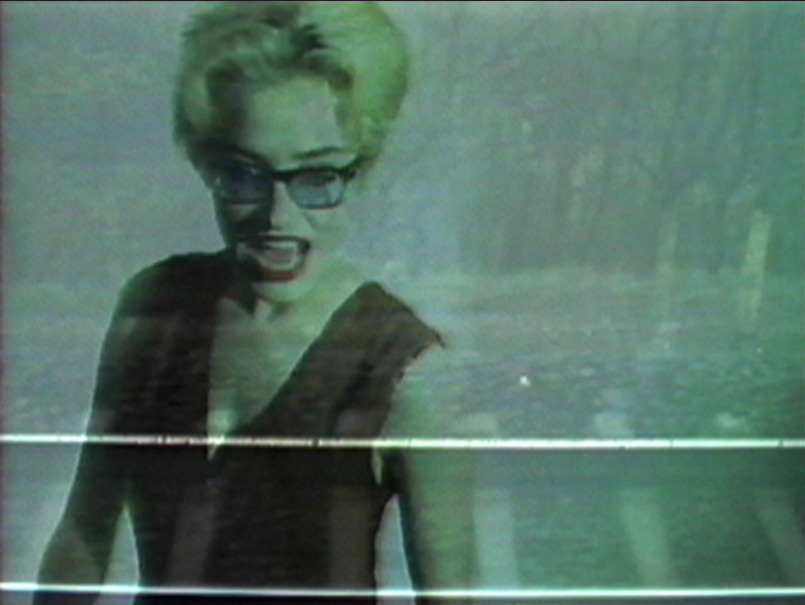
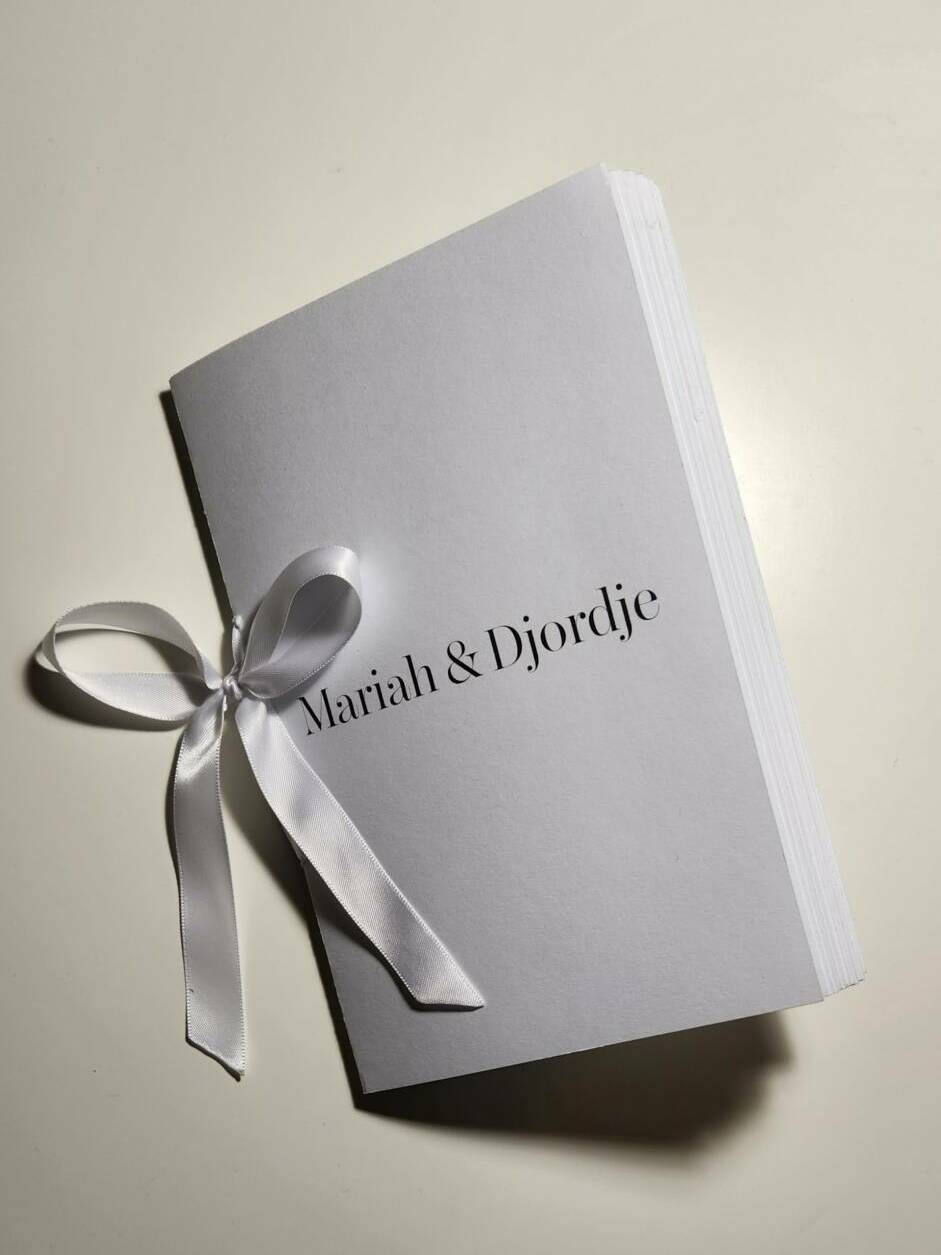
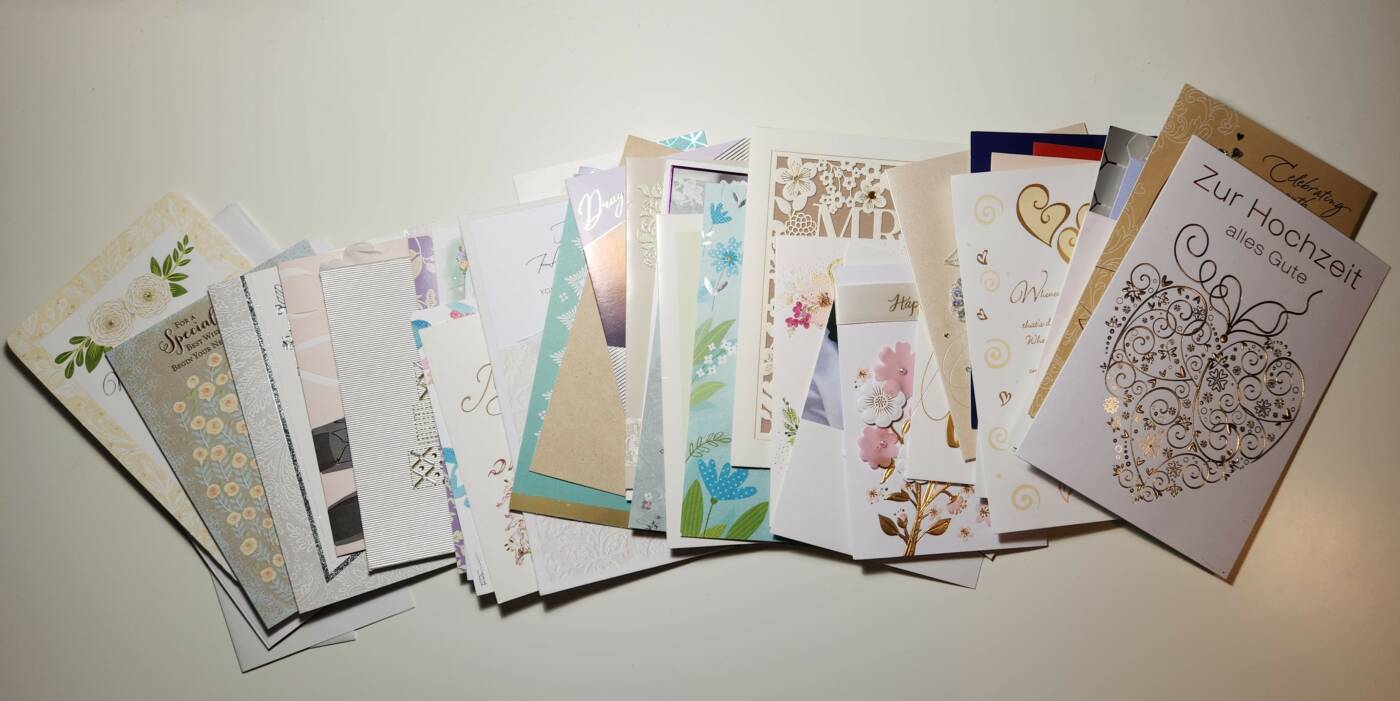
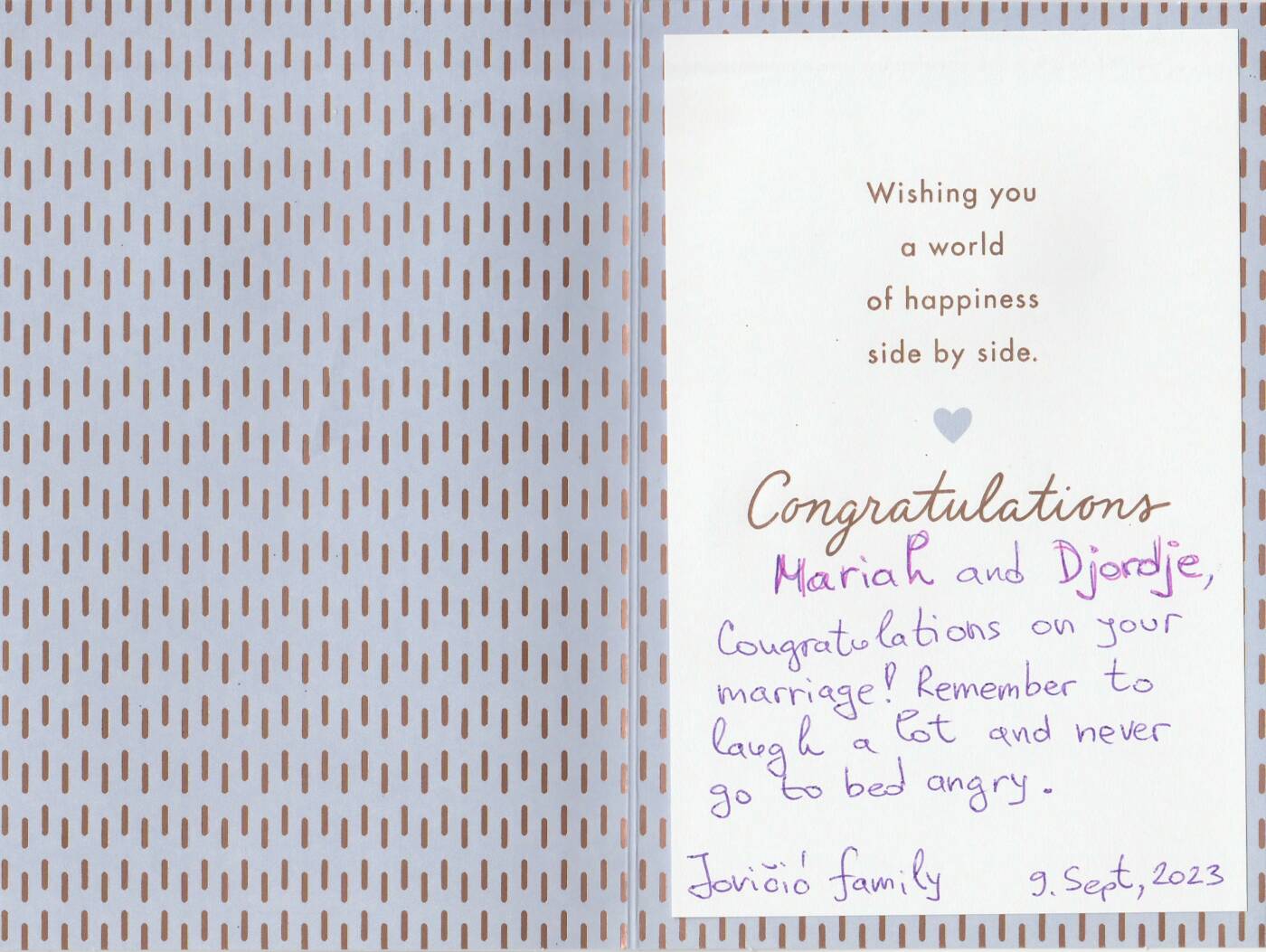








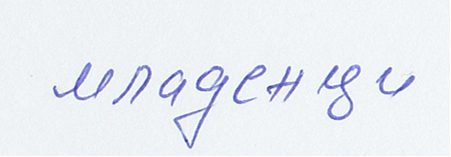







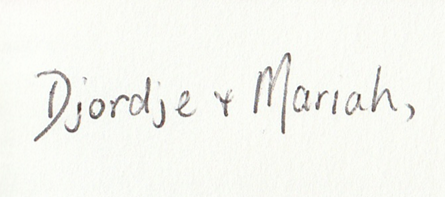

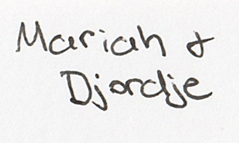
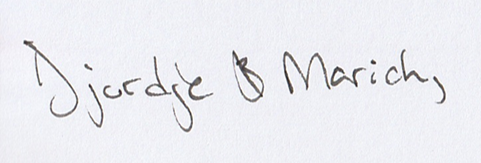
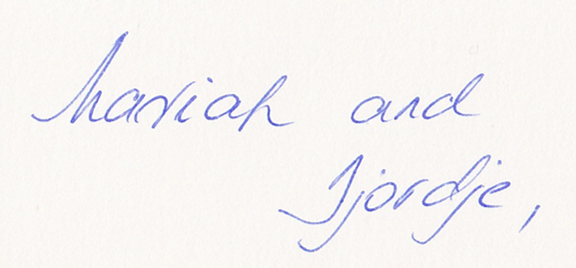

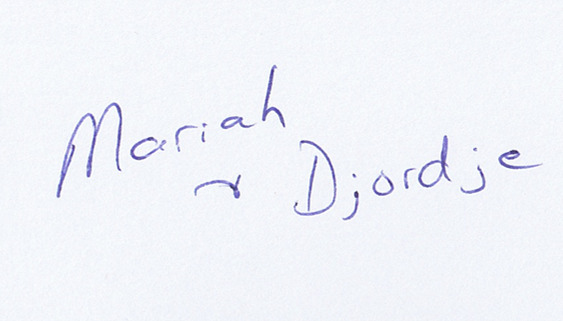
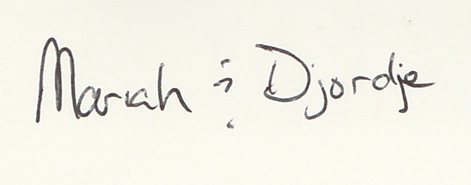


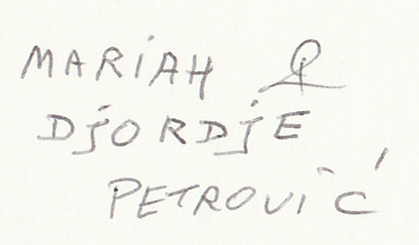





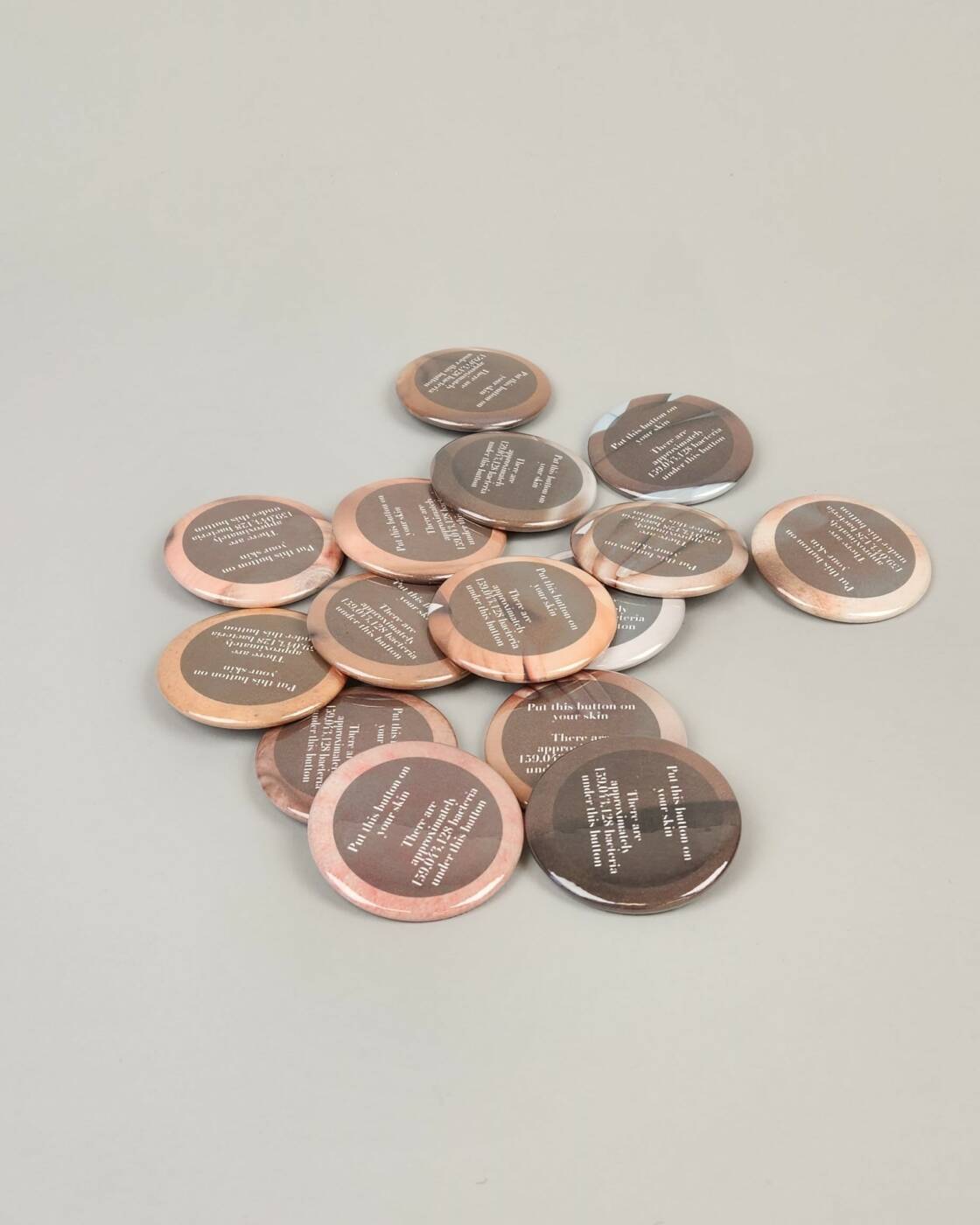
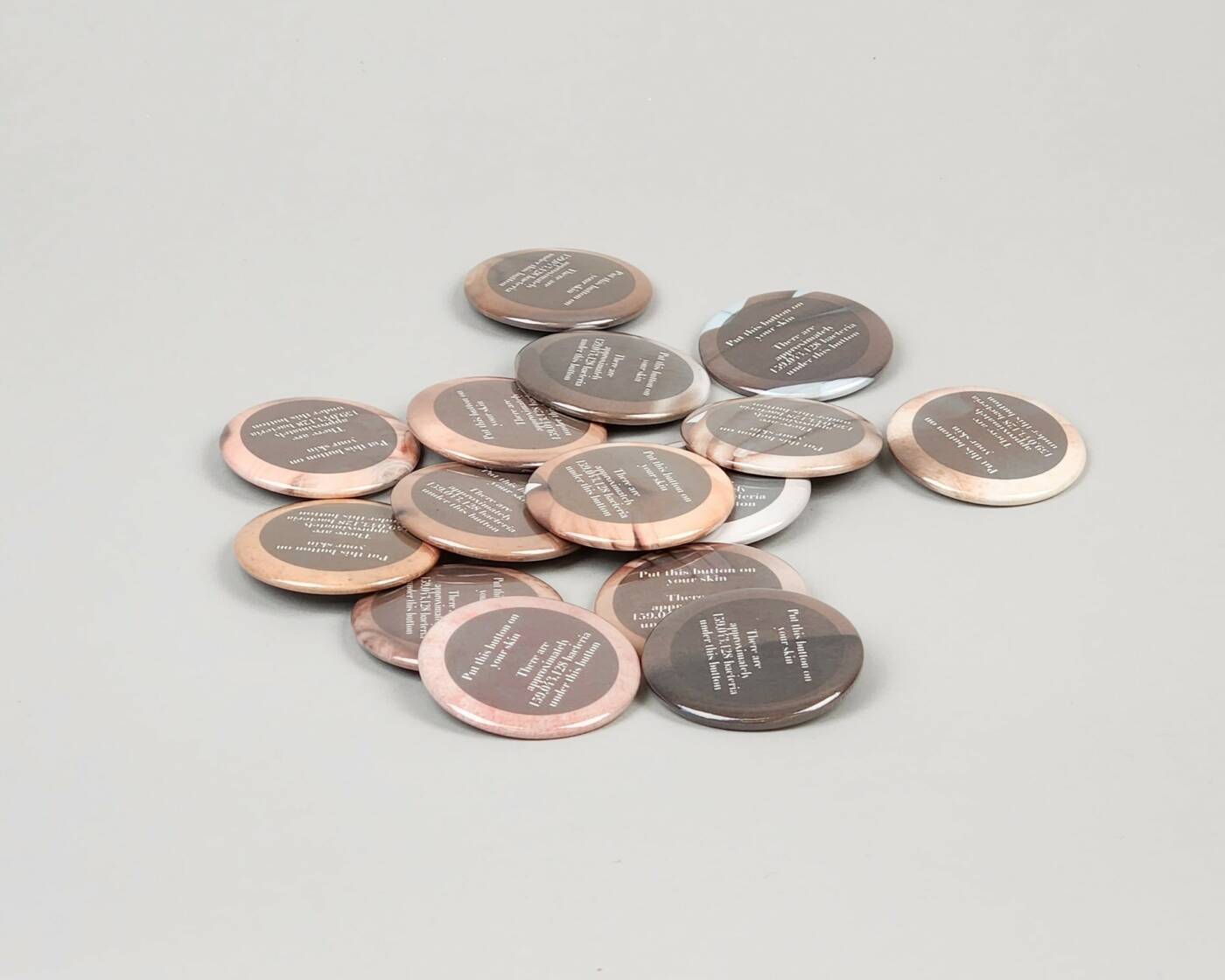
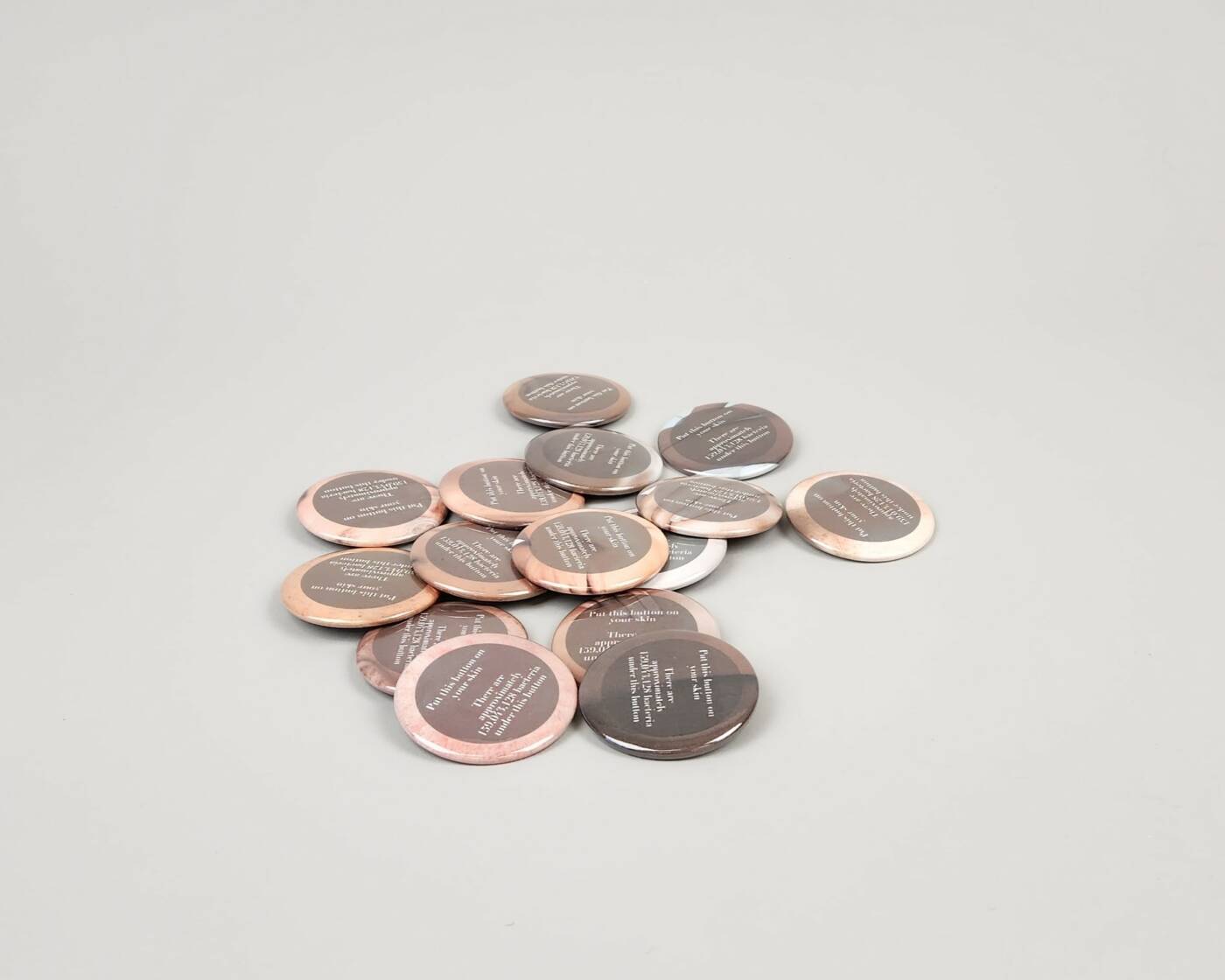
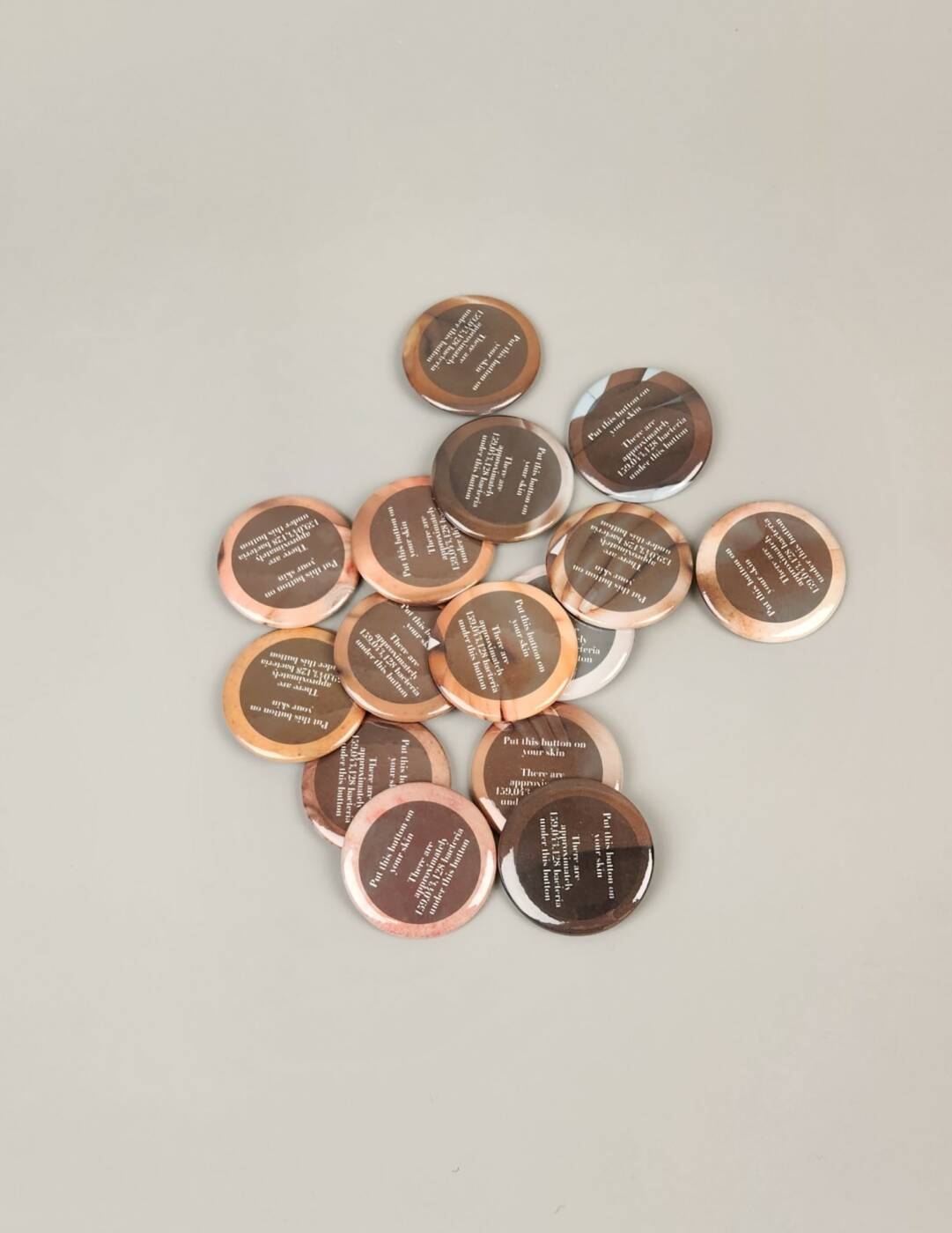
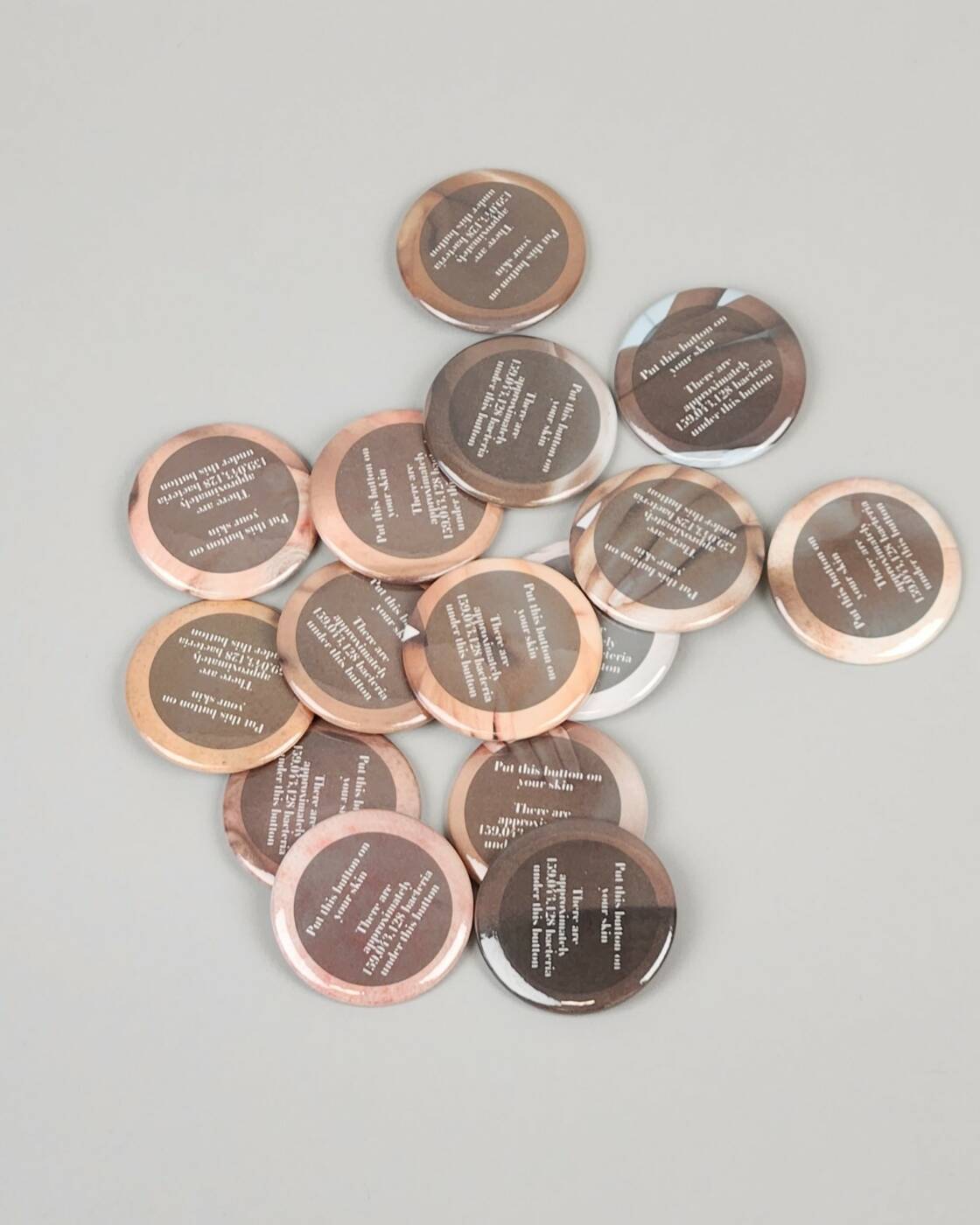


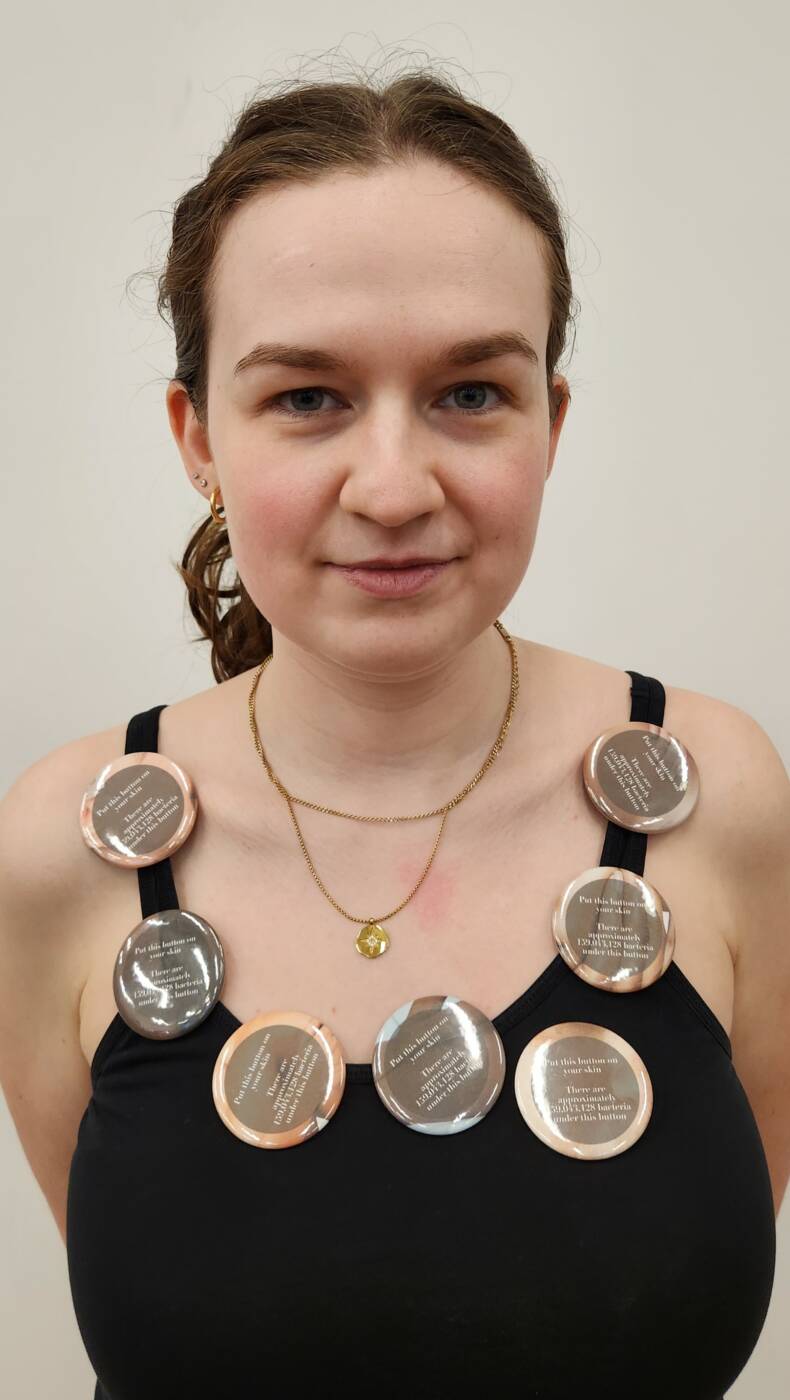
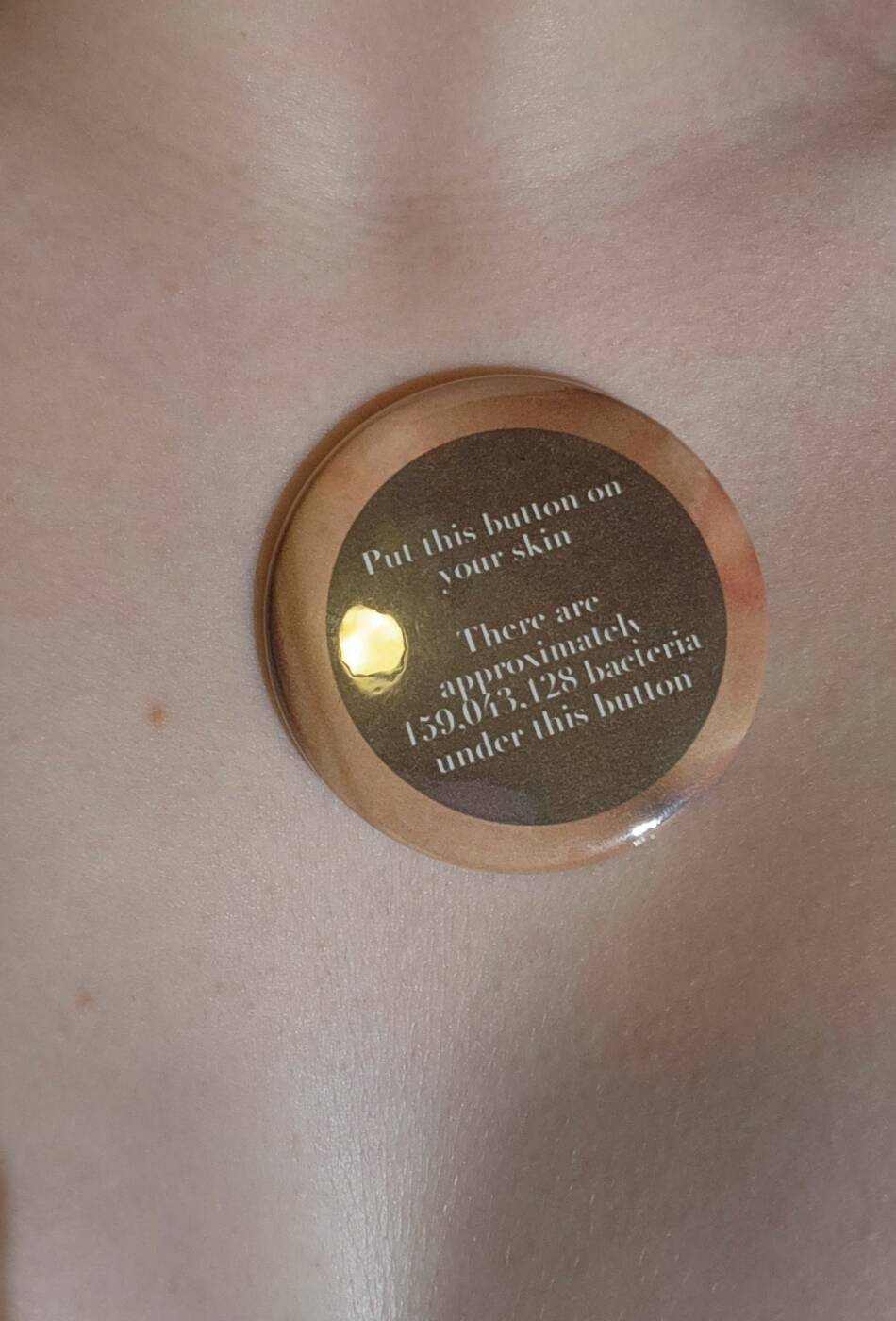
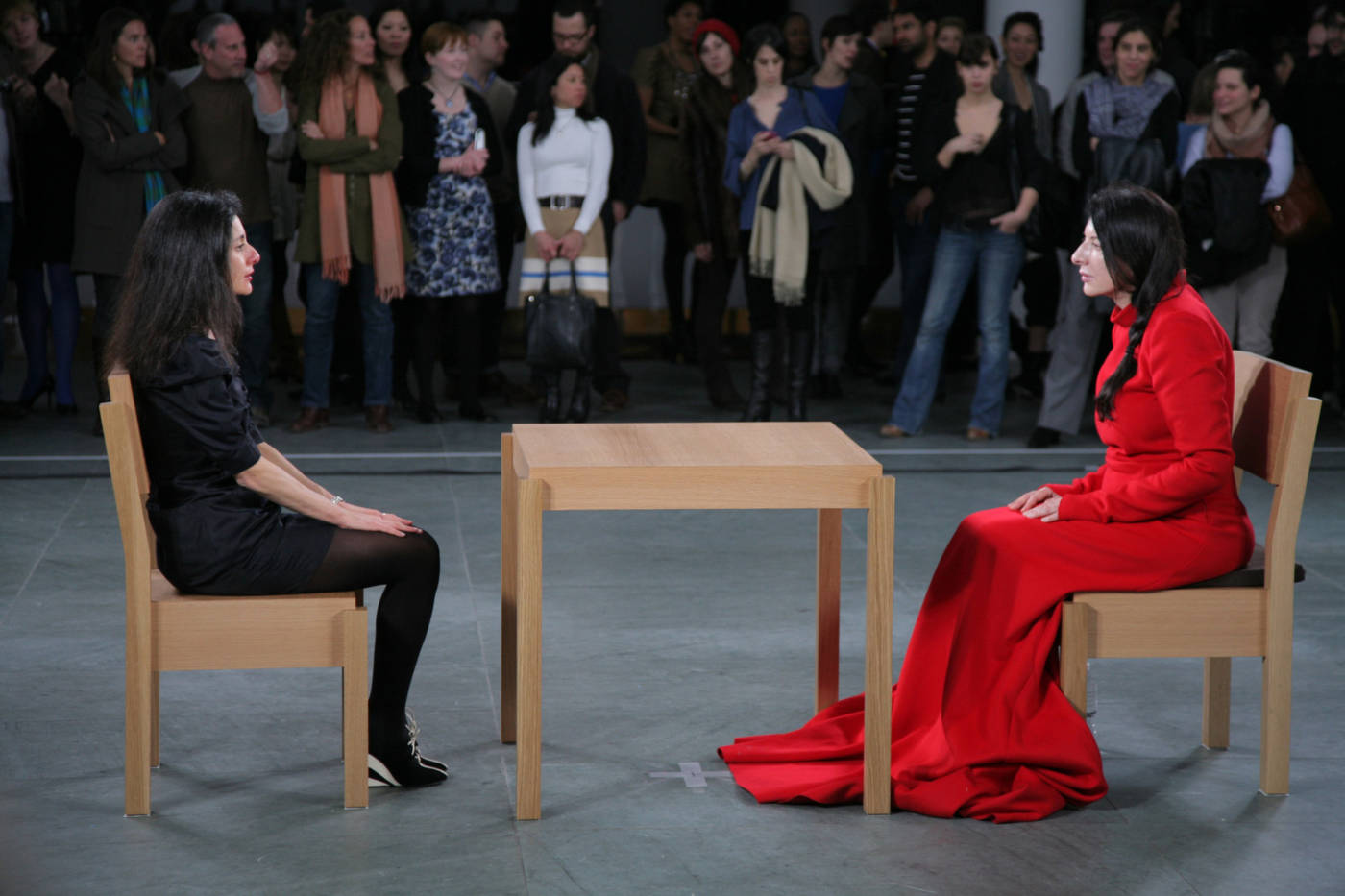
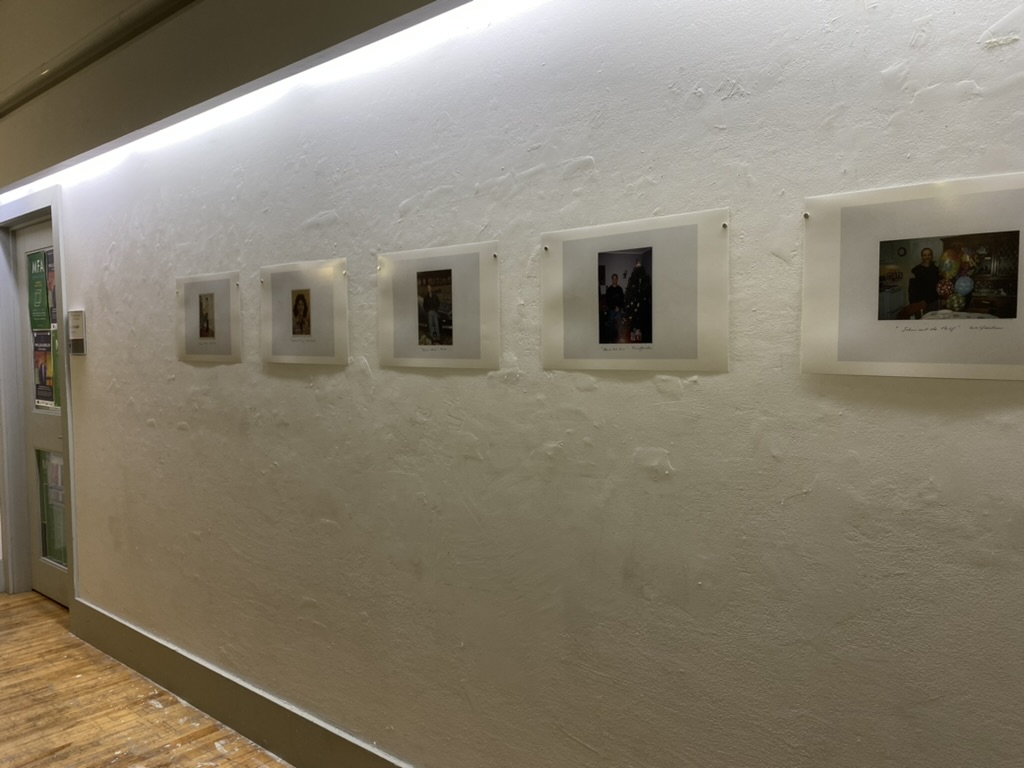
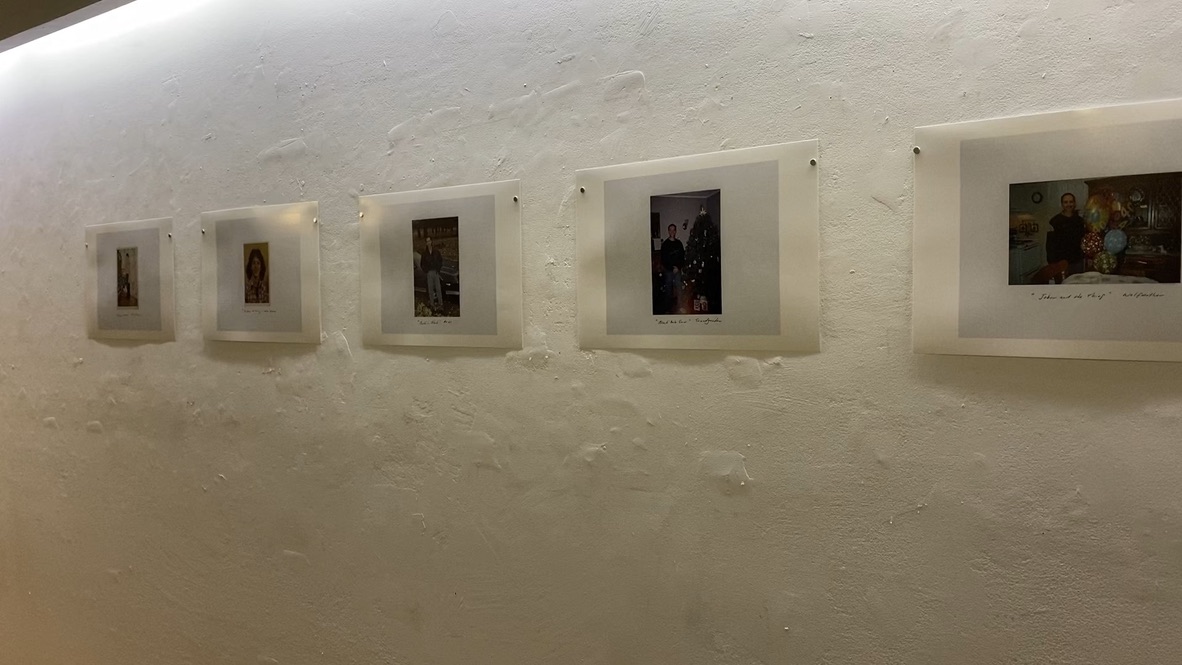
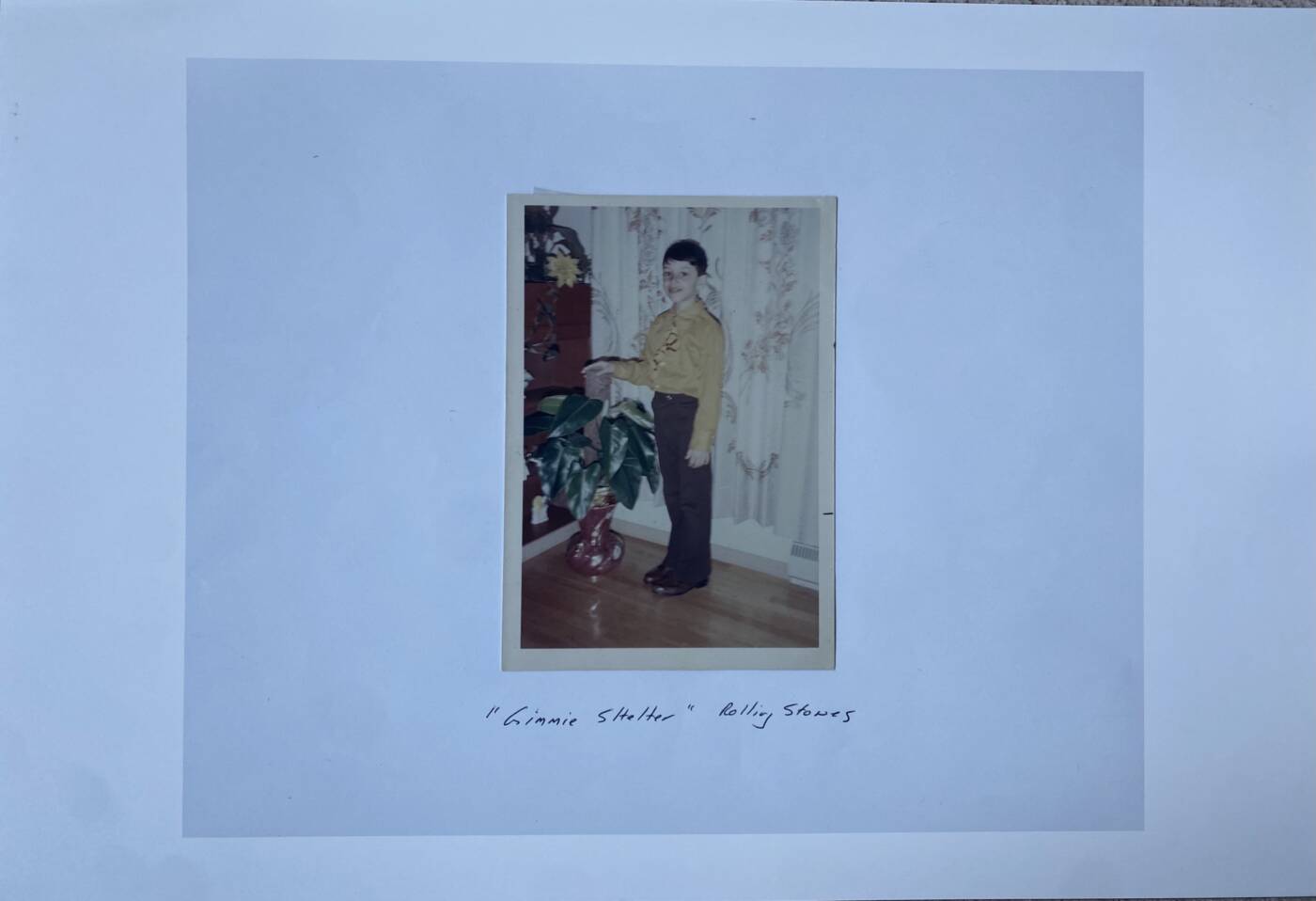
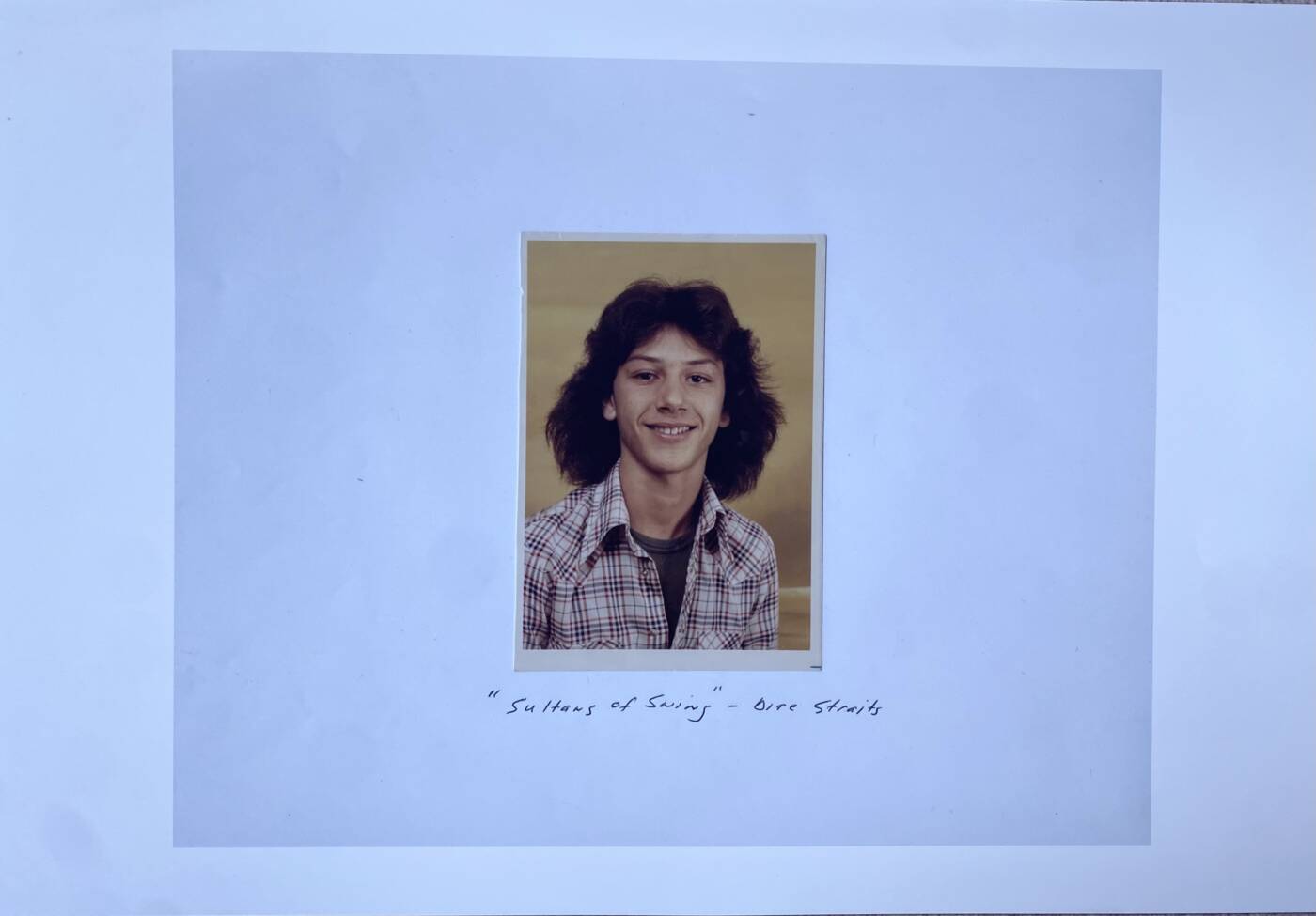
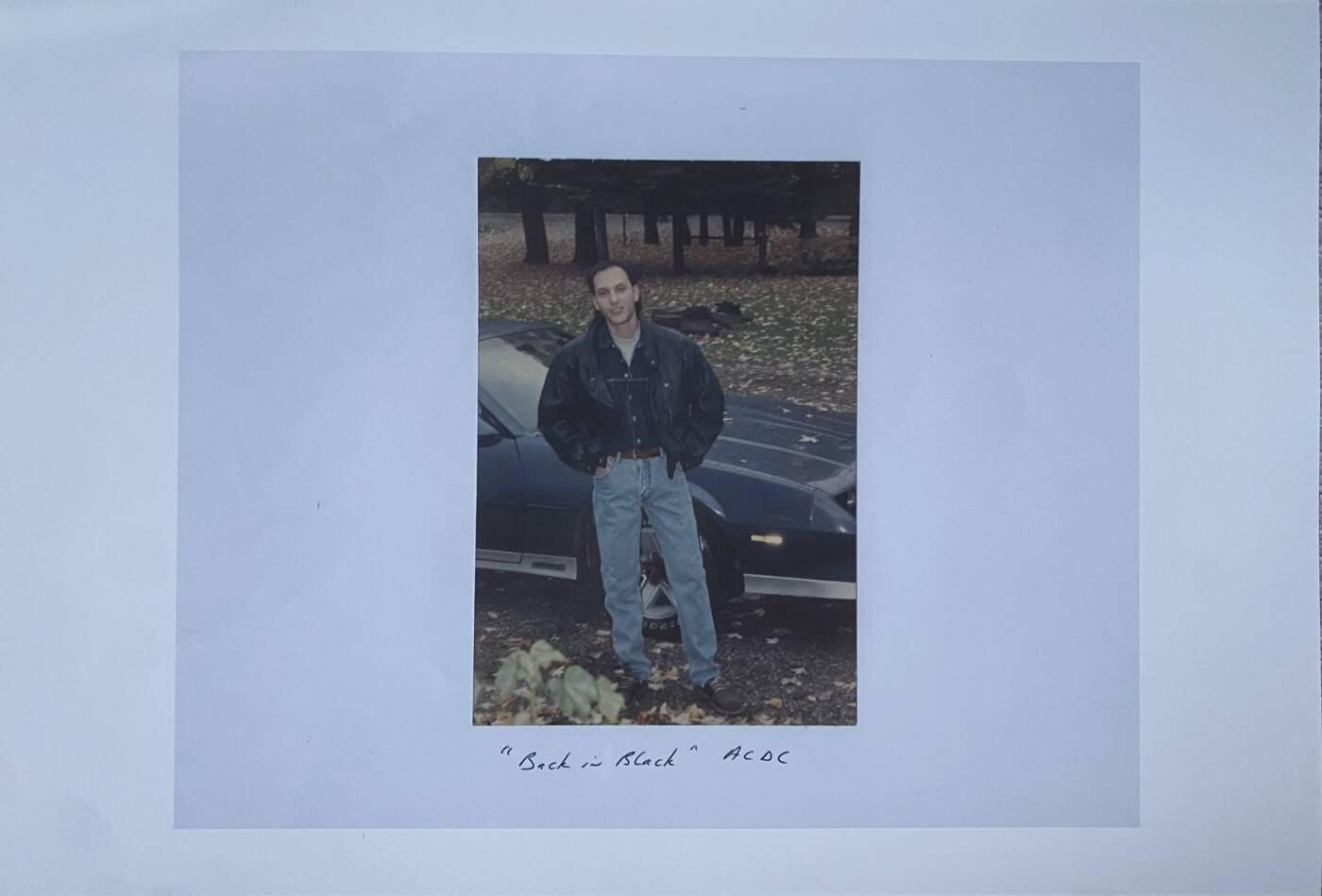
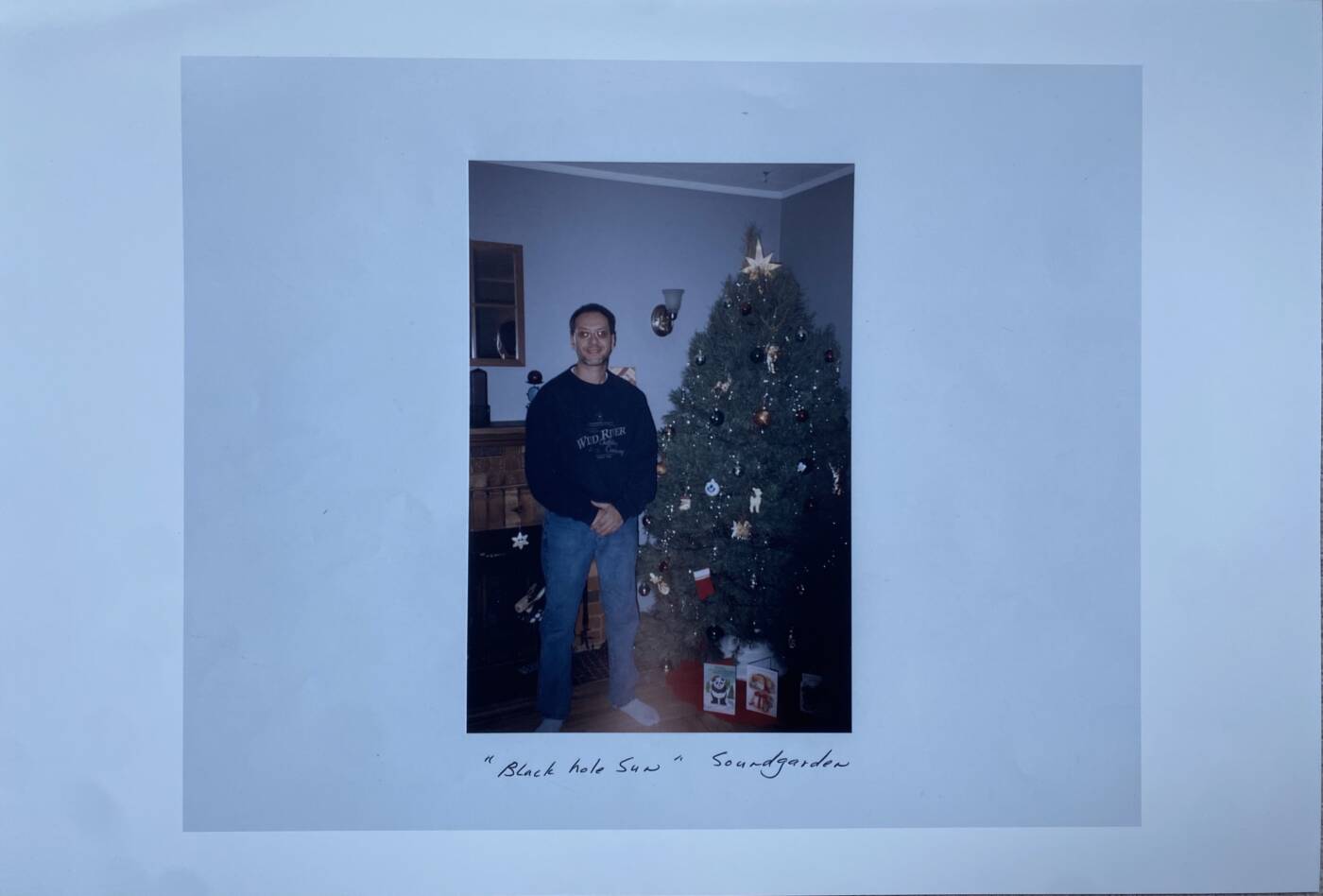
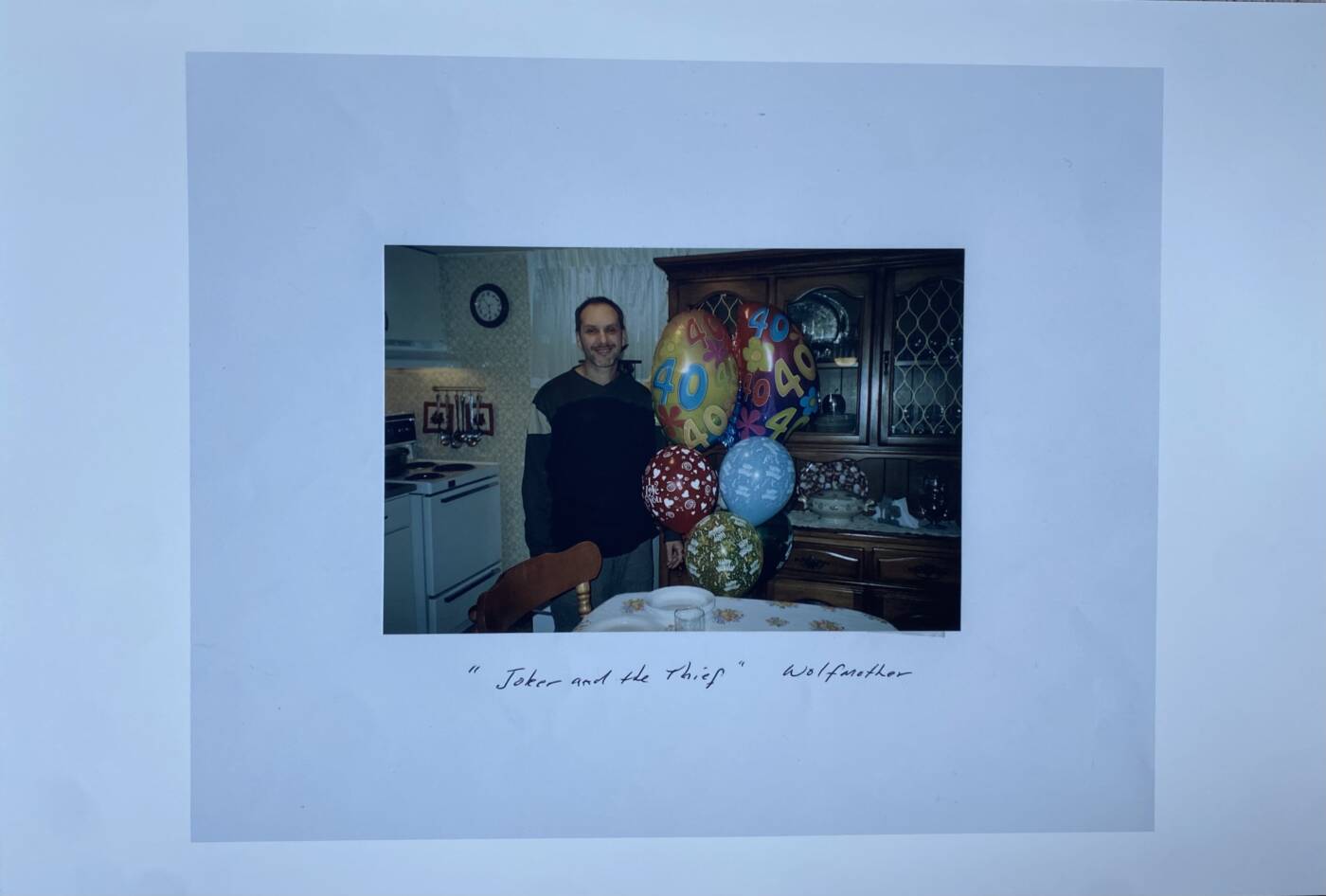
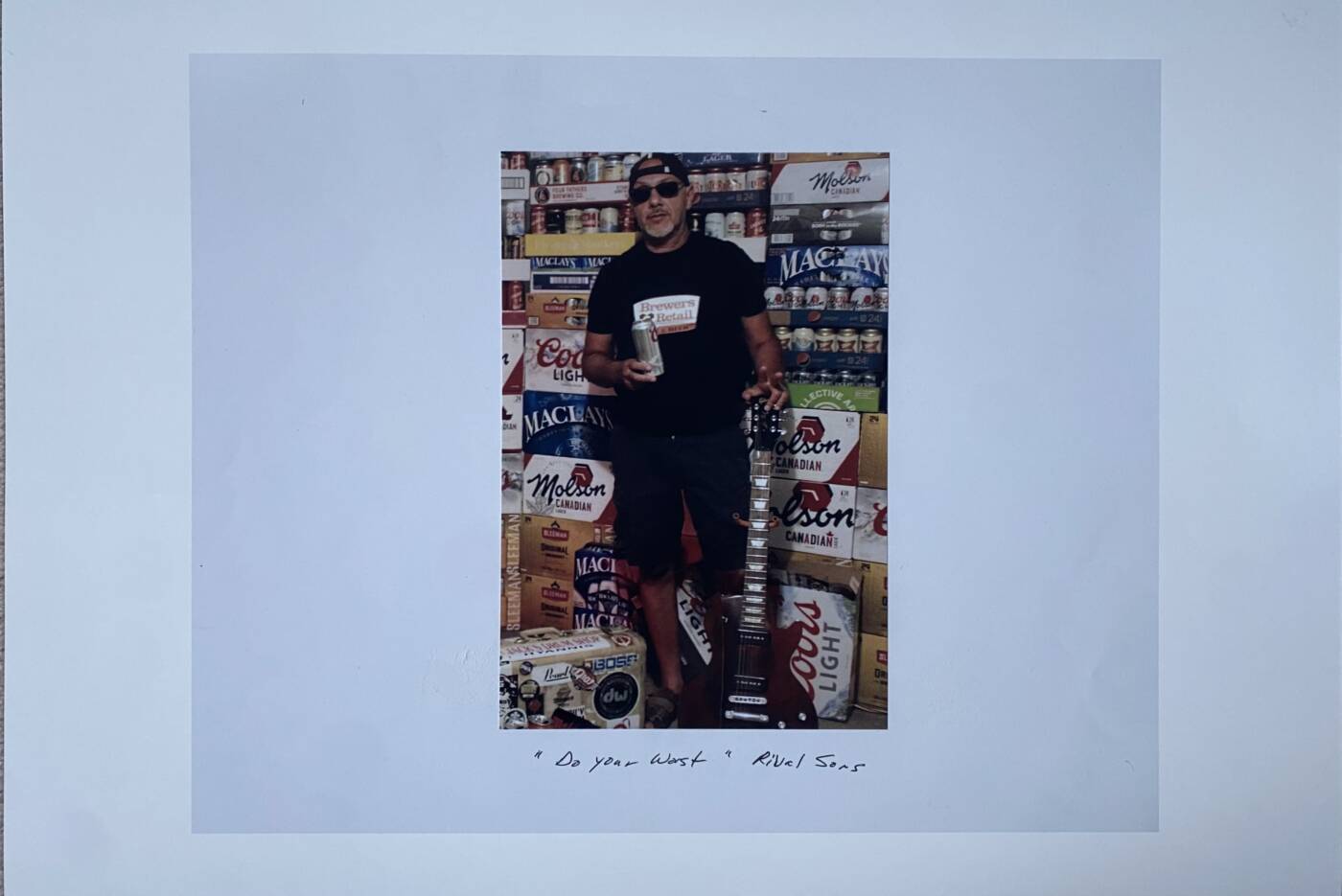
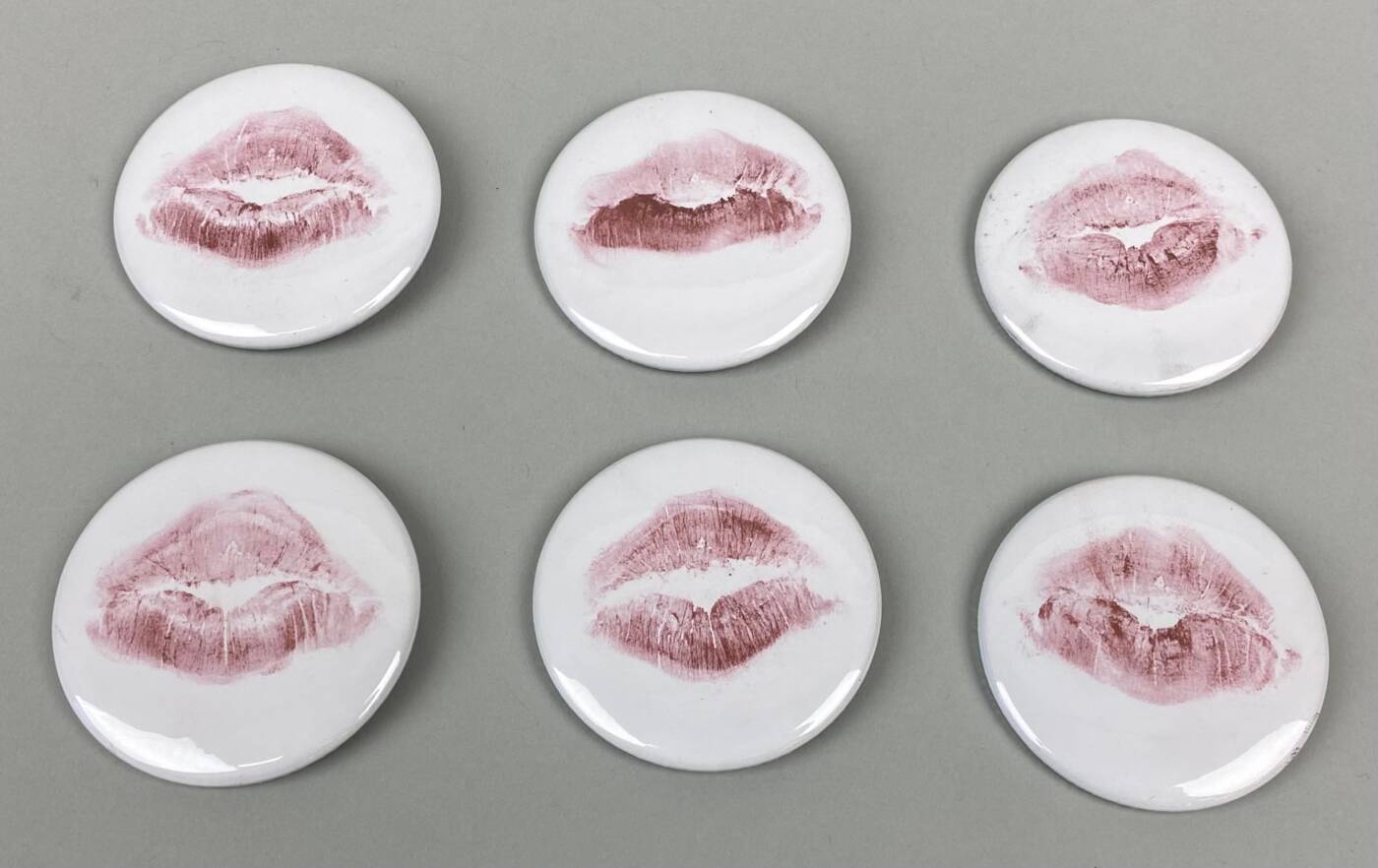
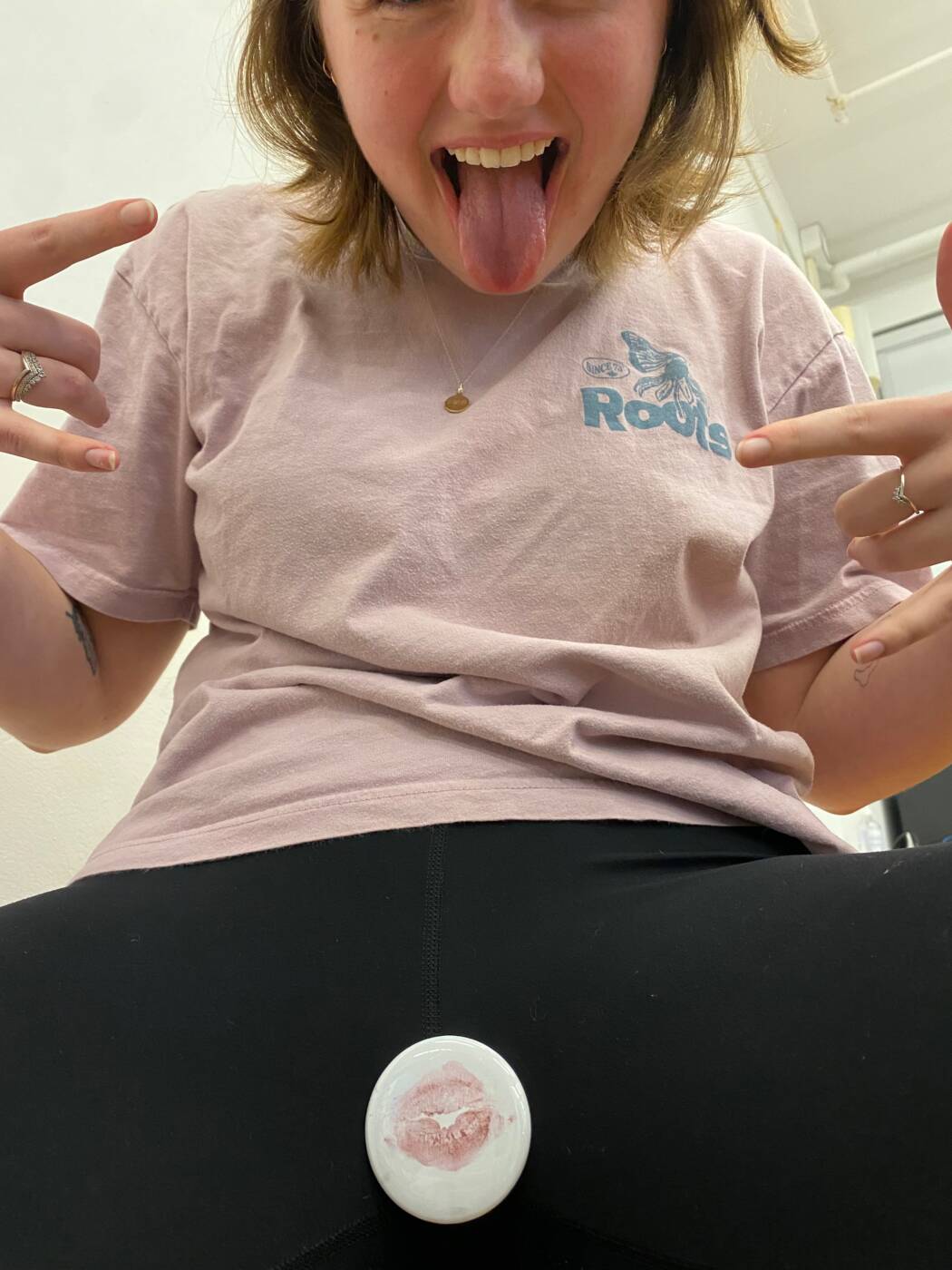
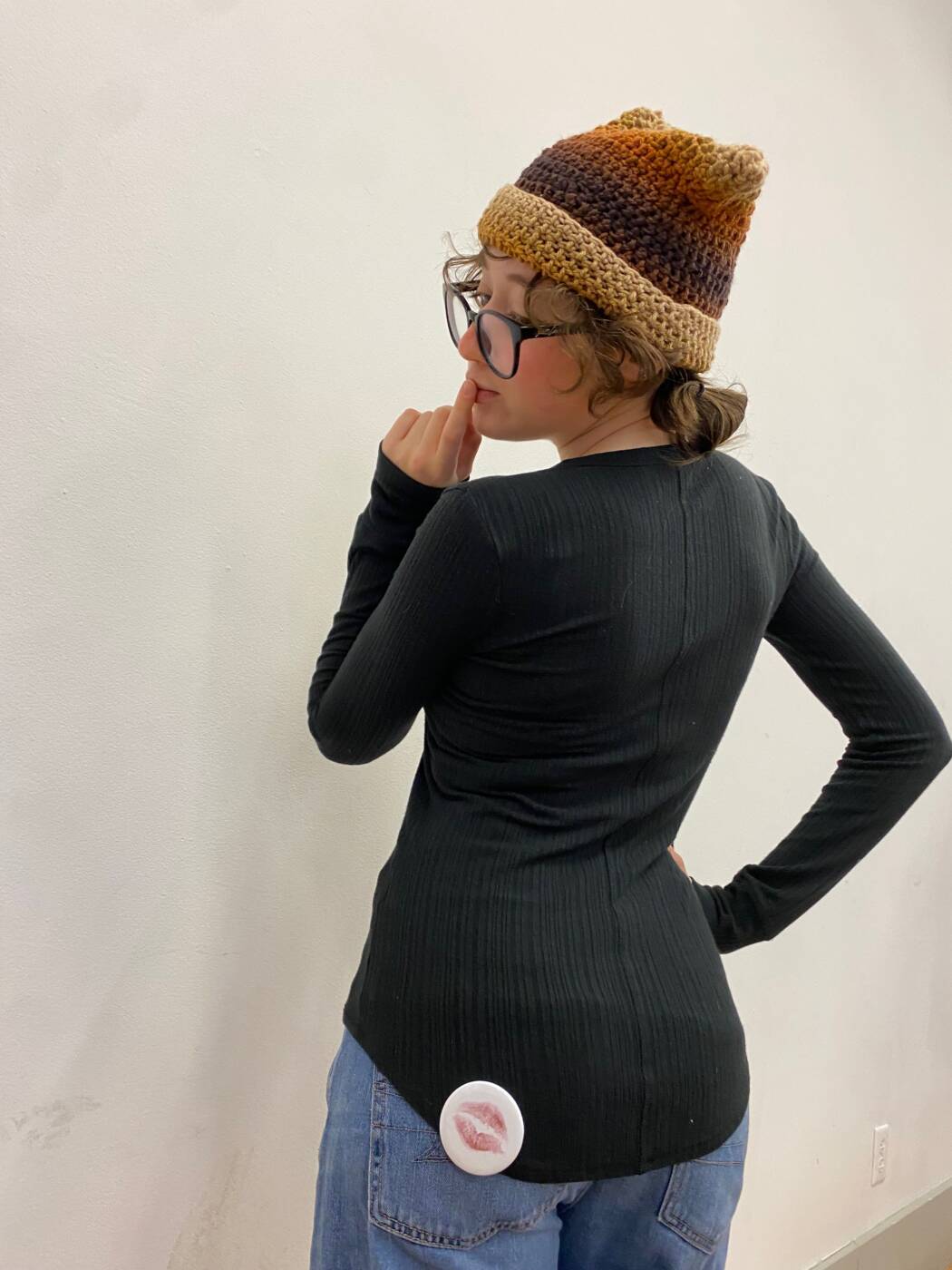
You must be logged in to post a comment.